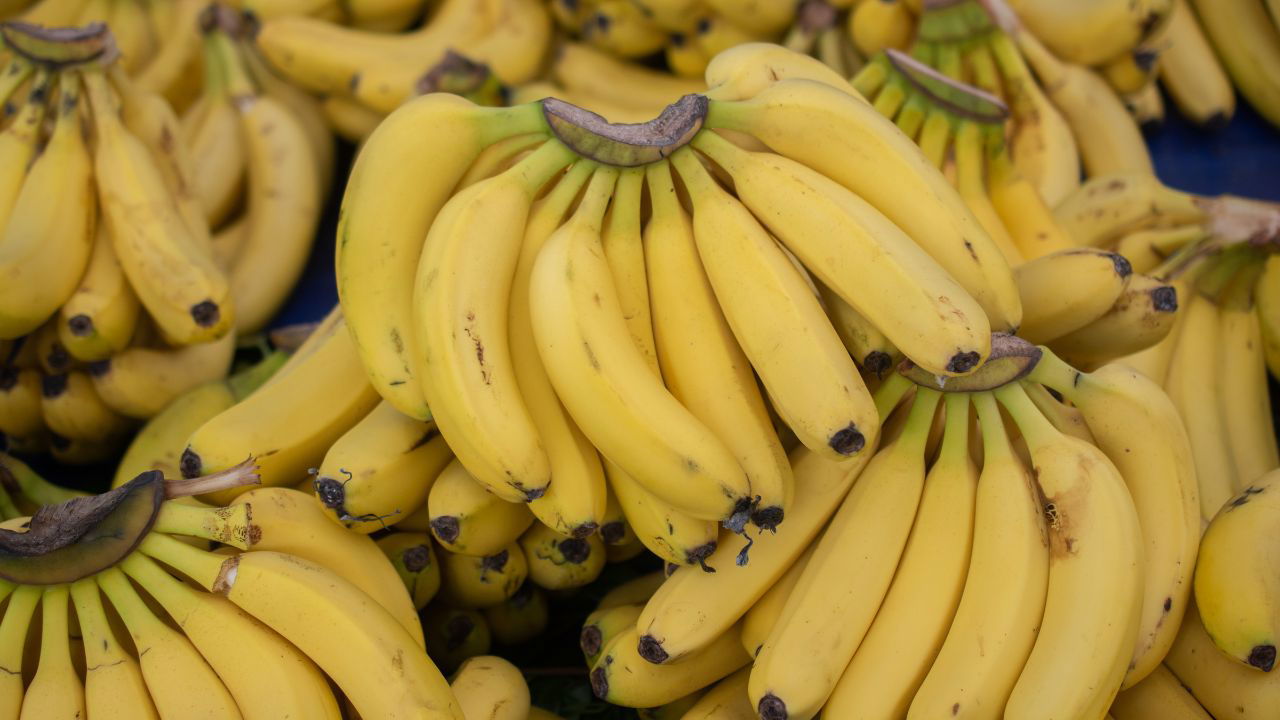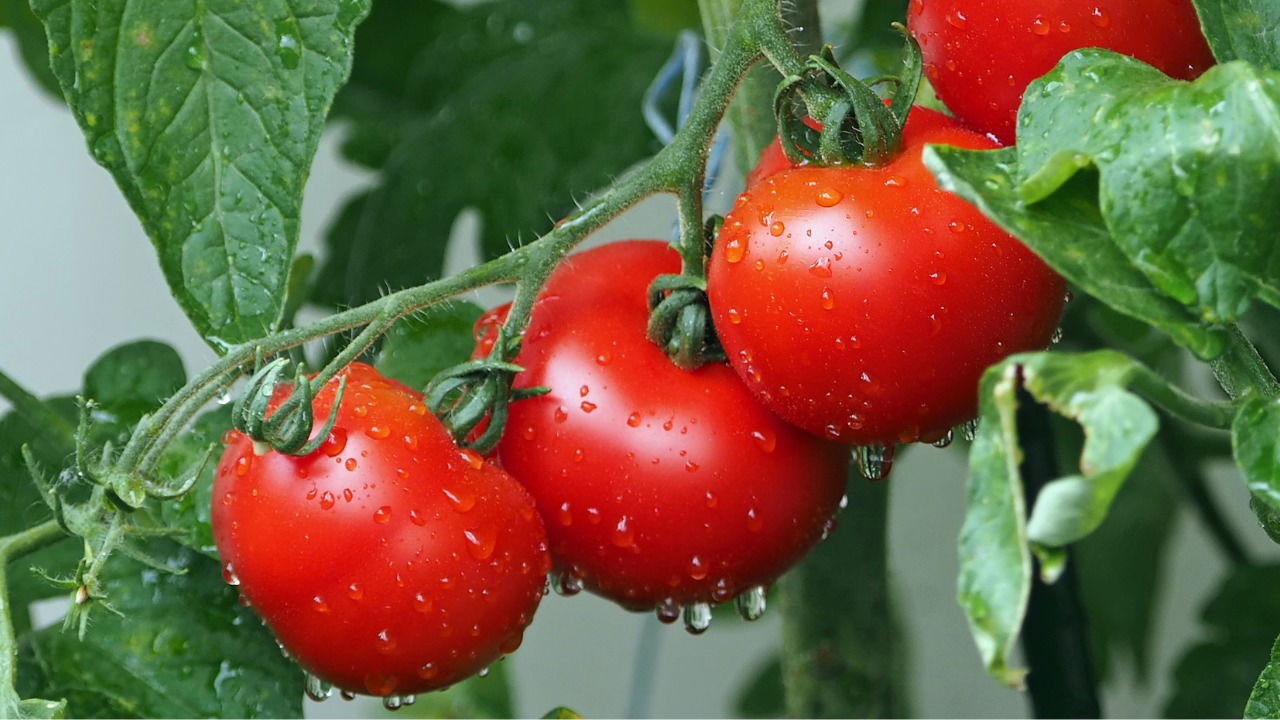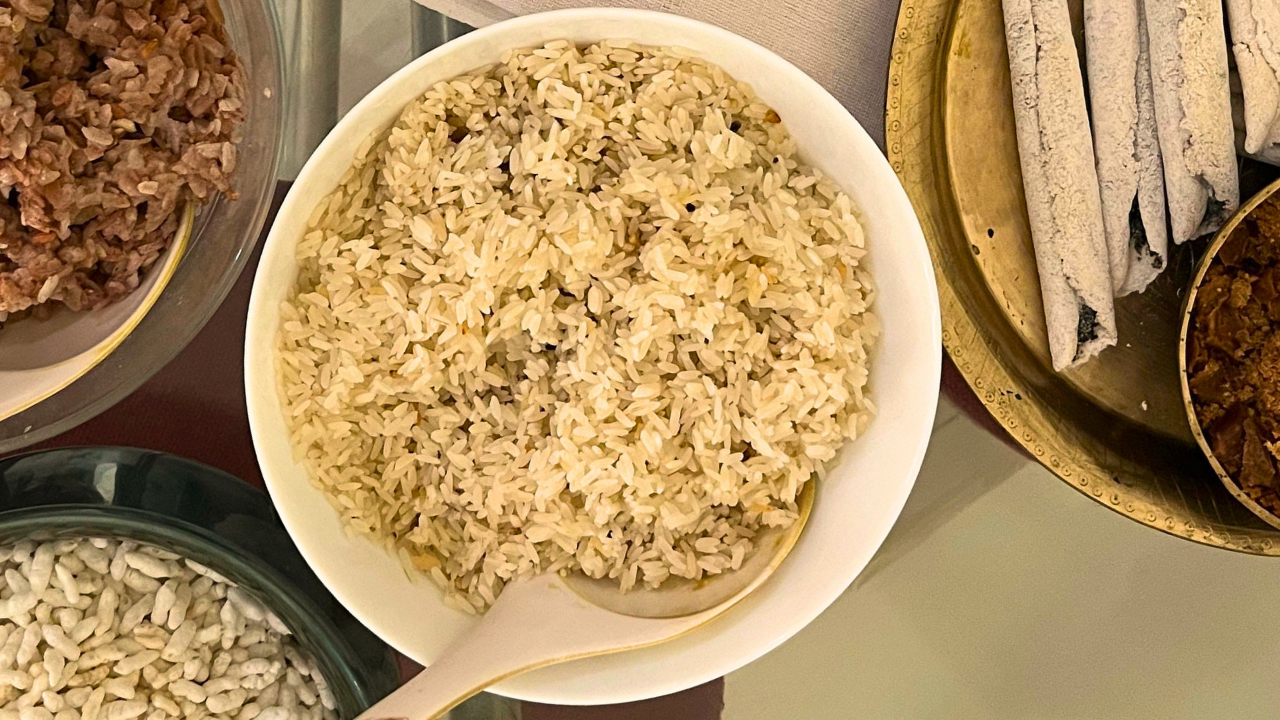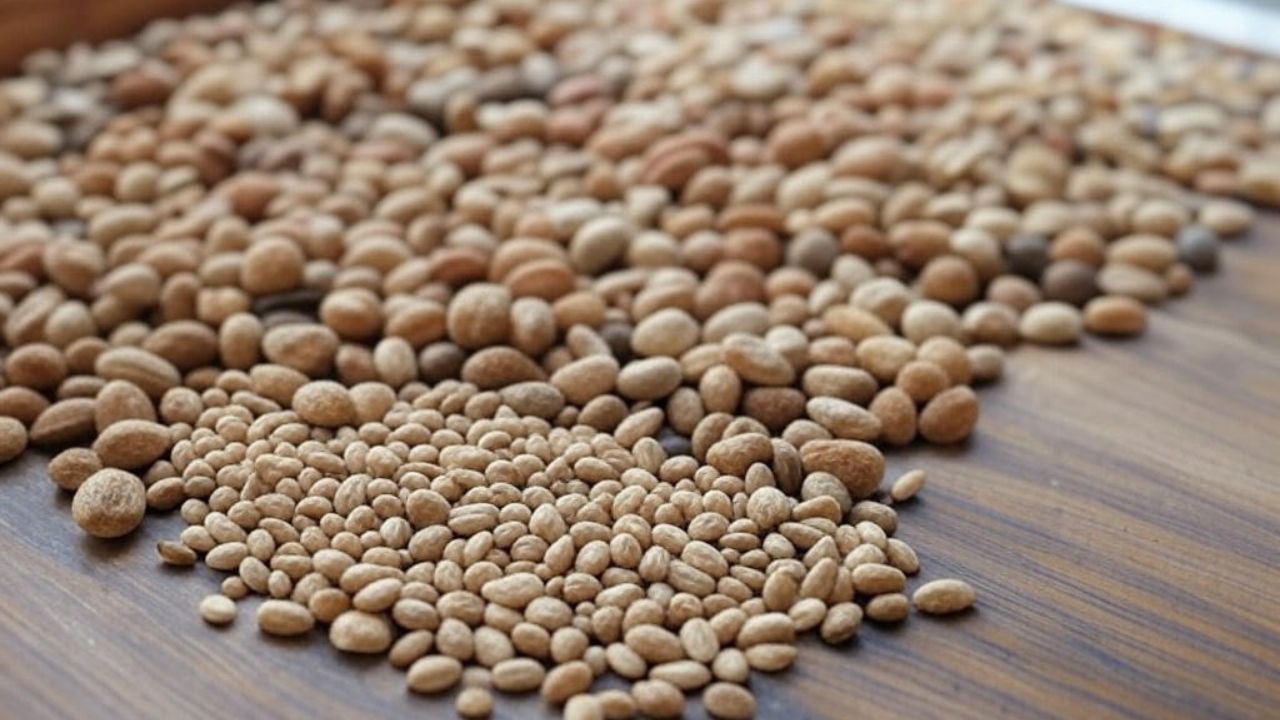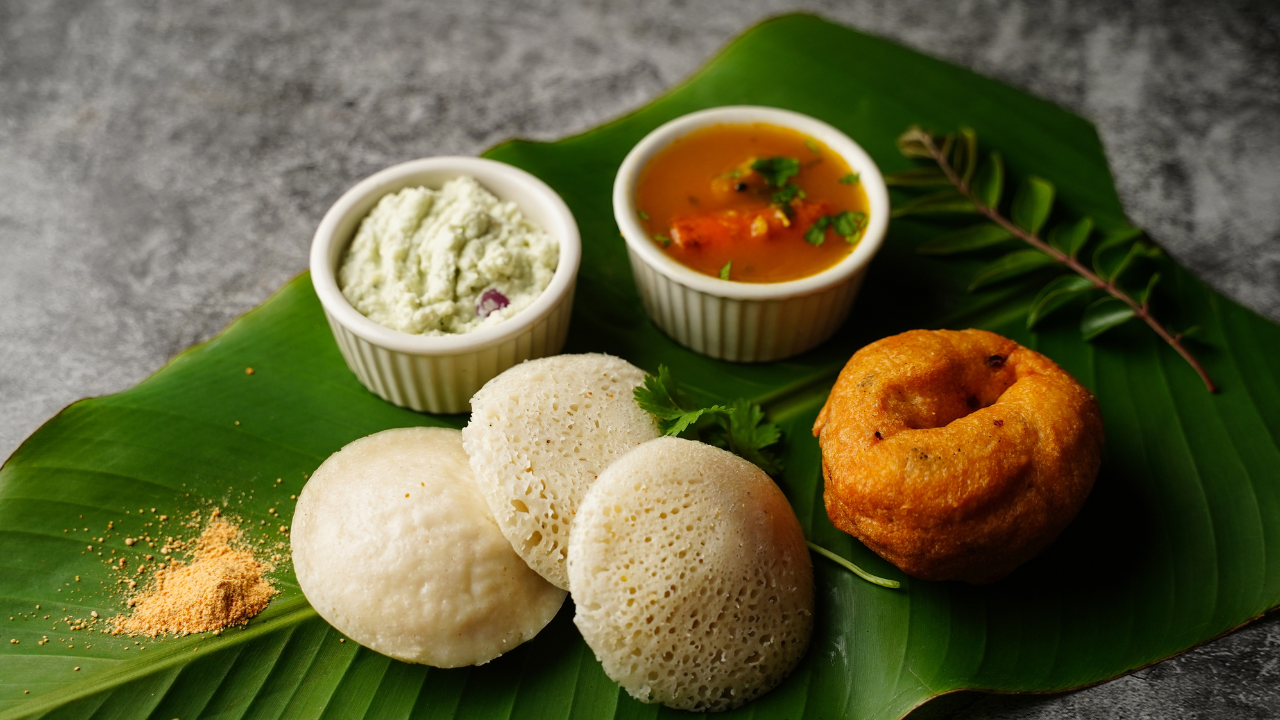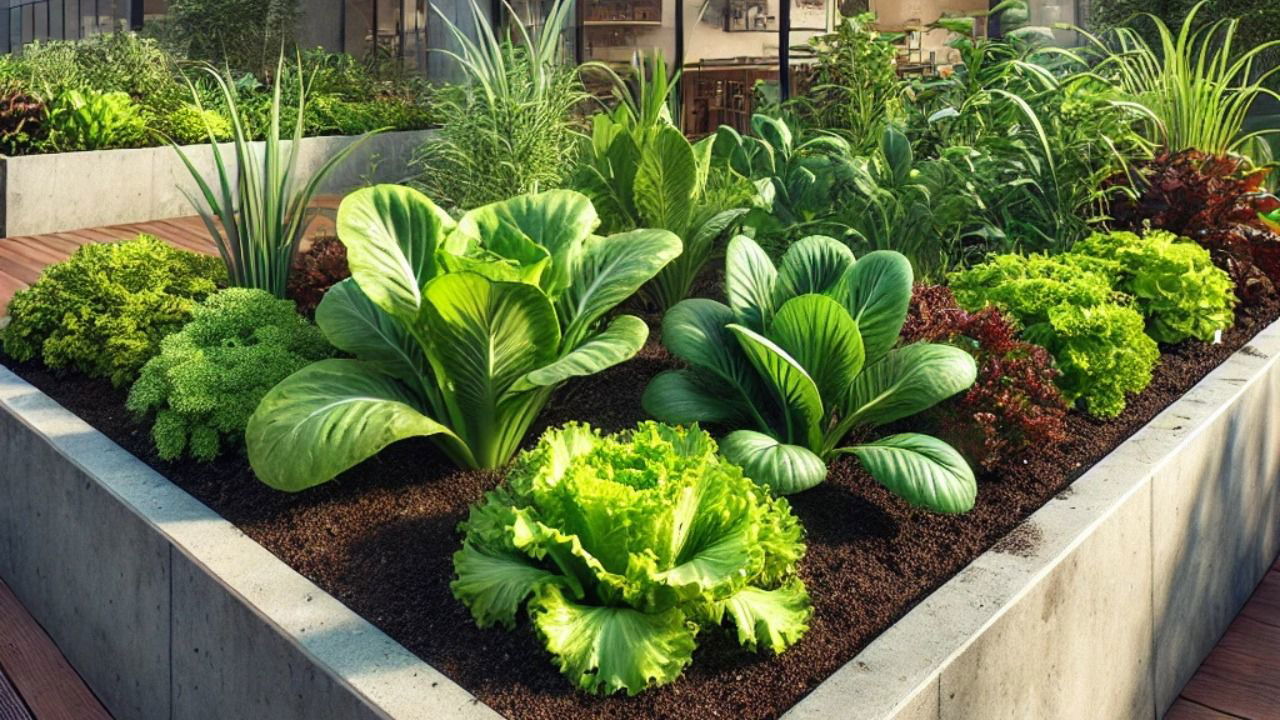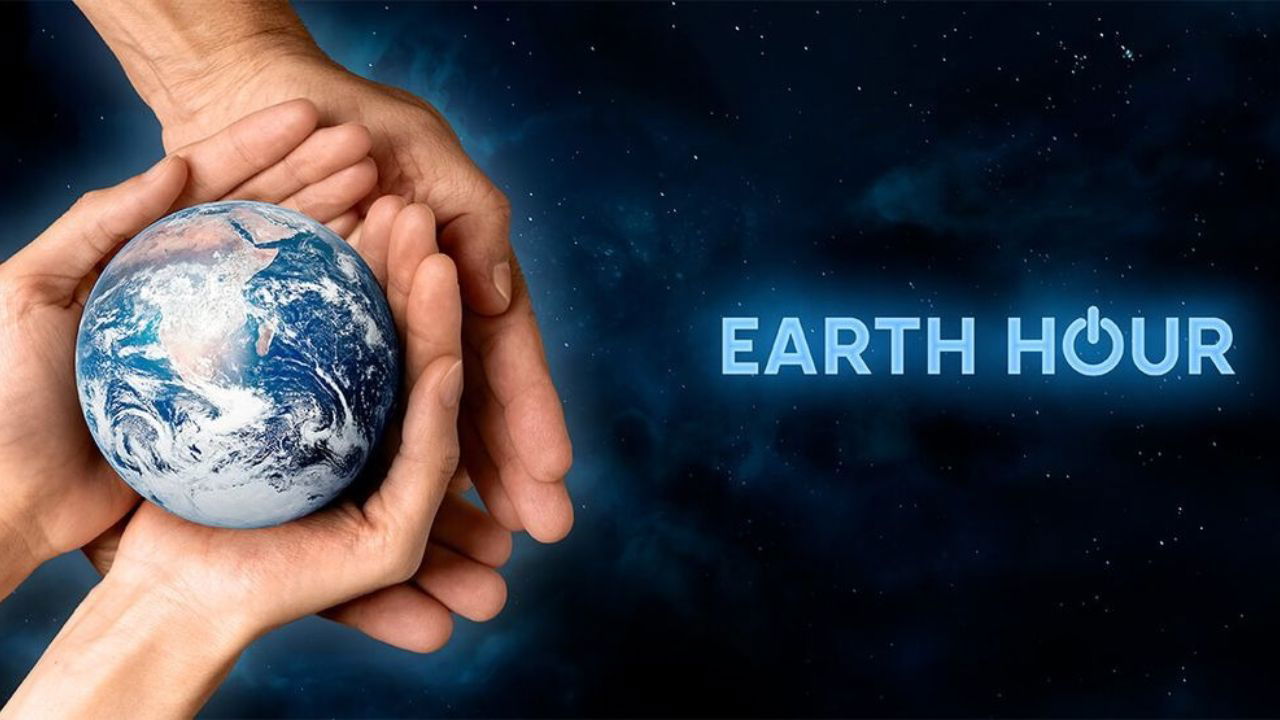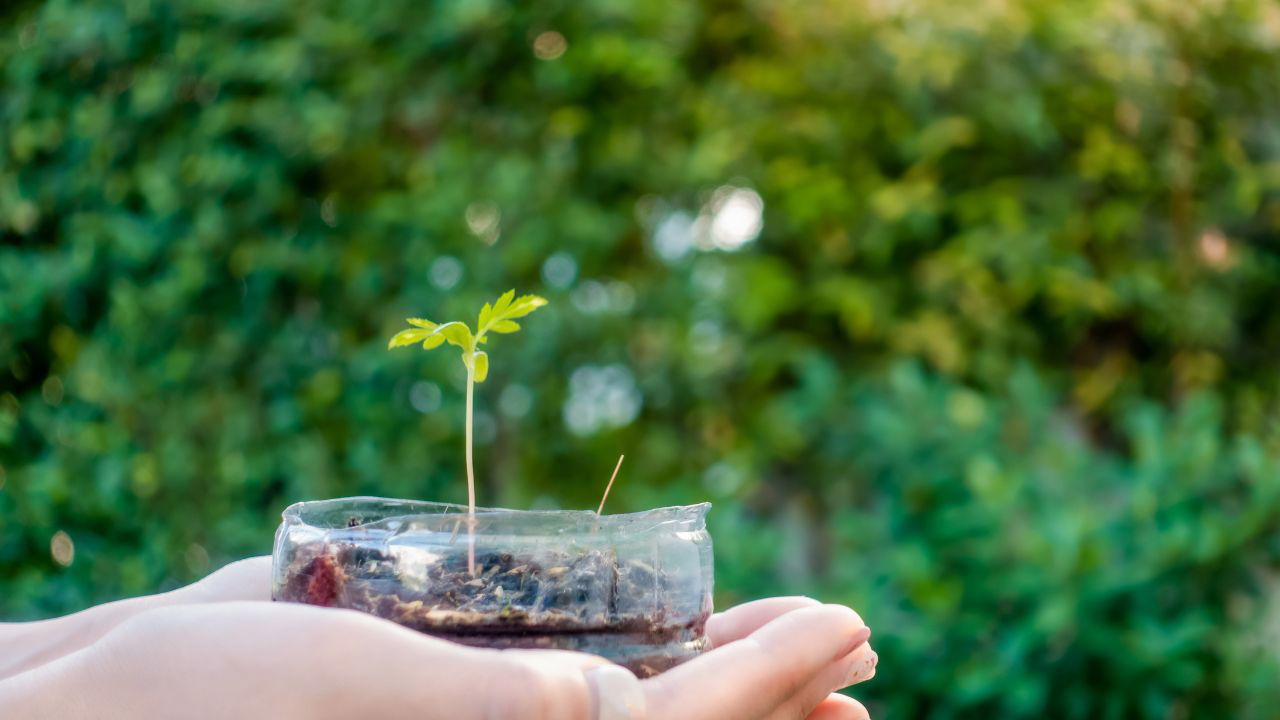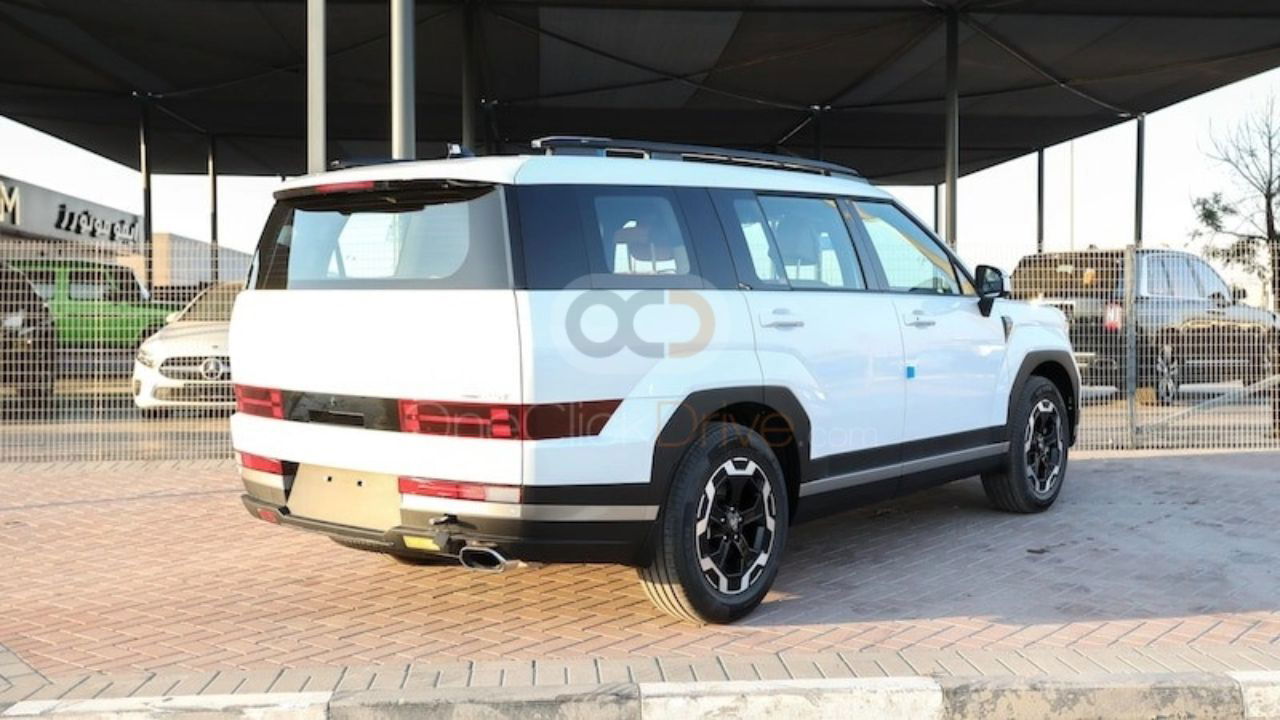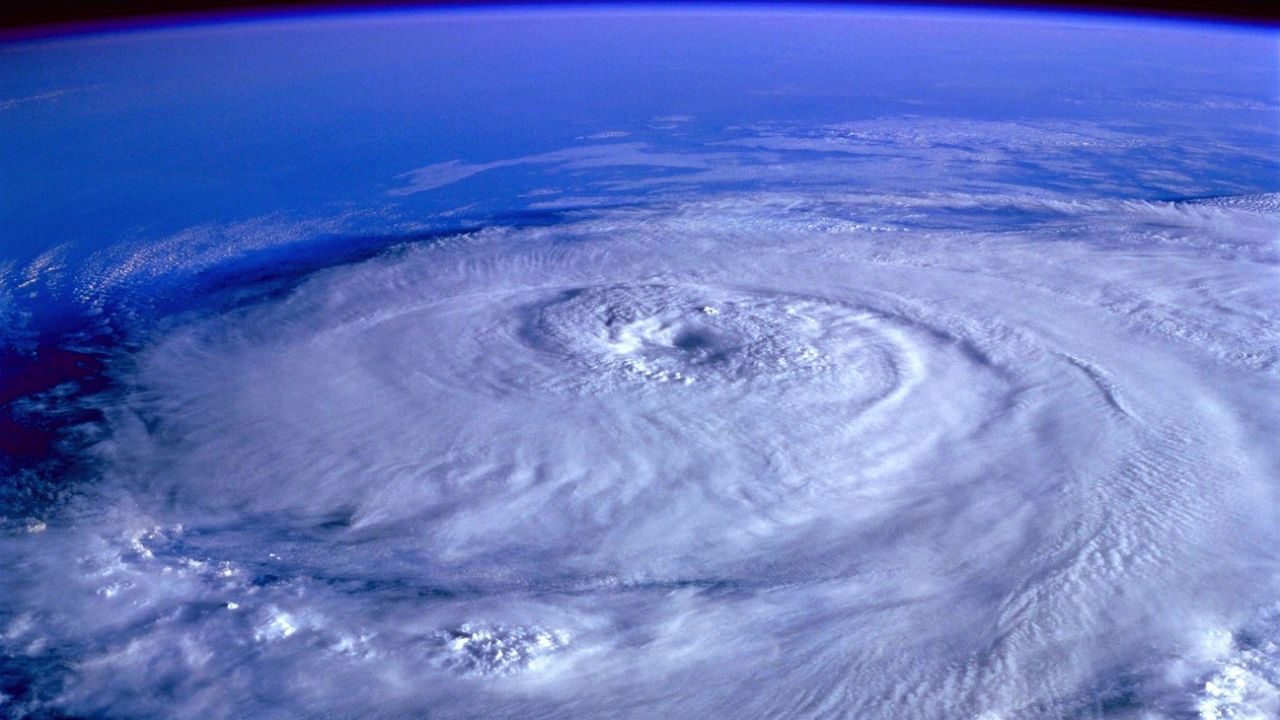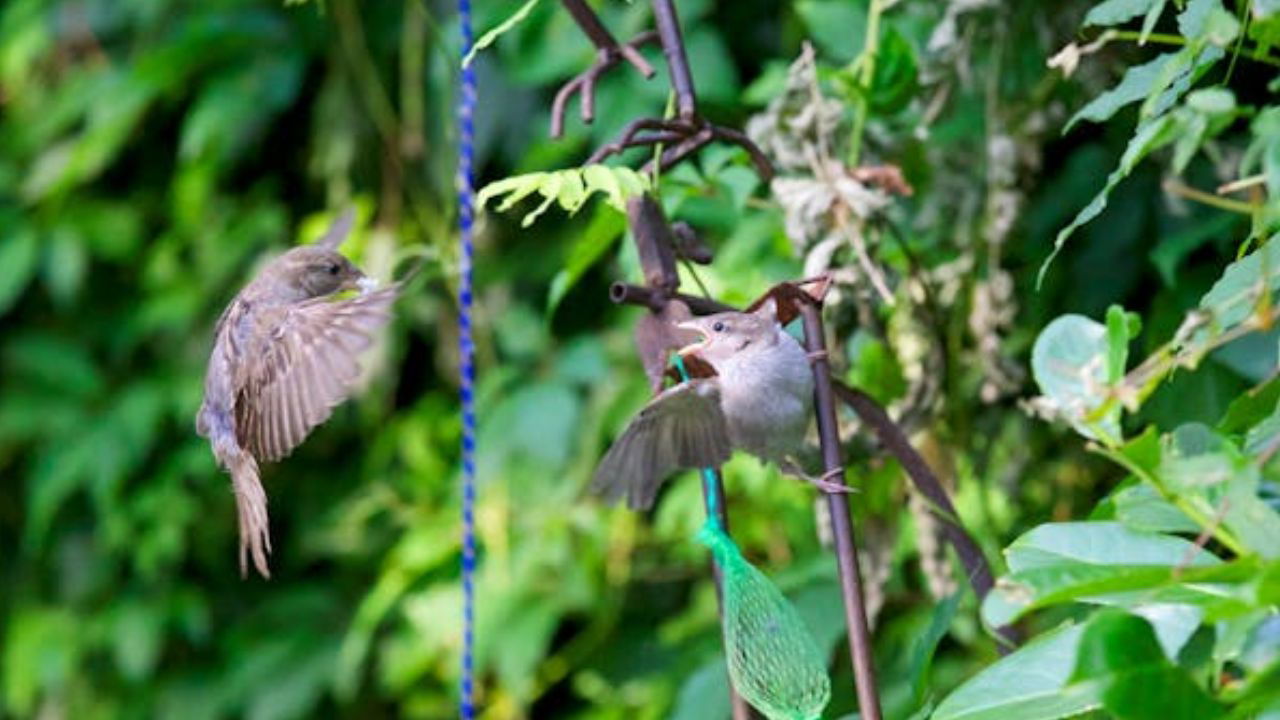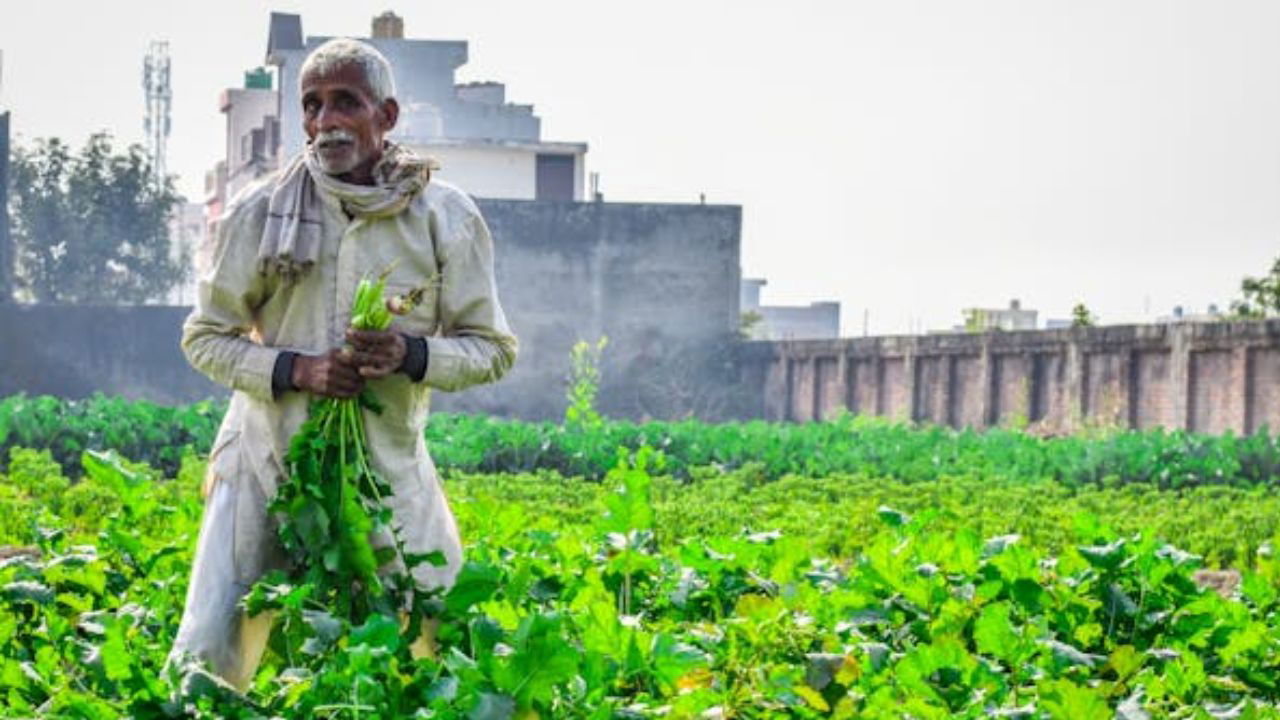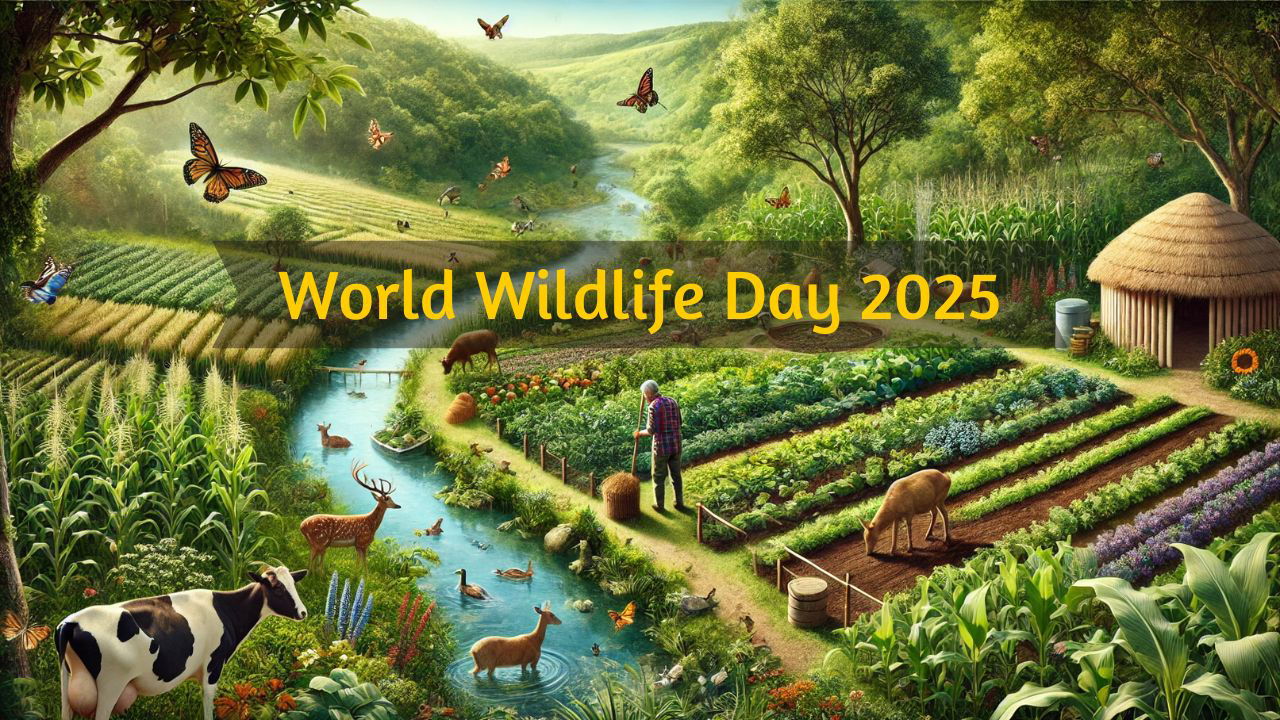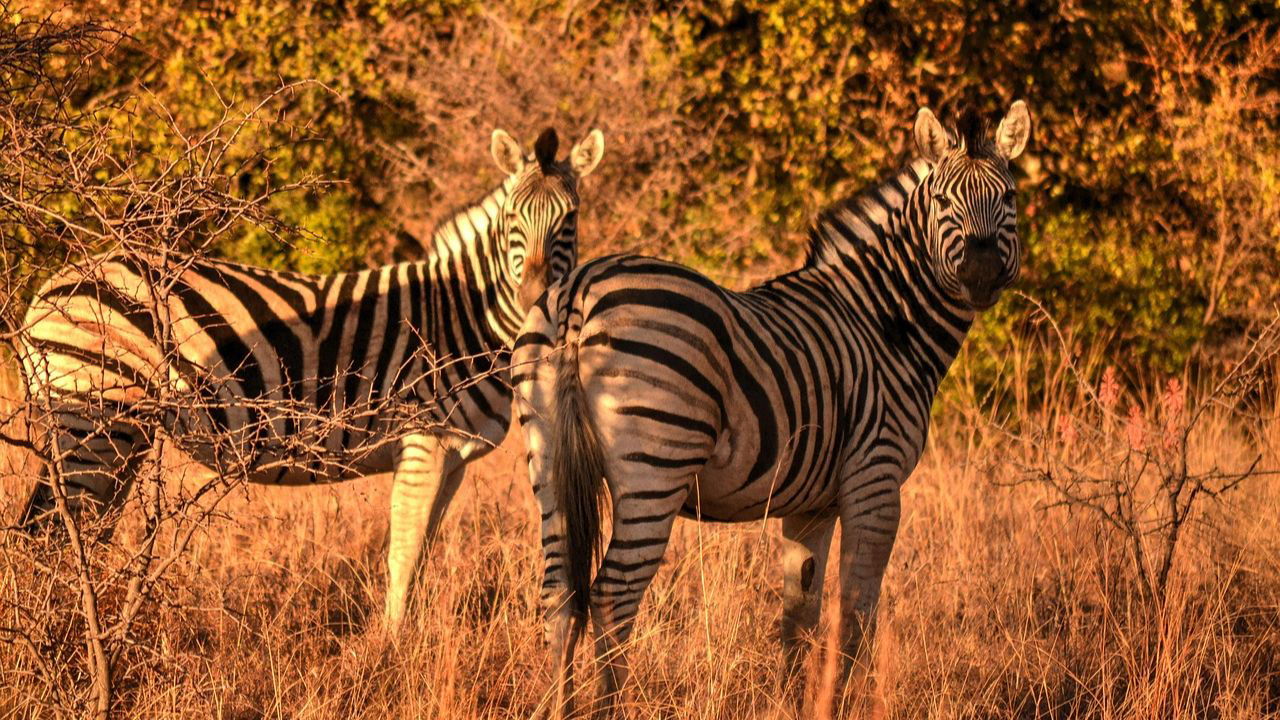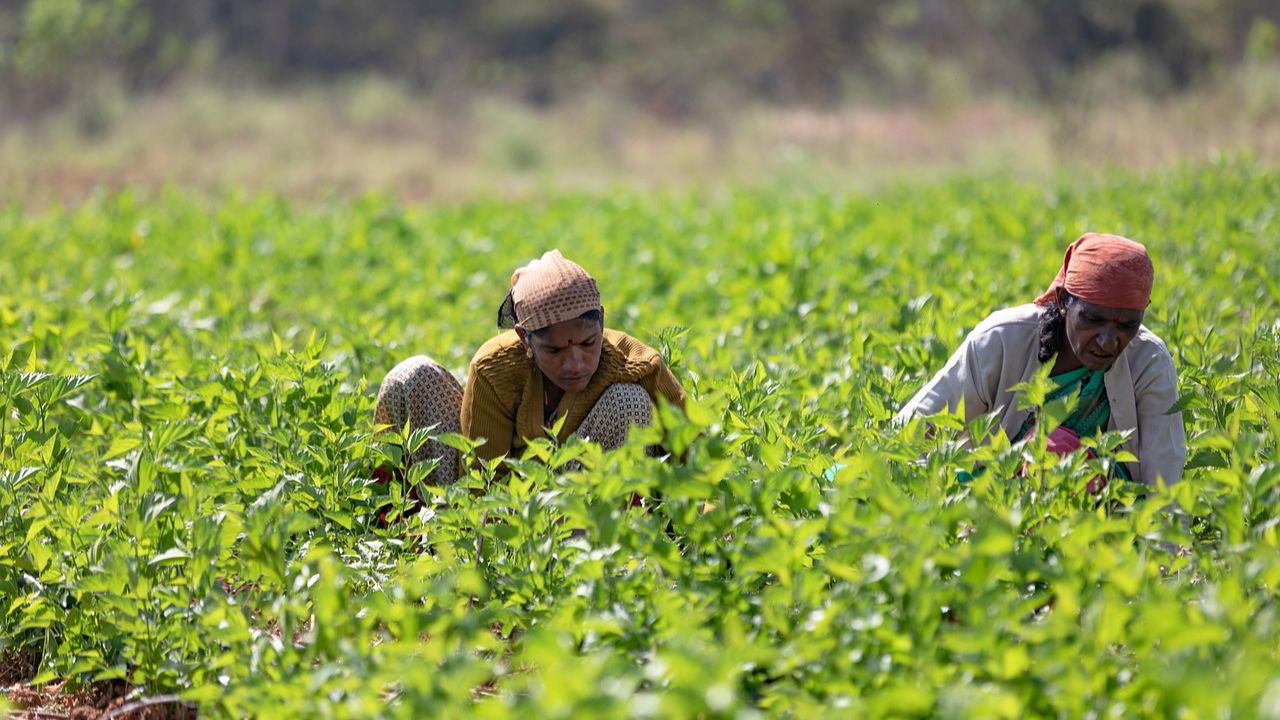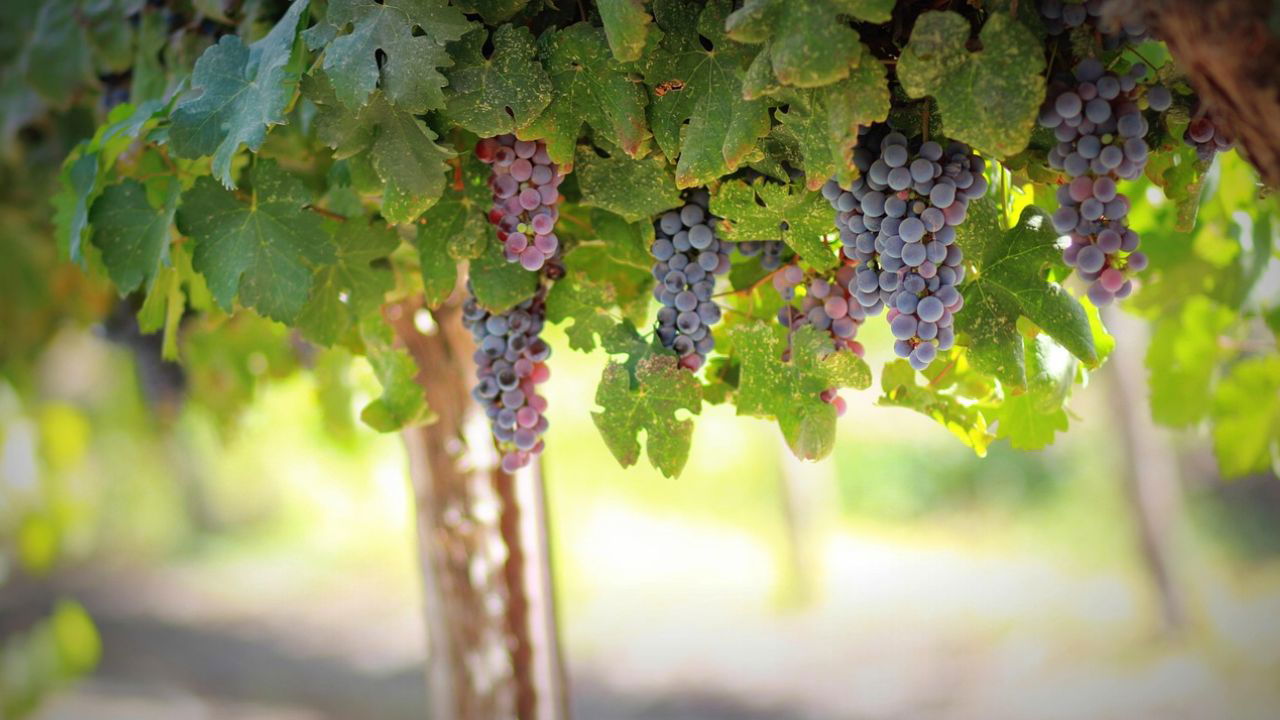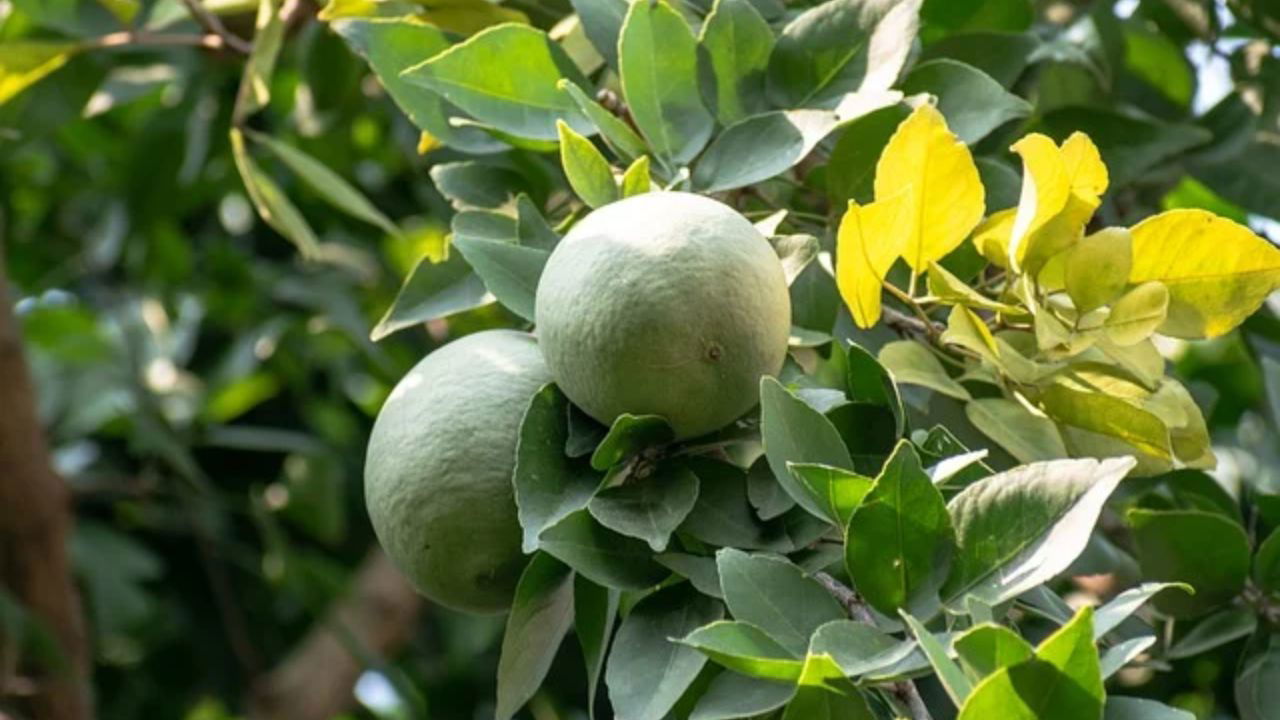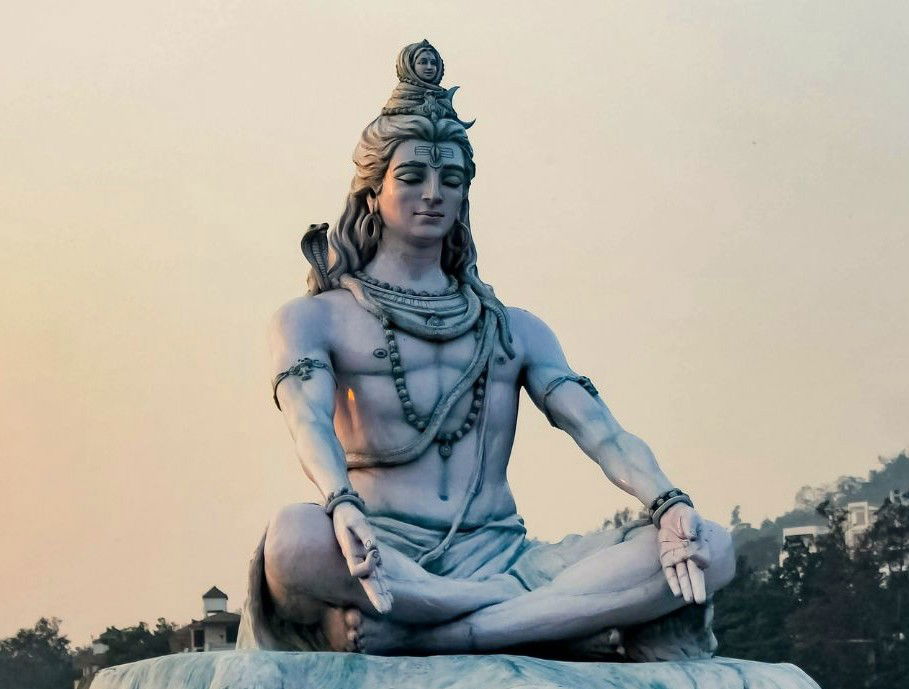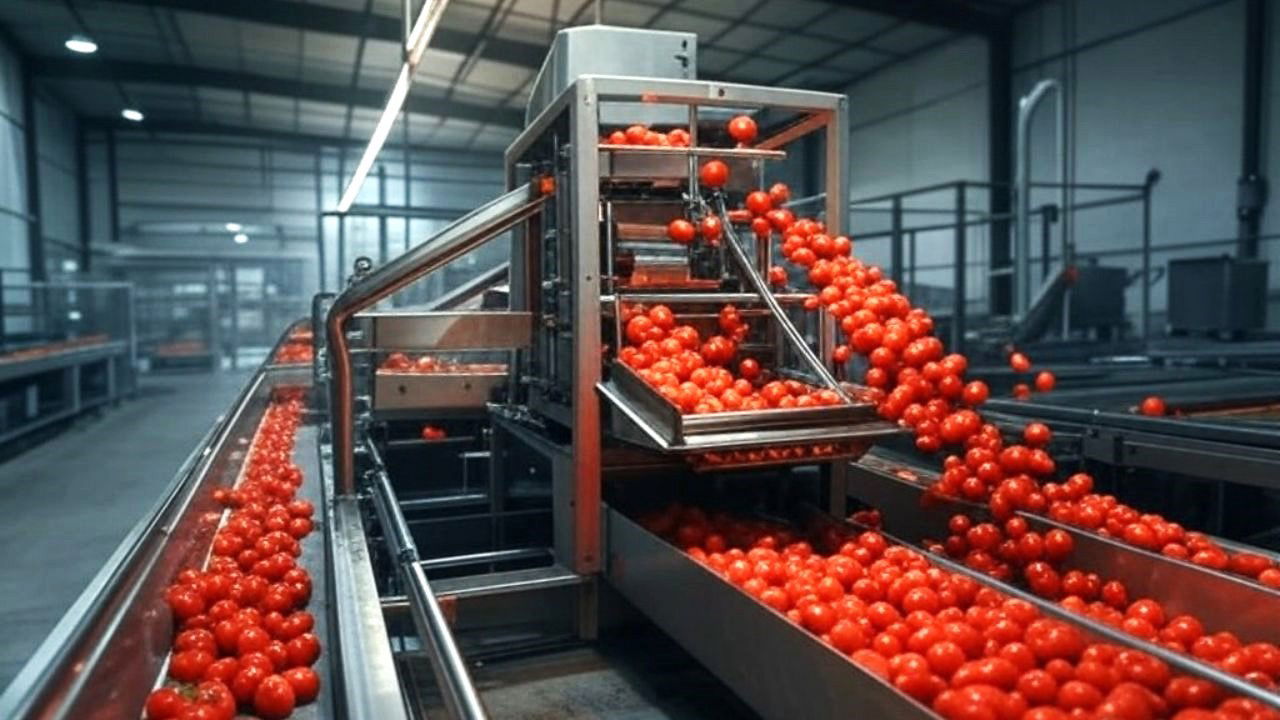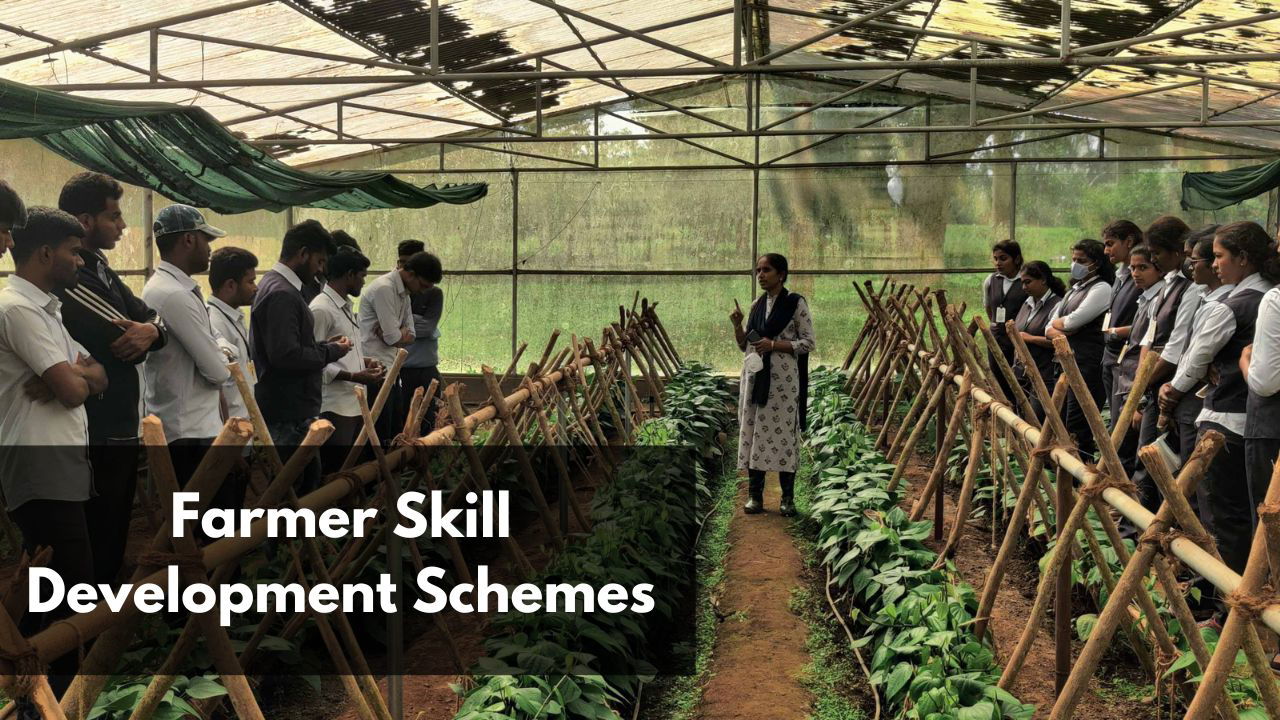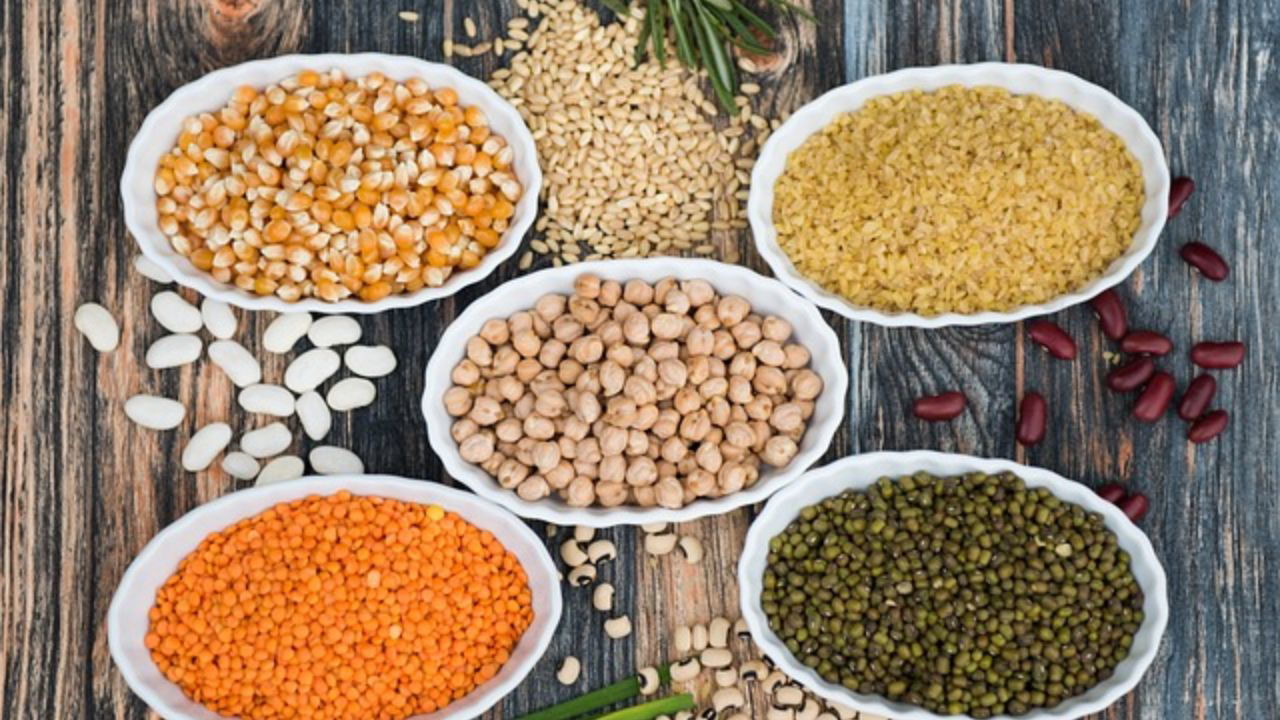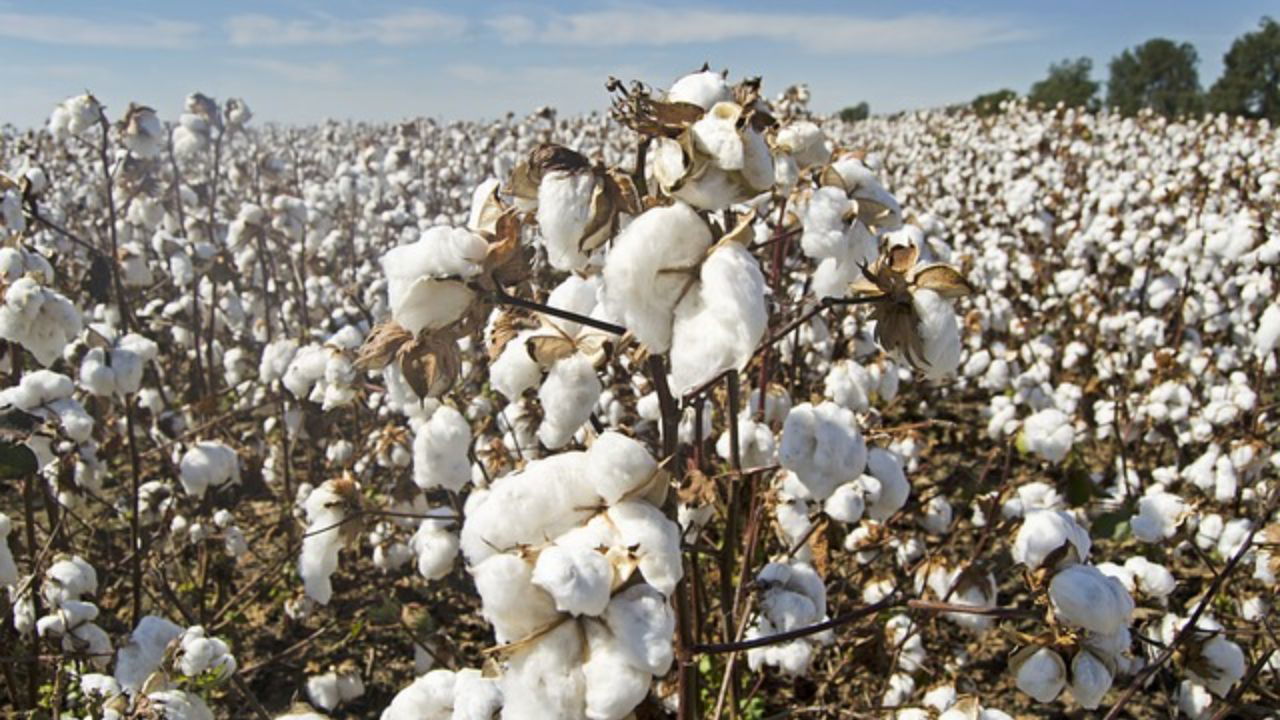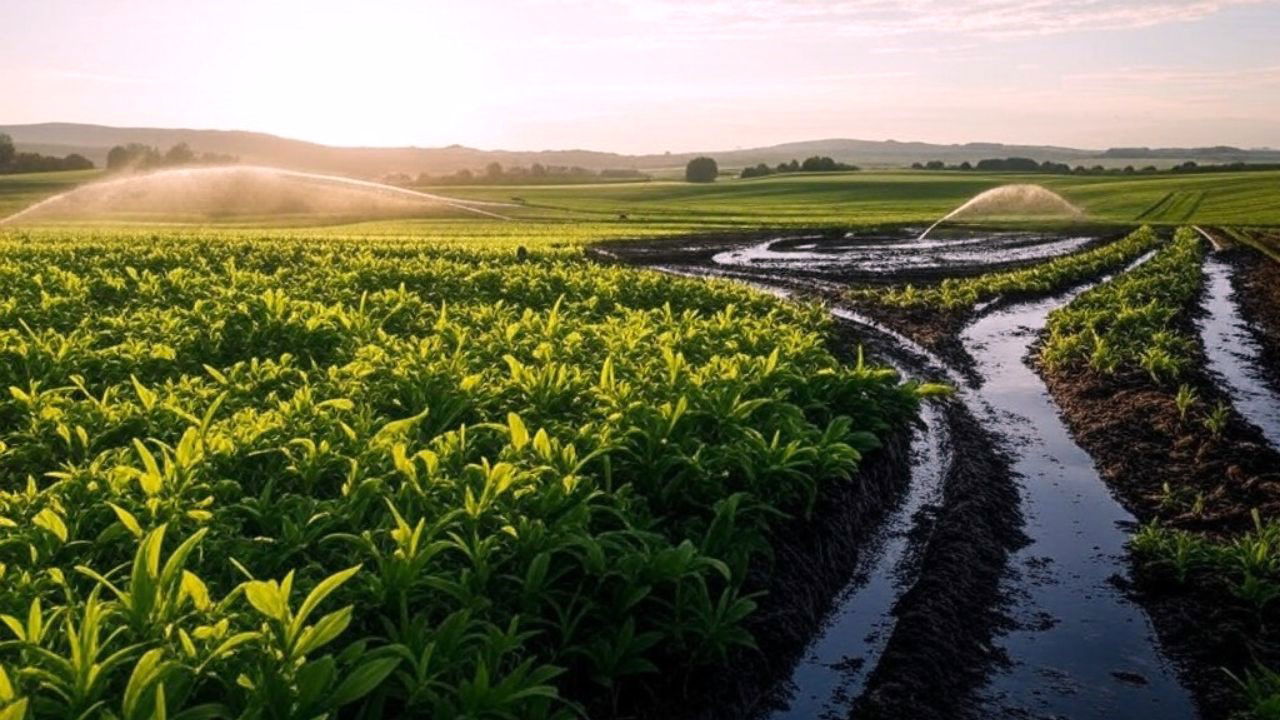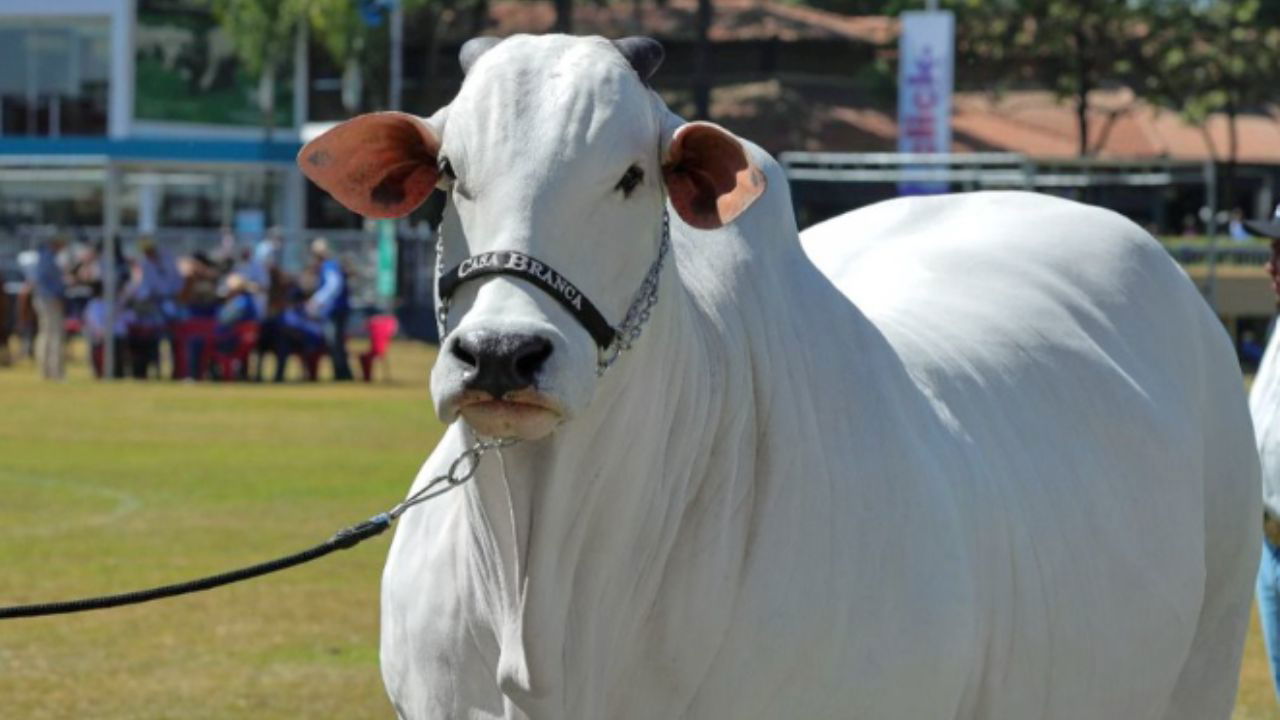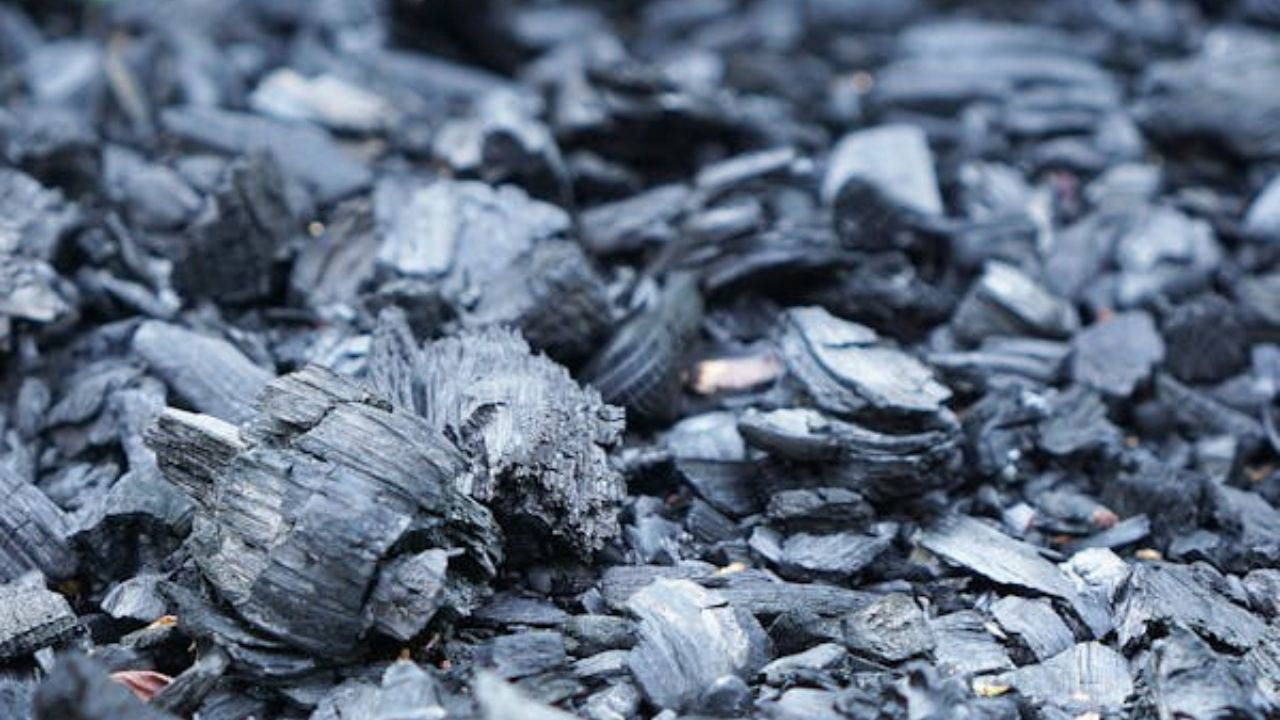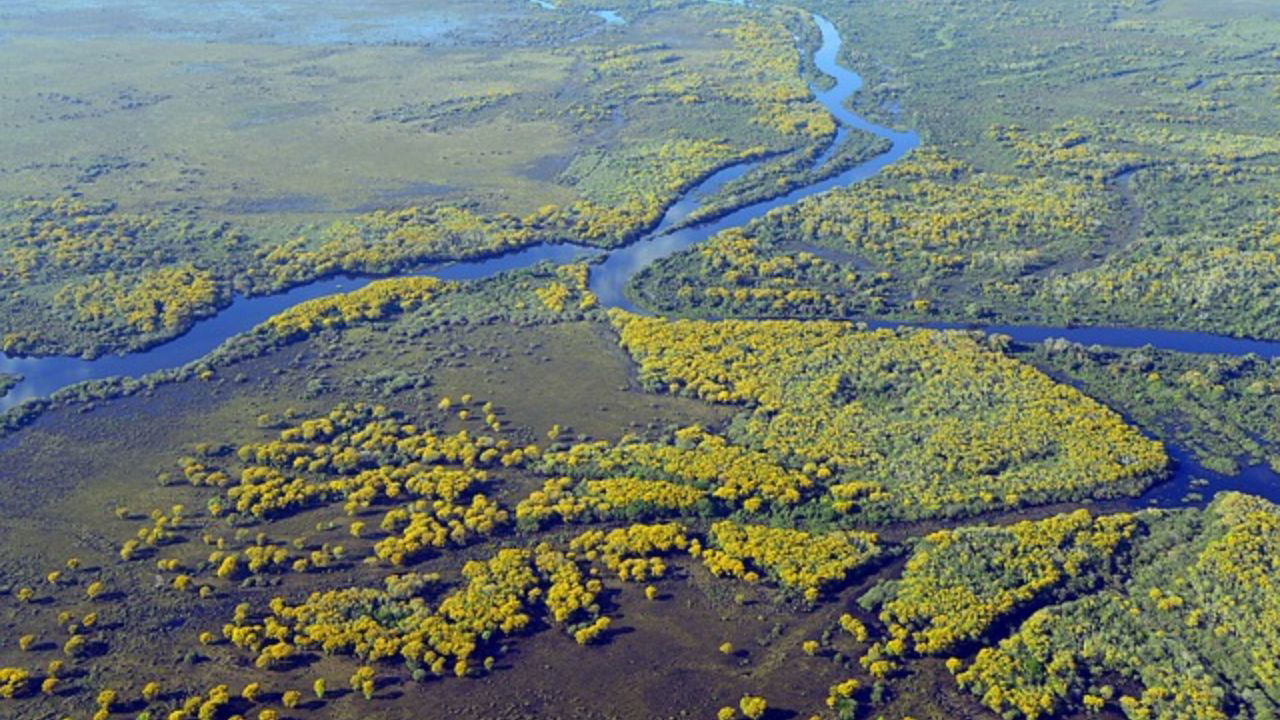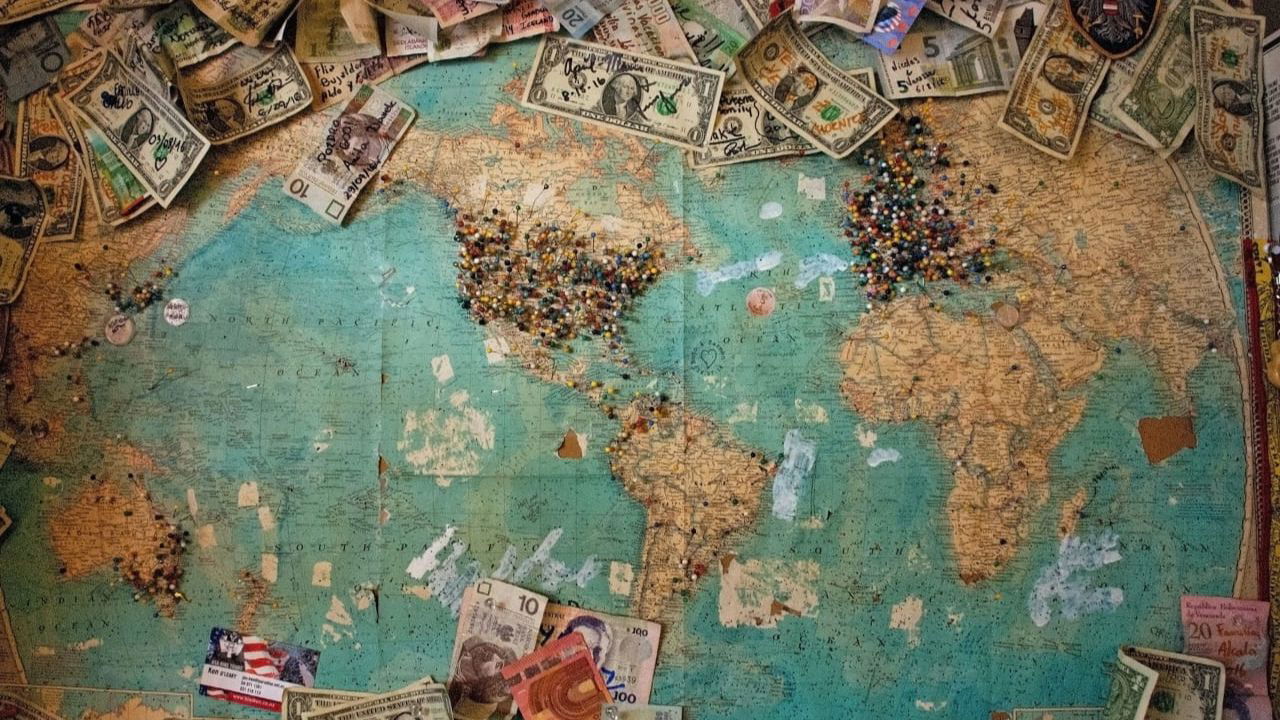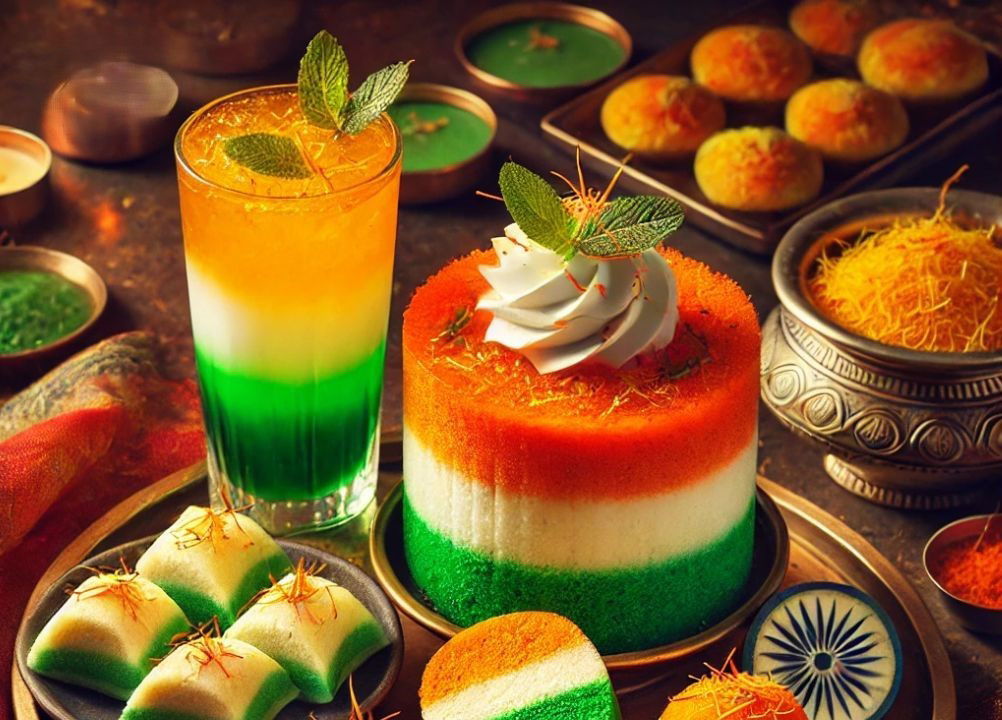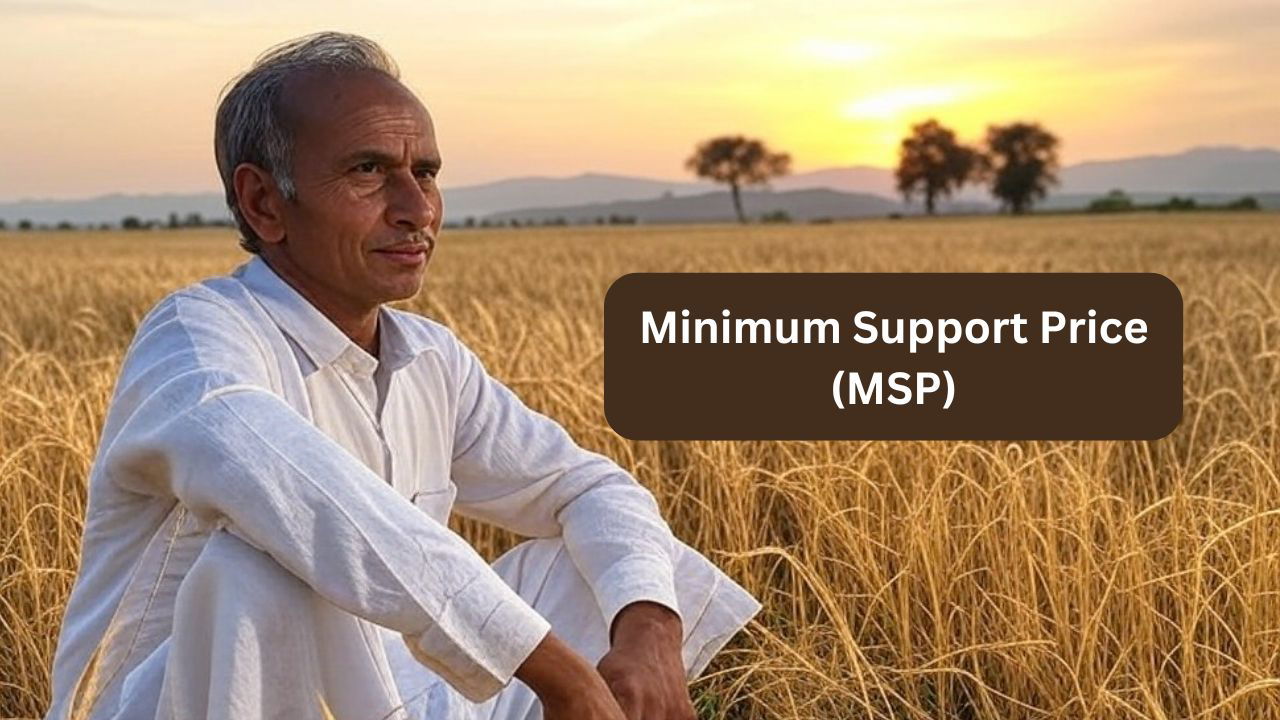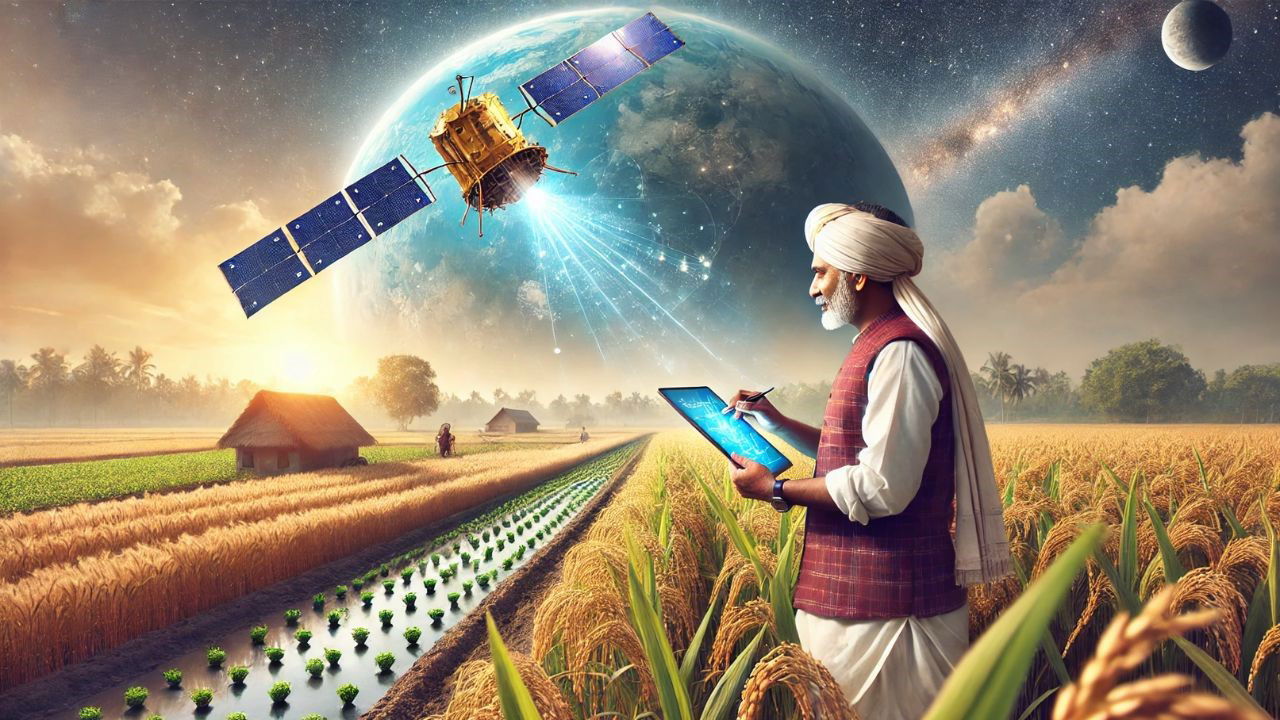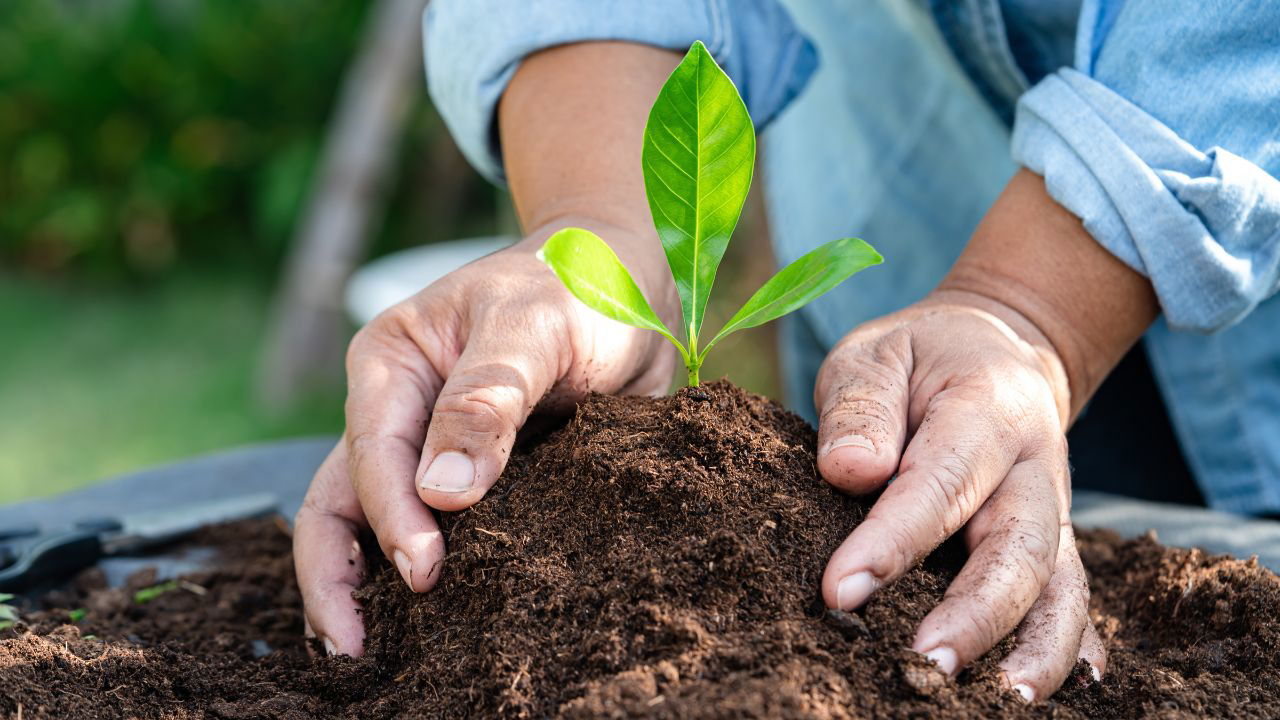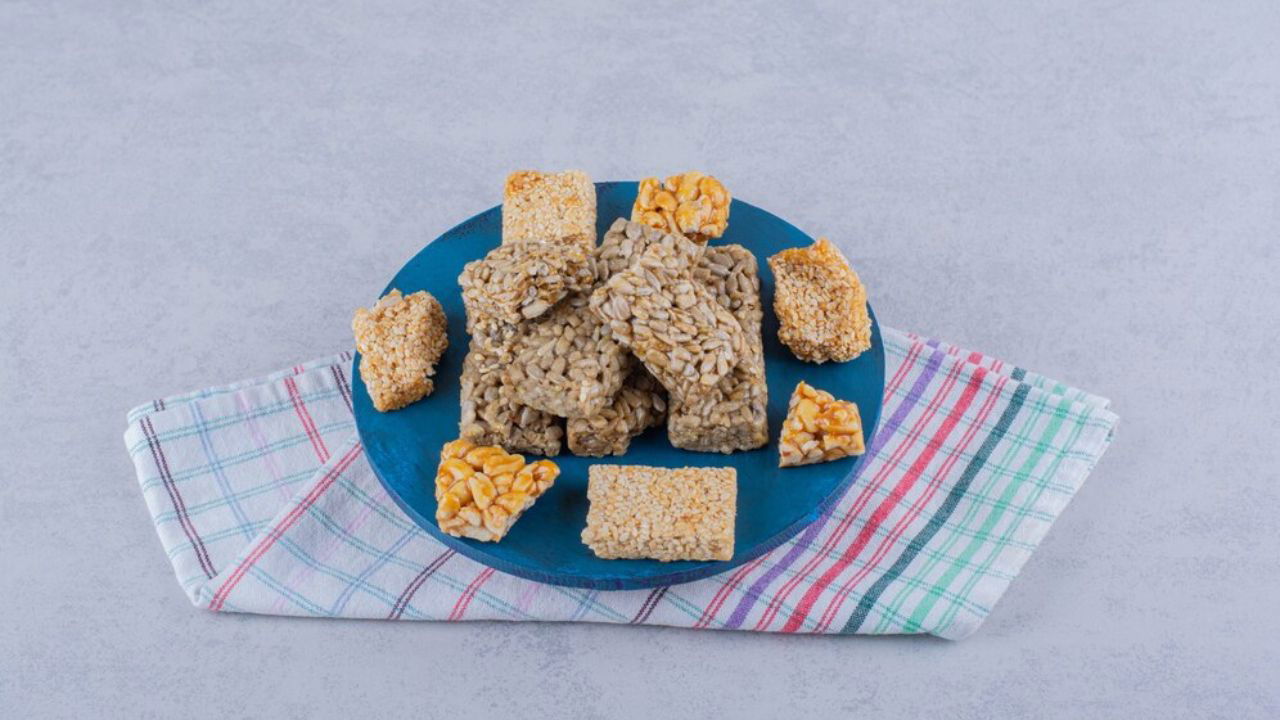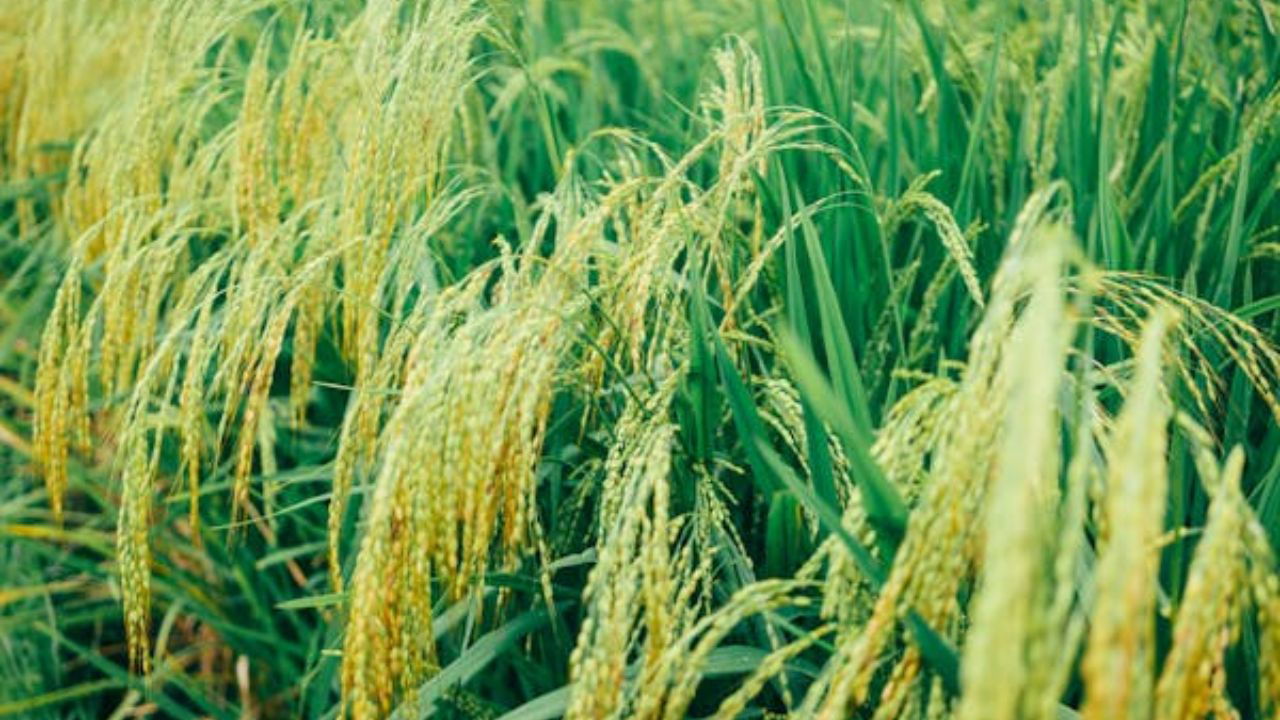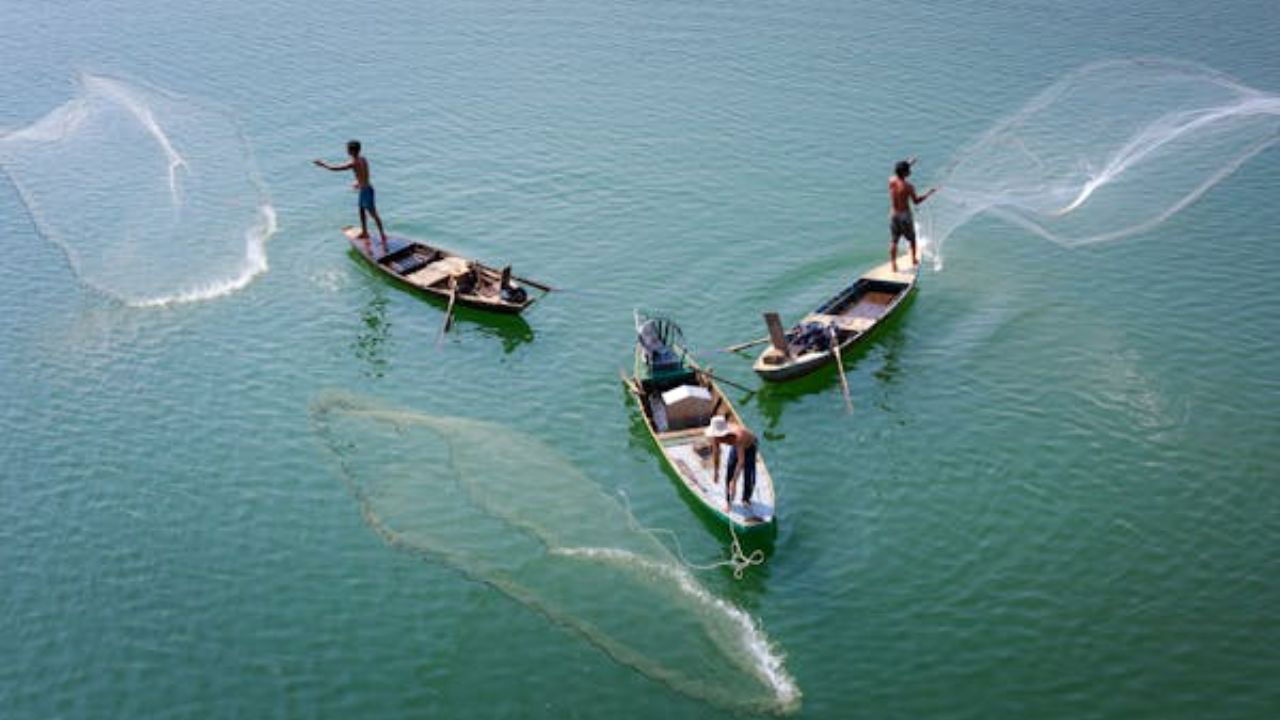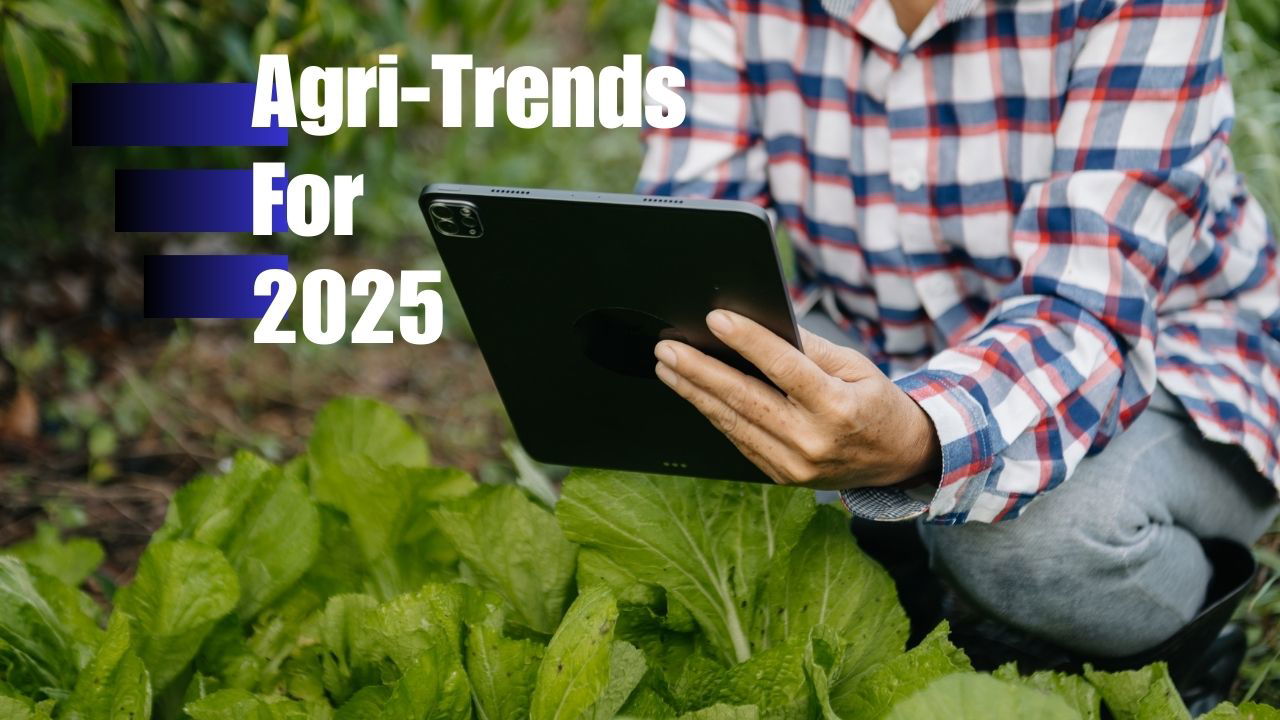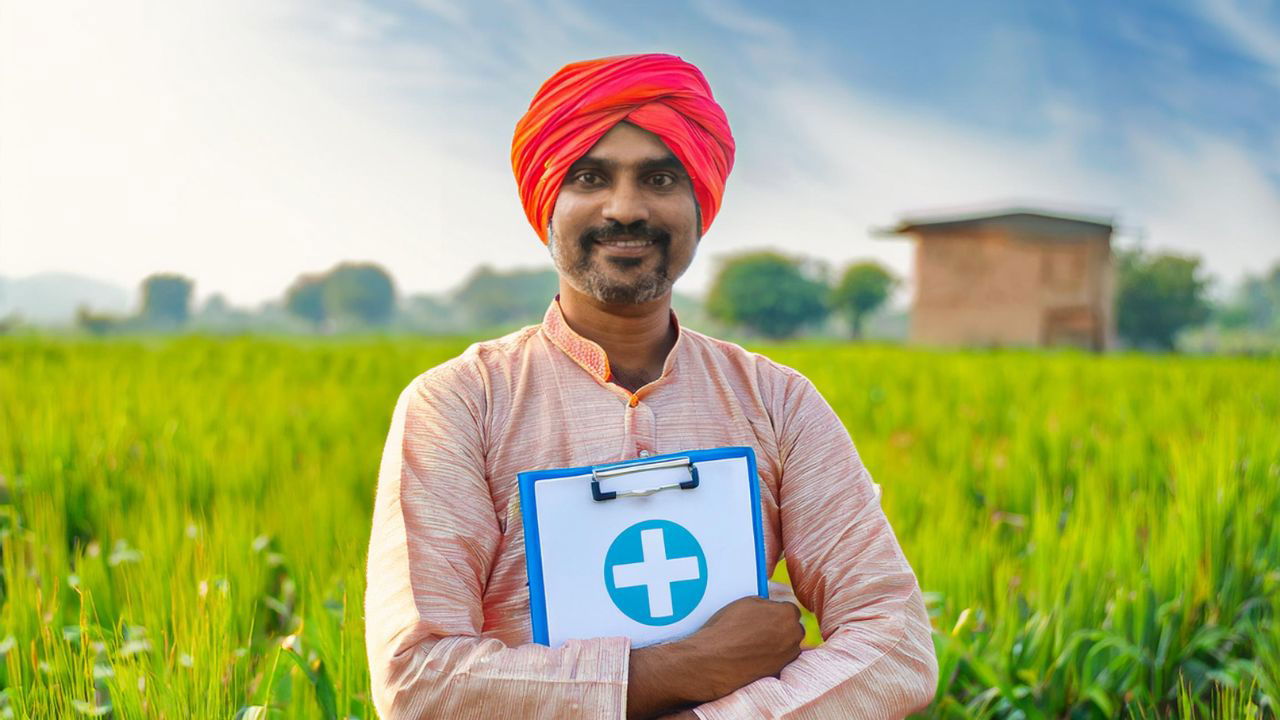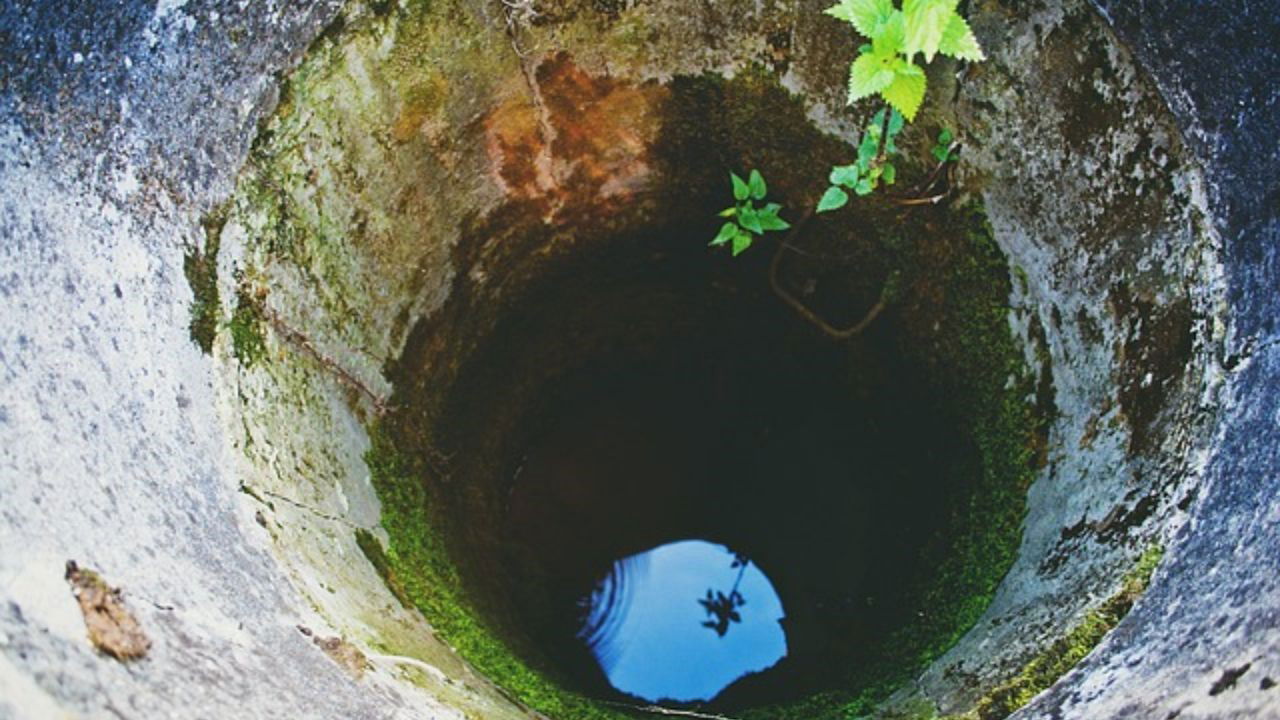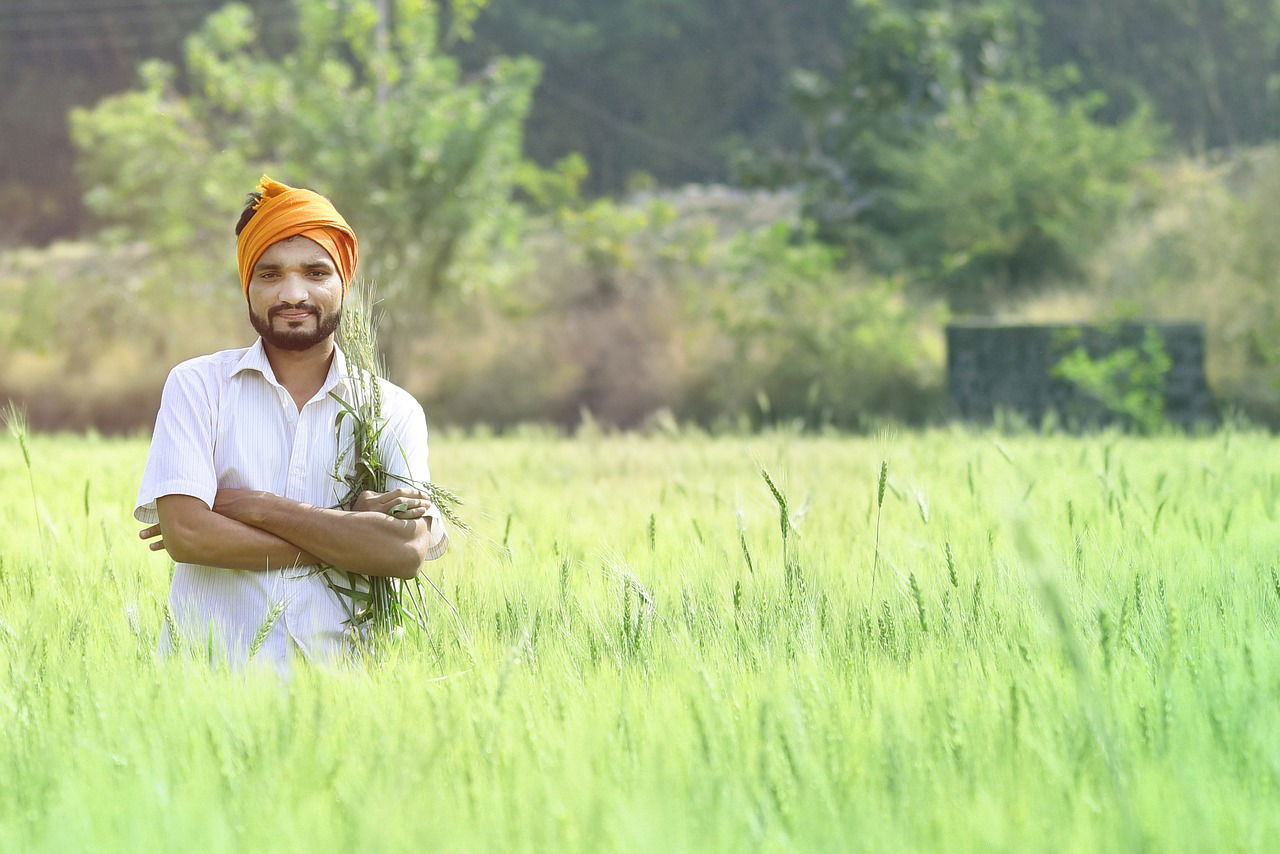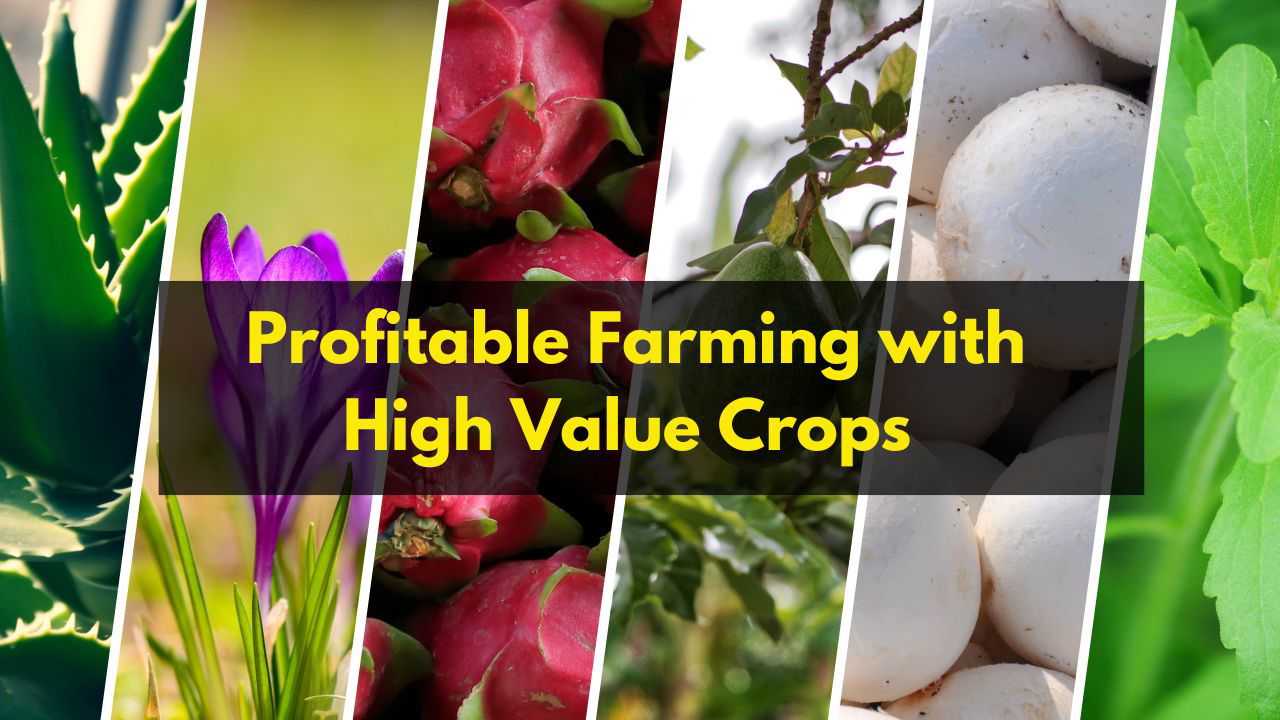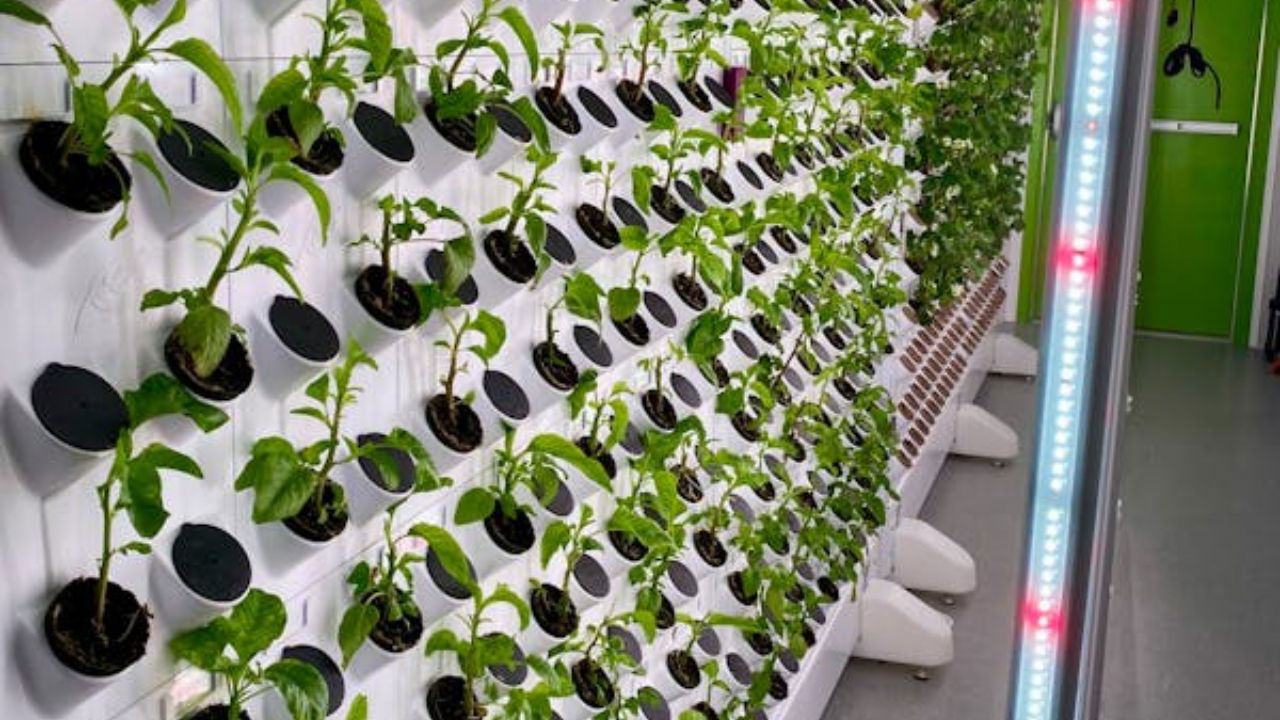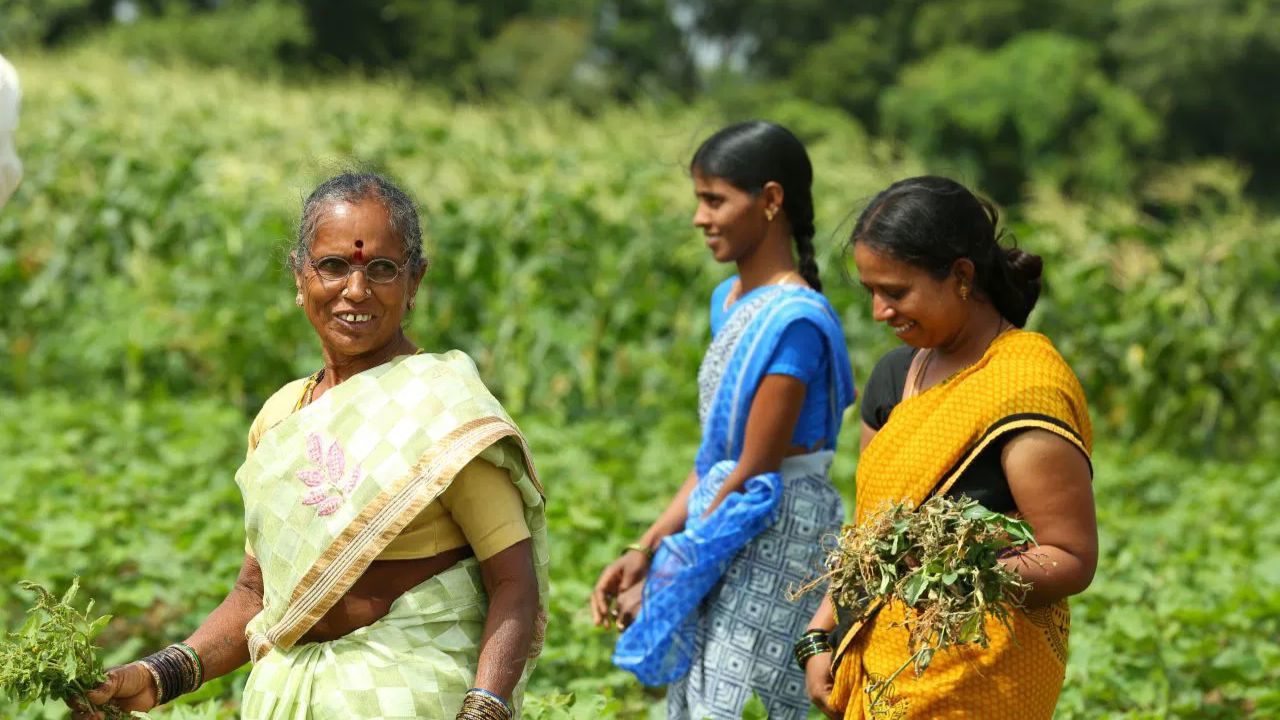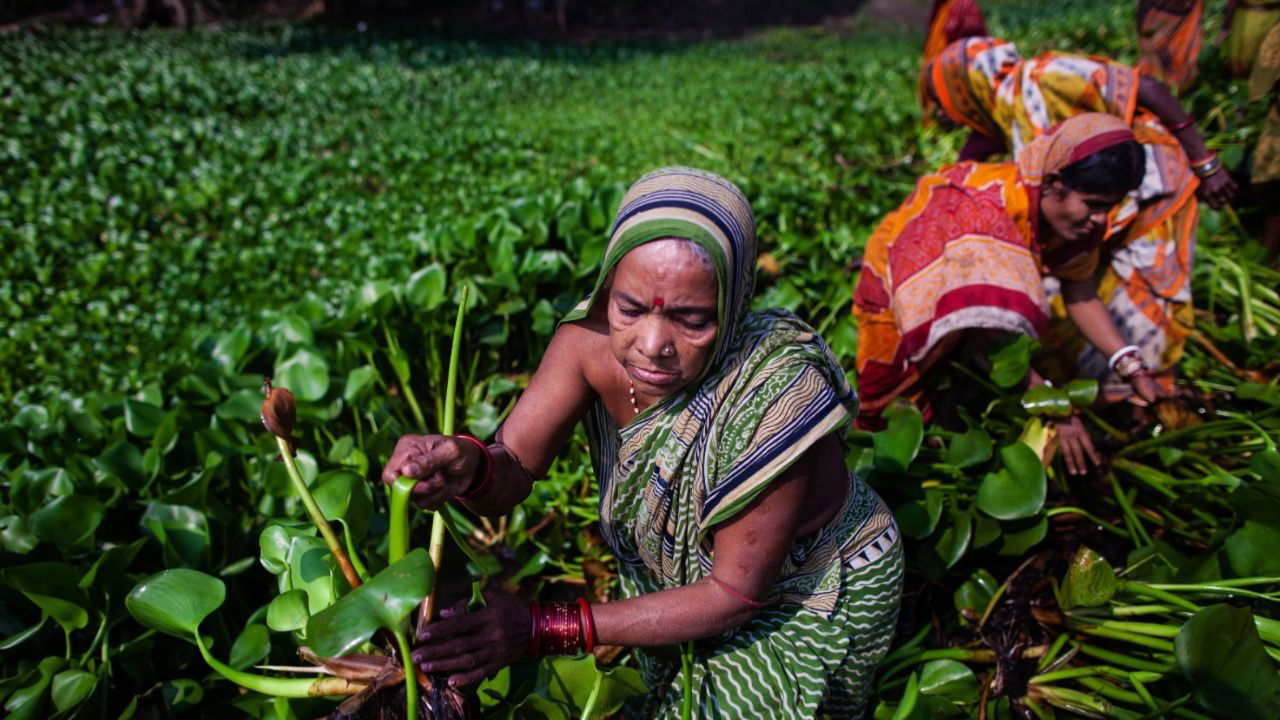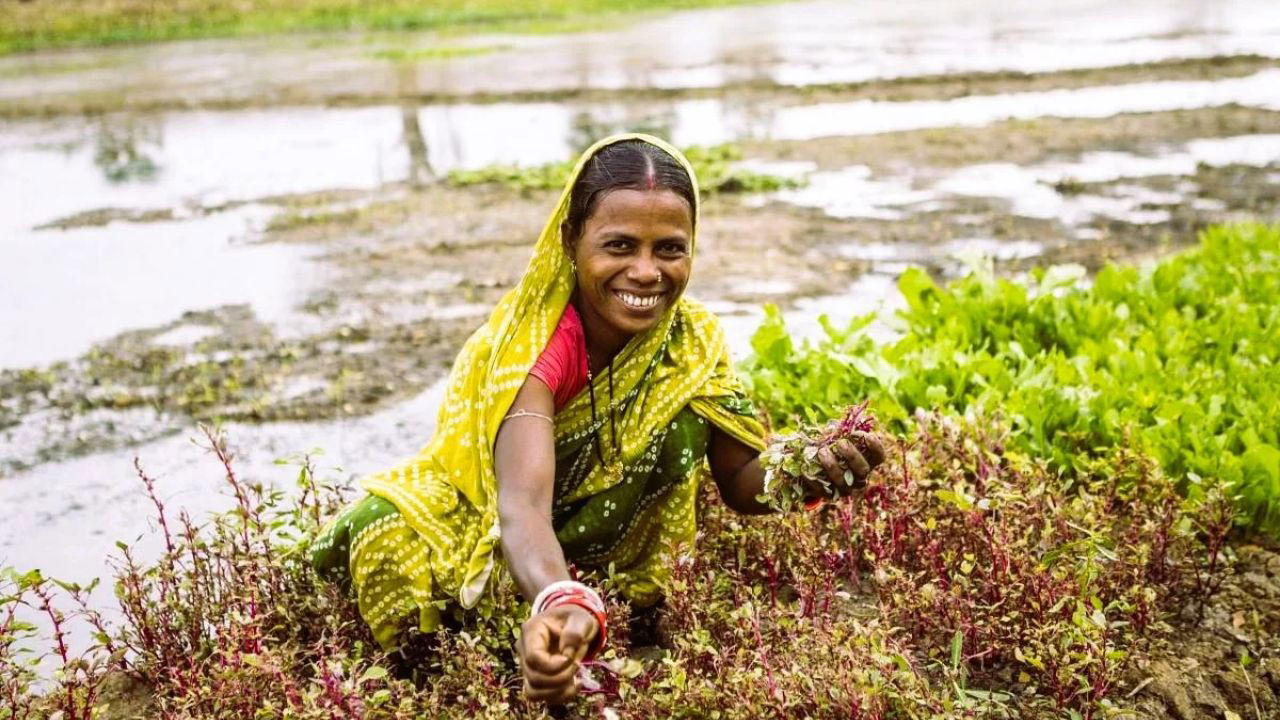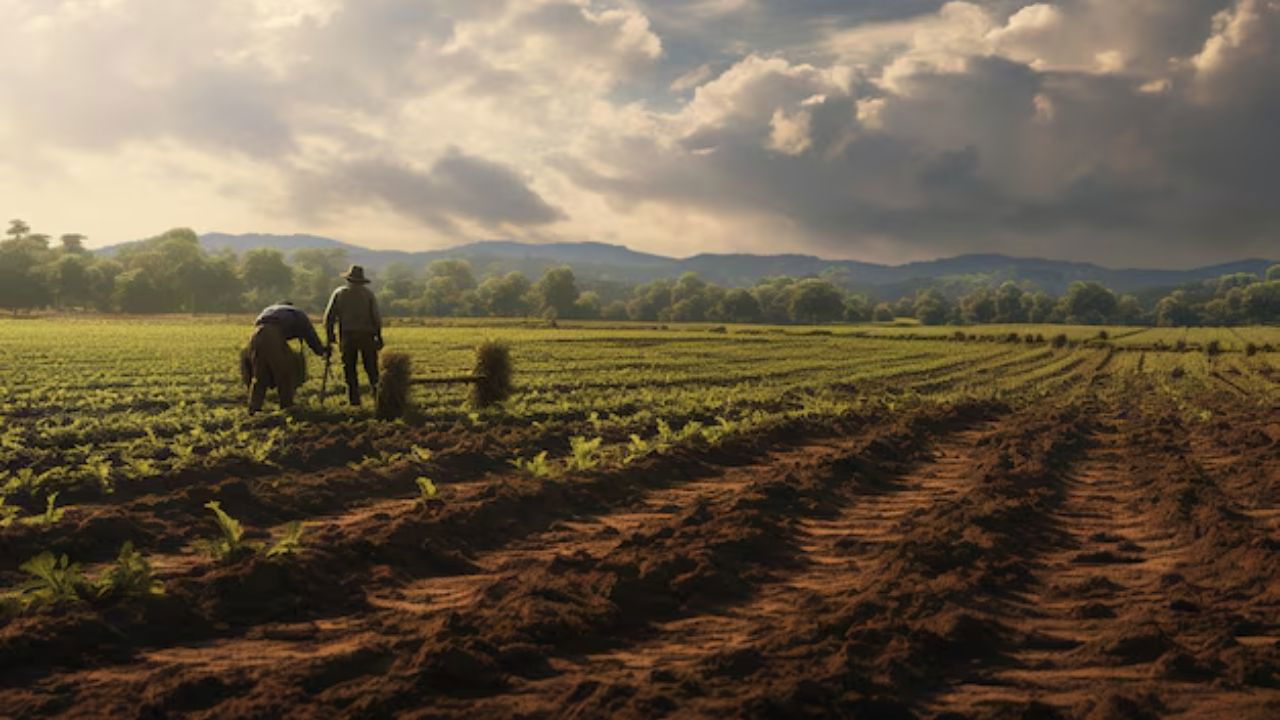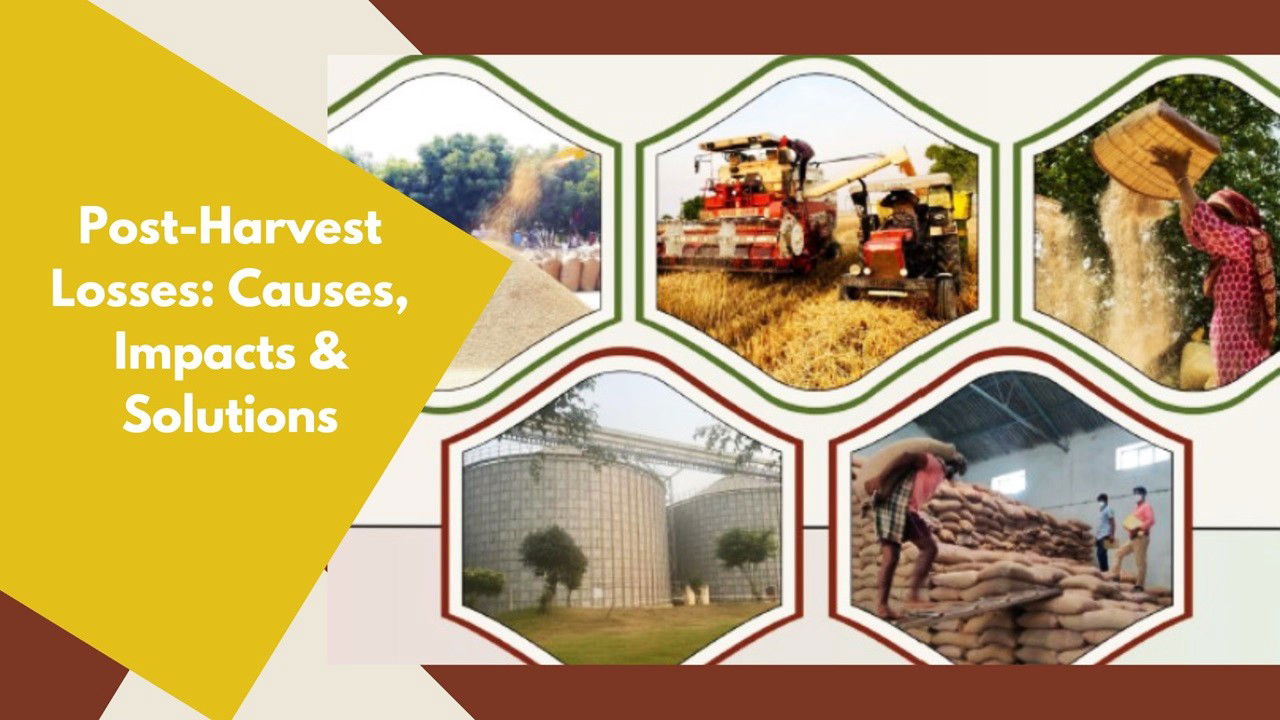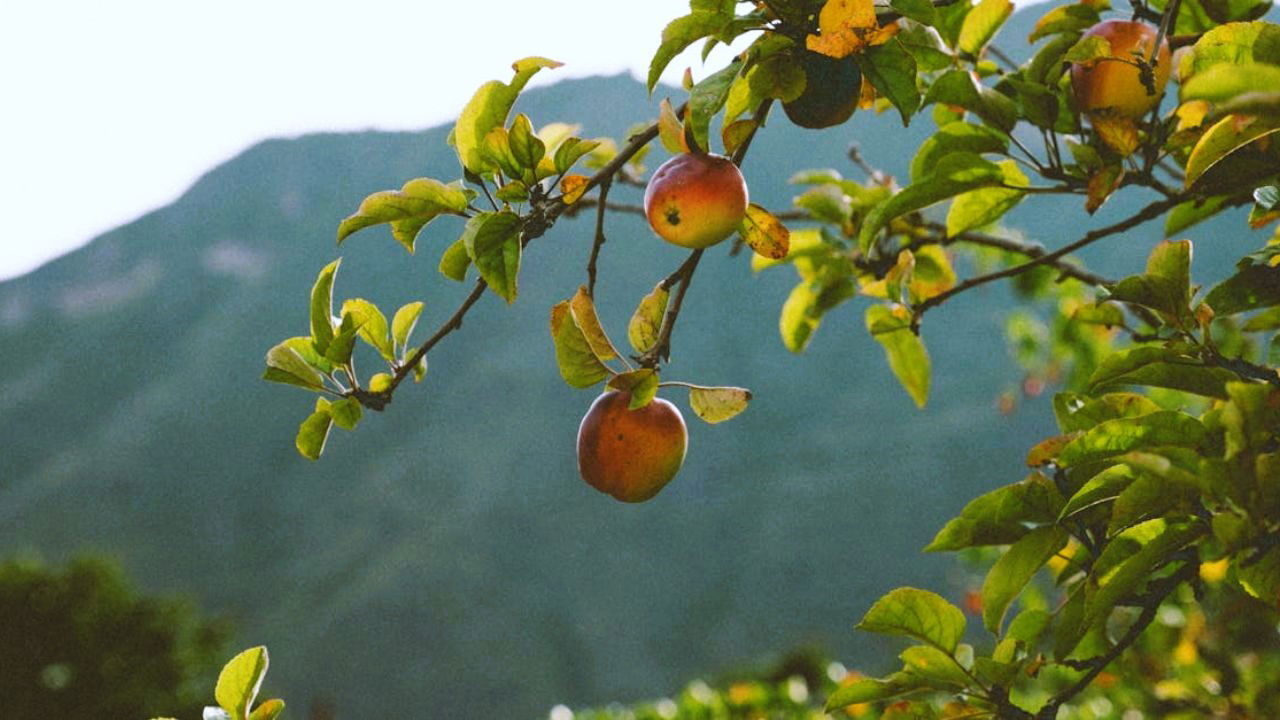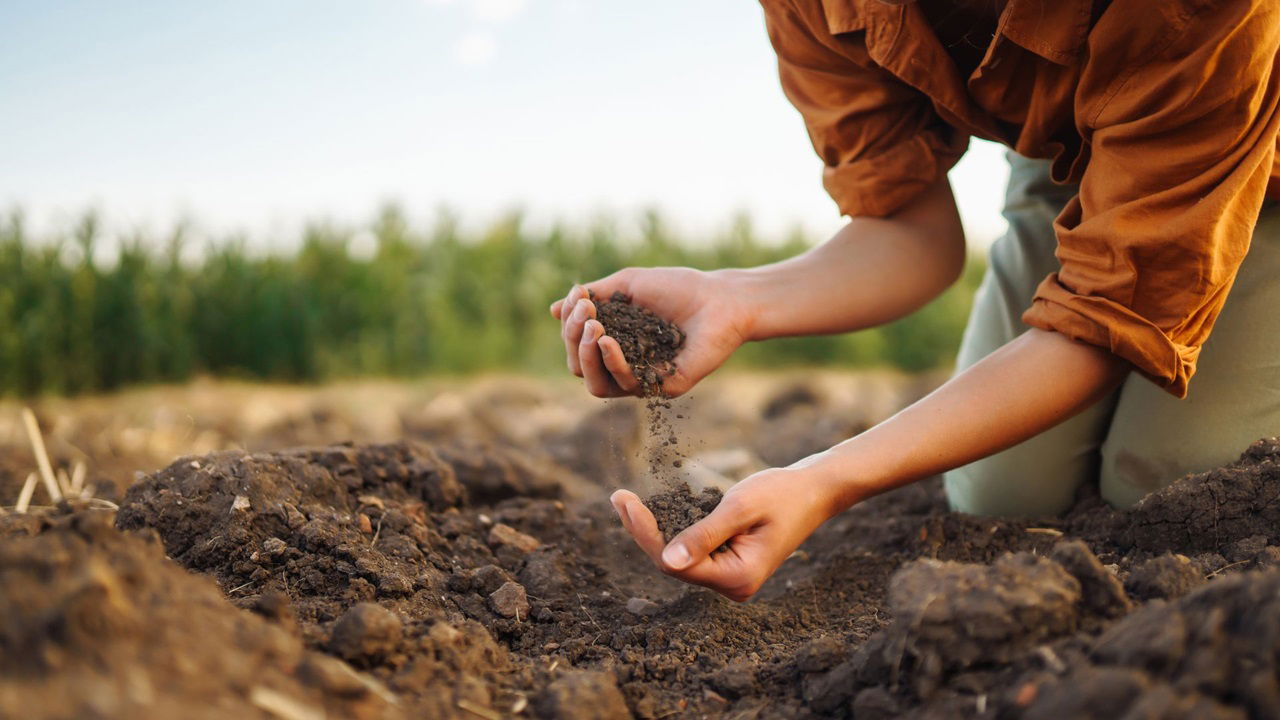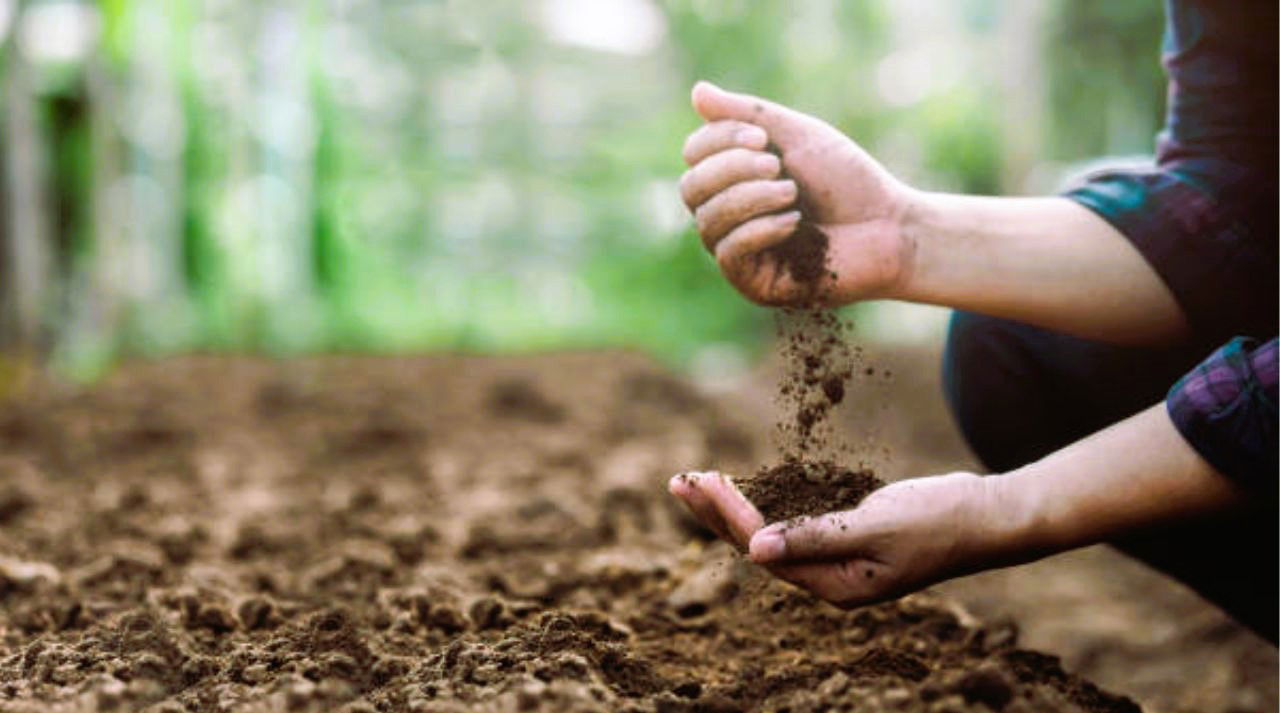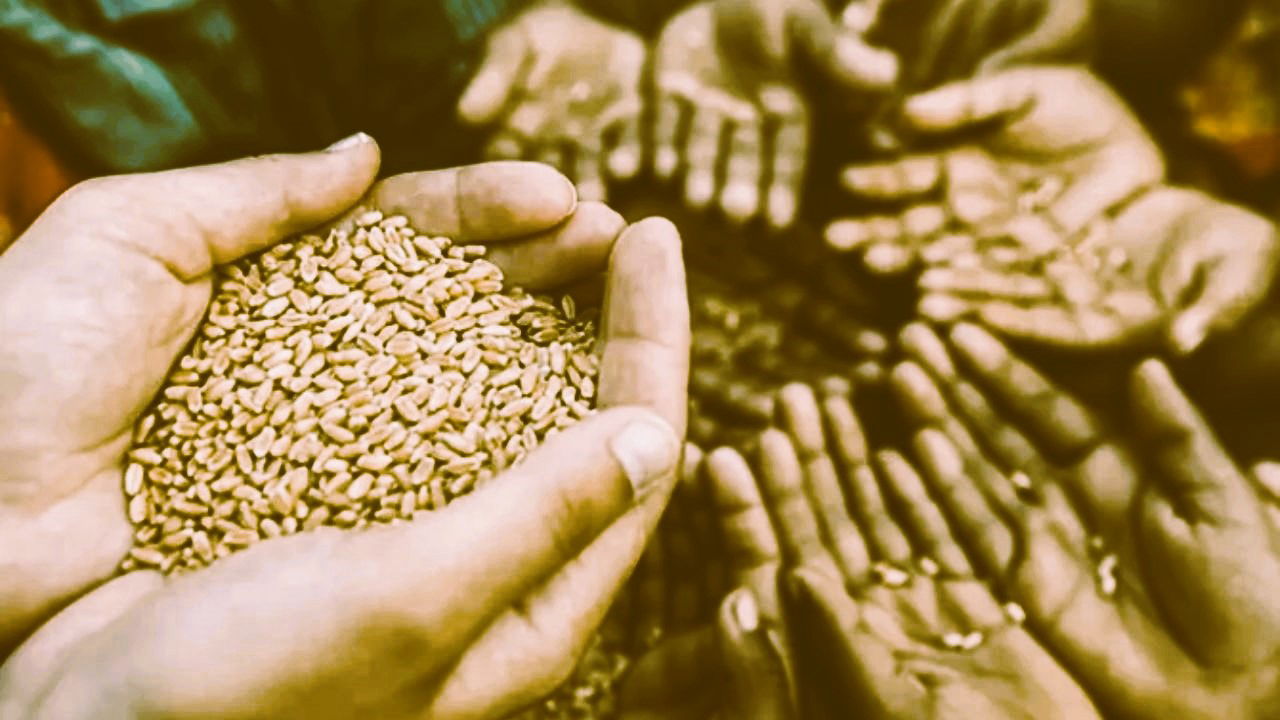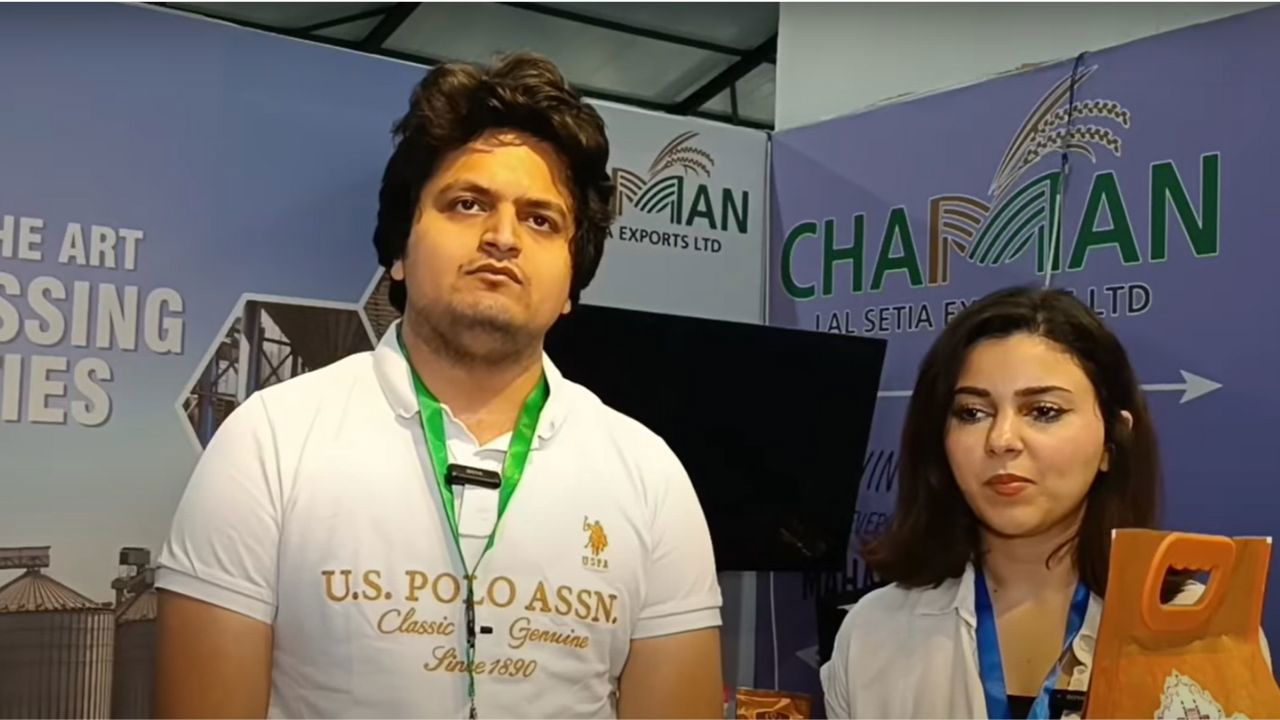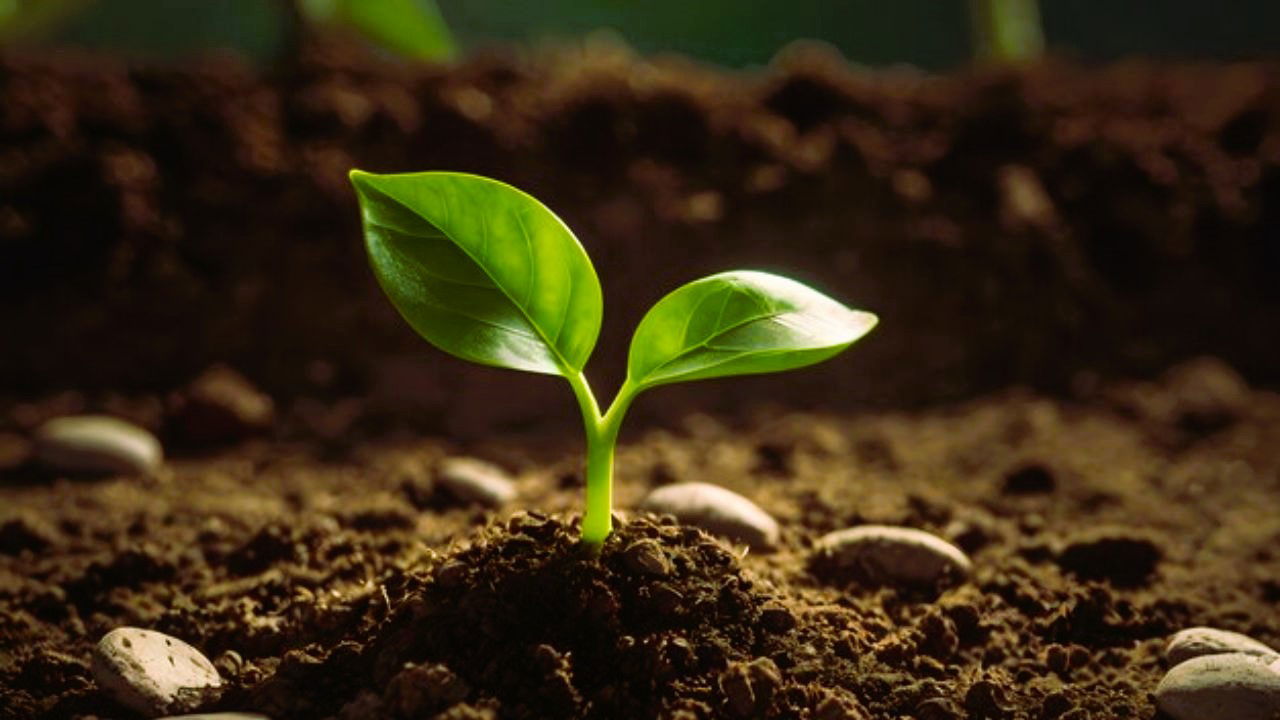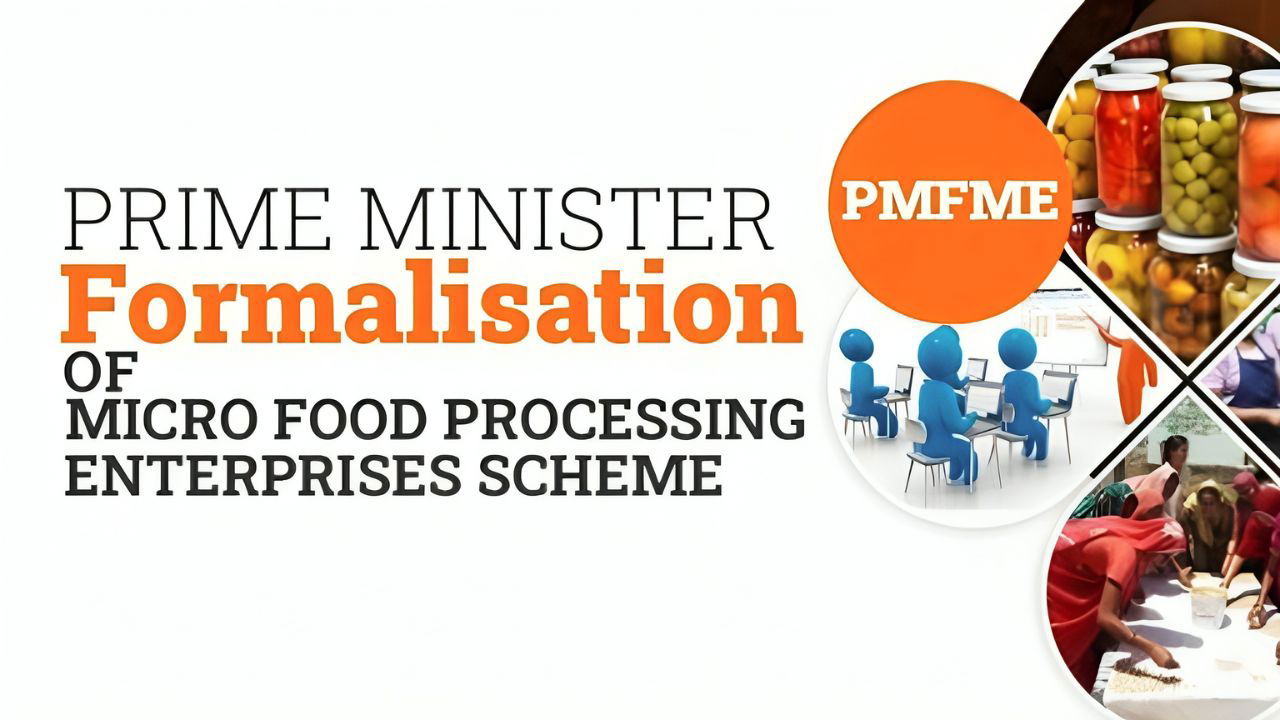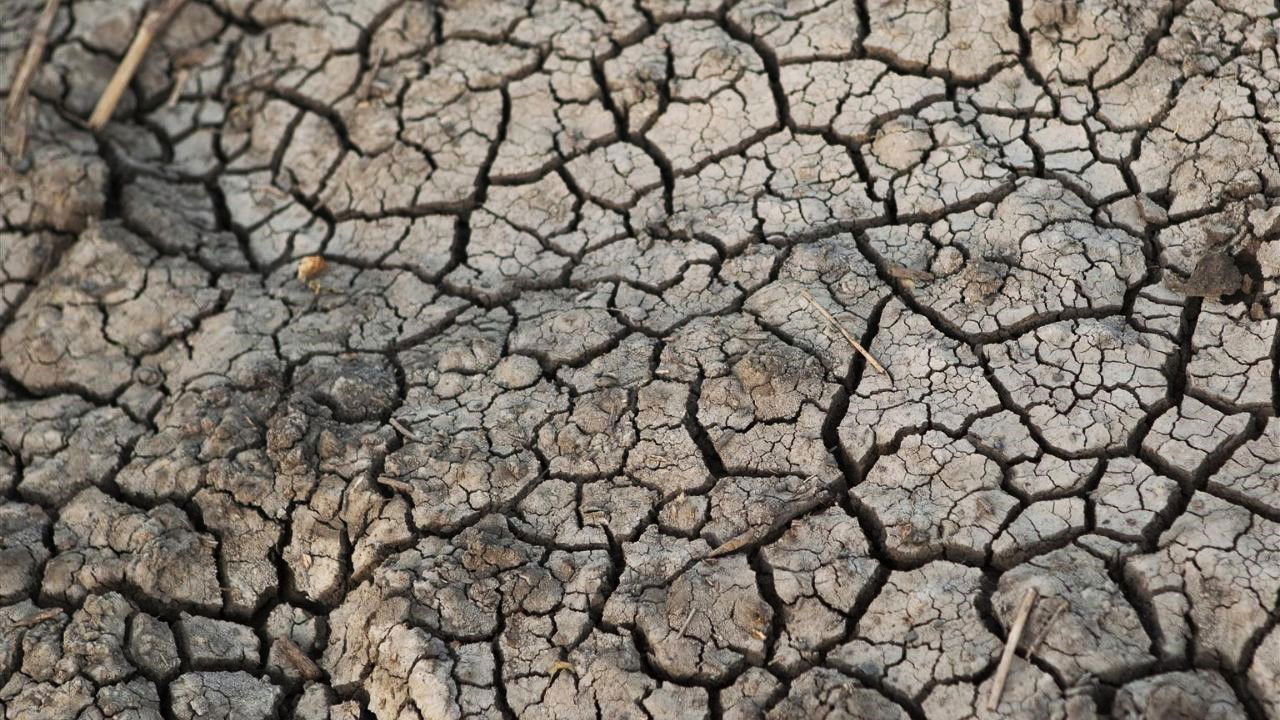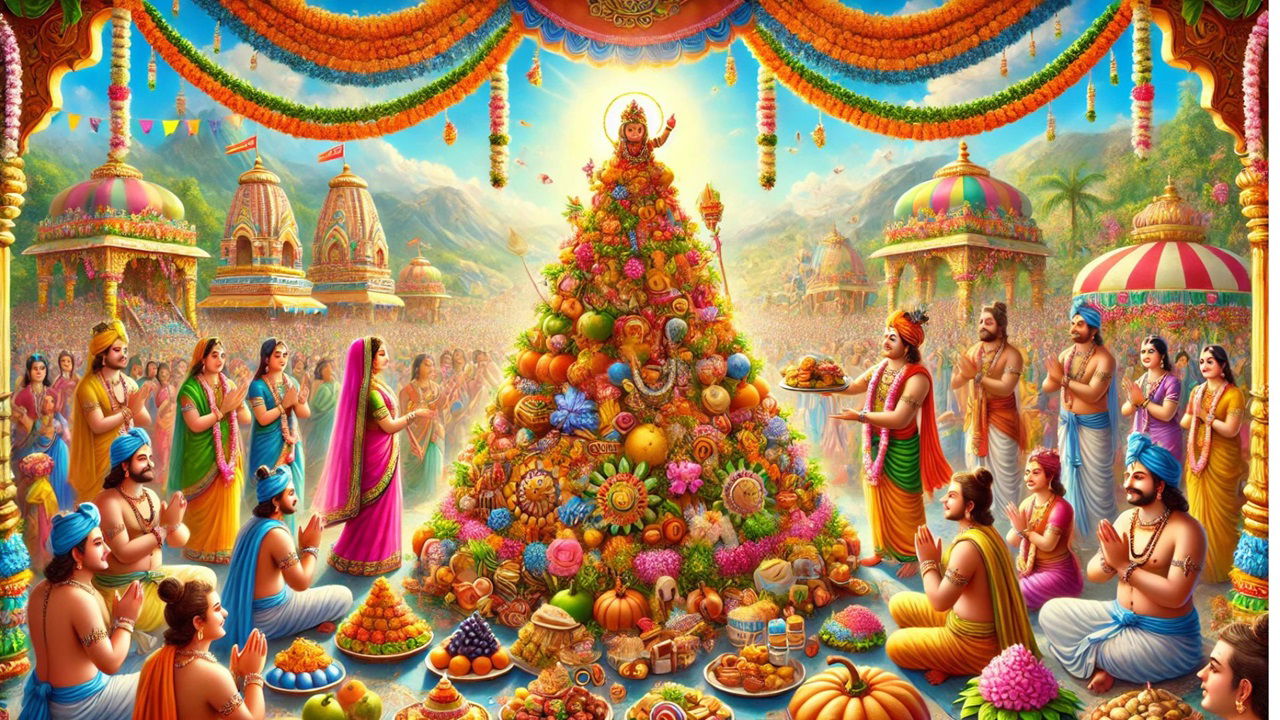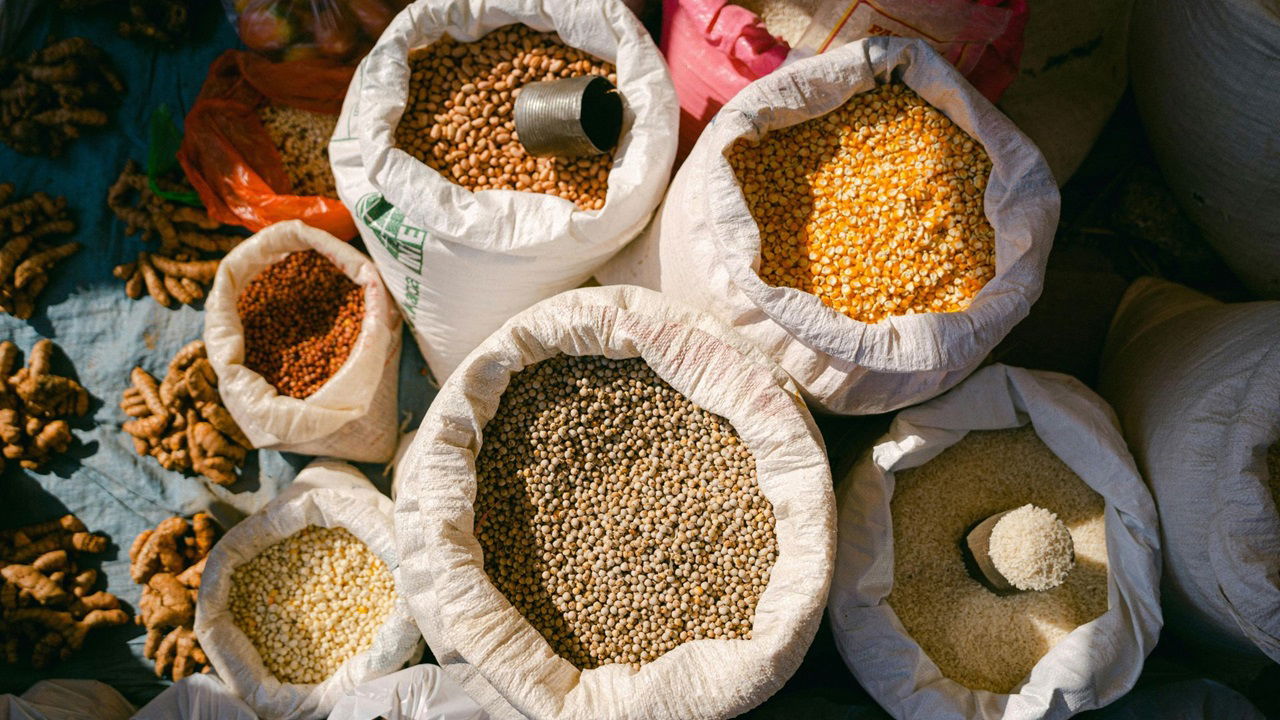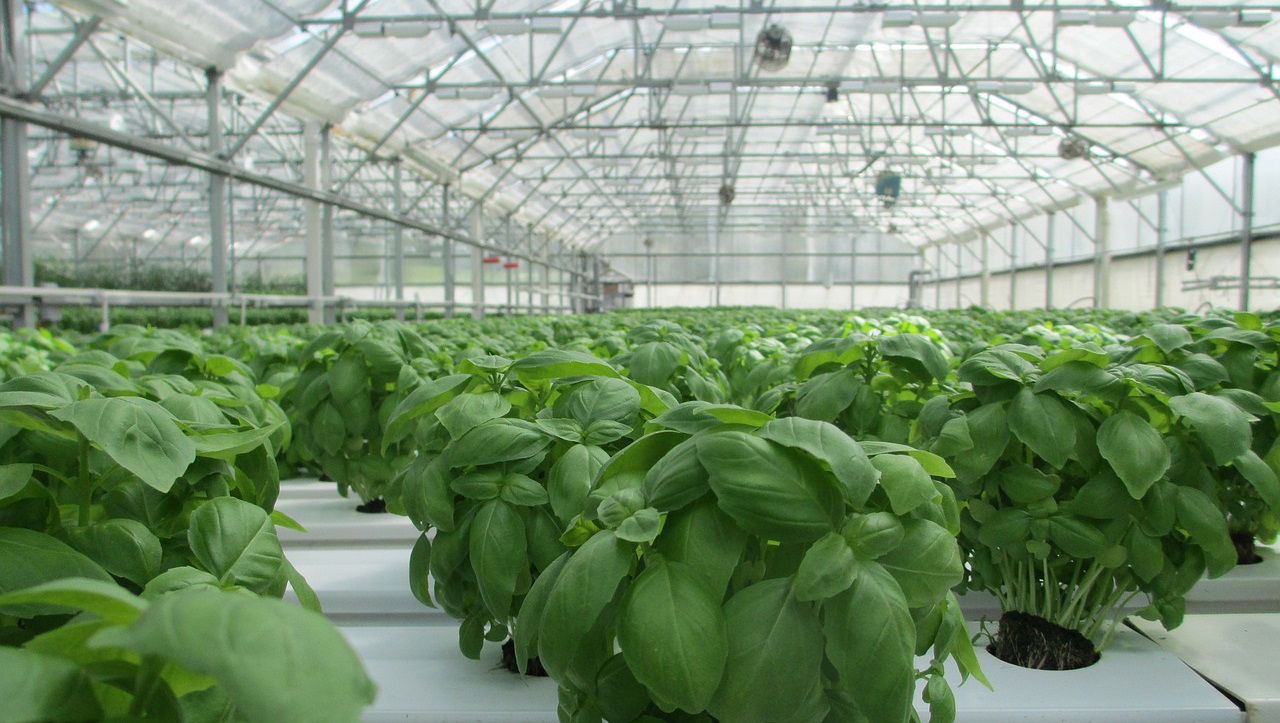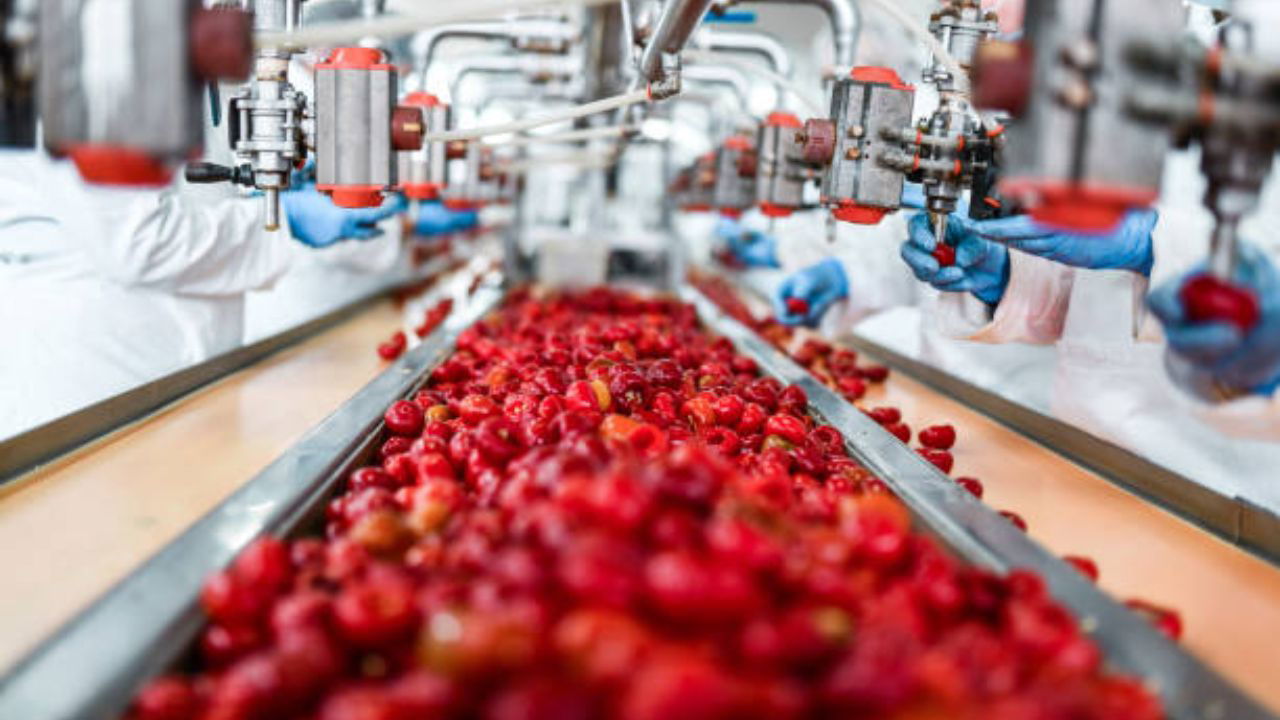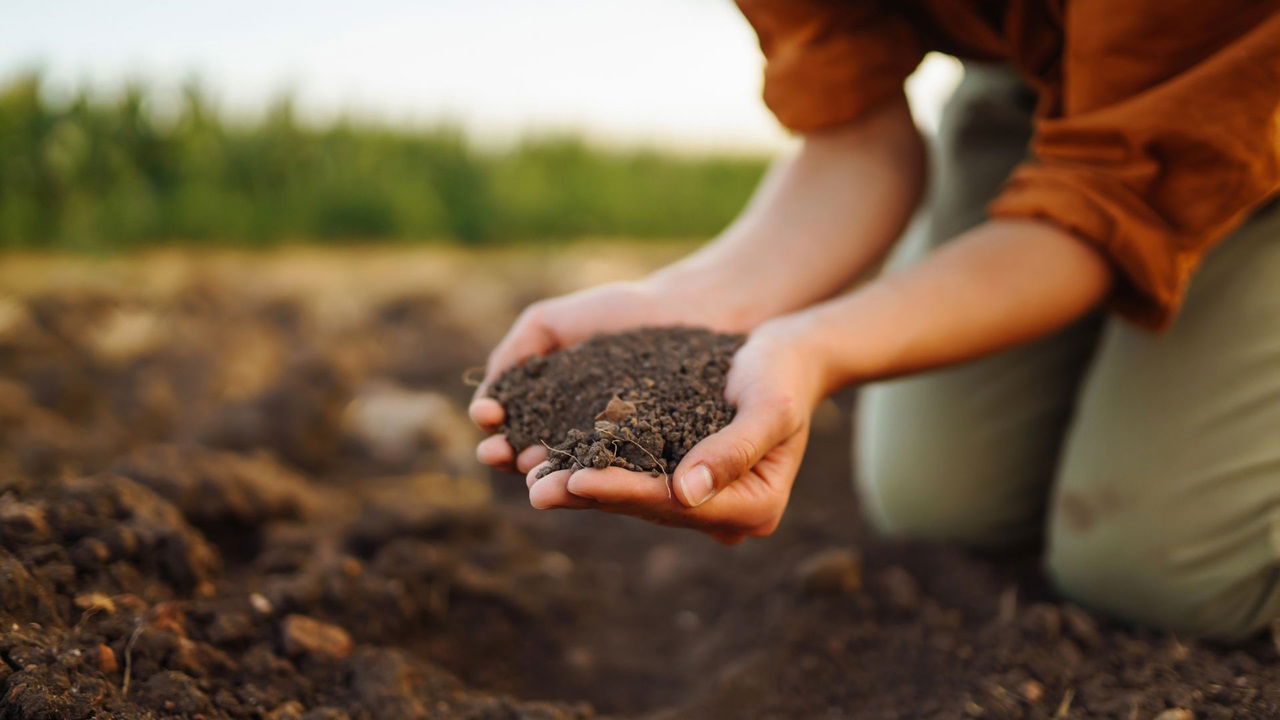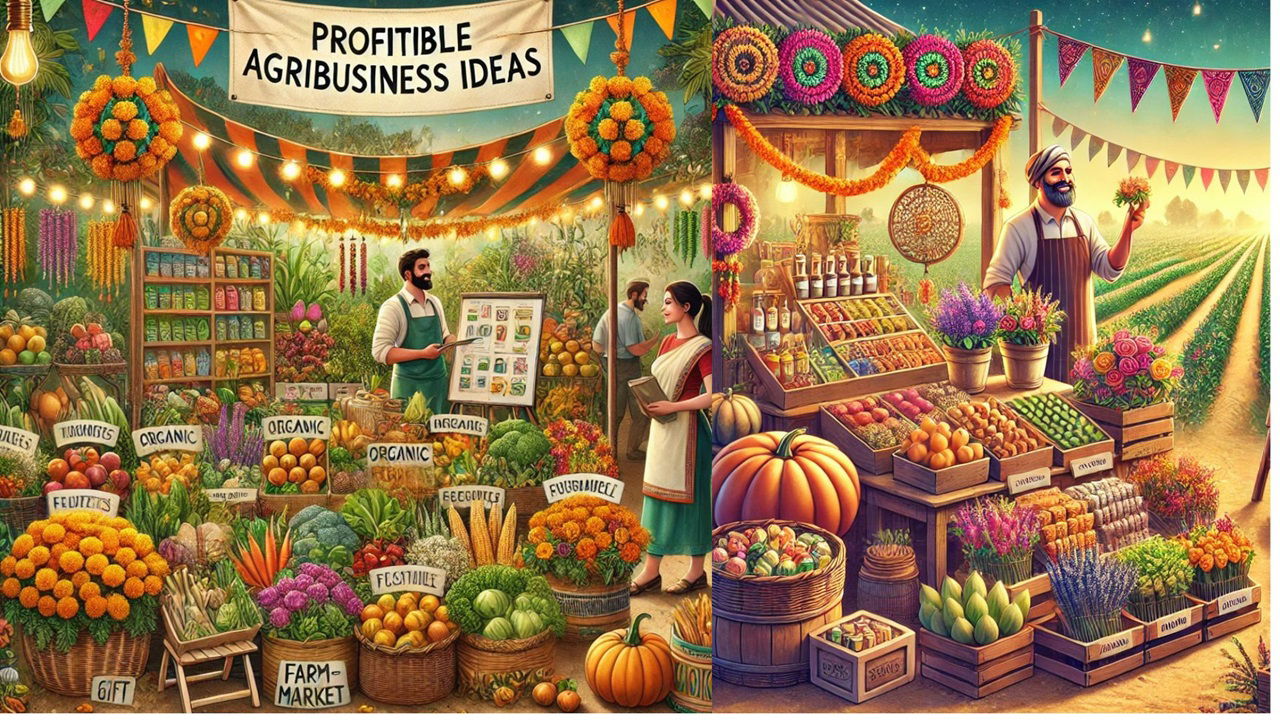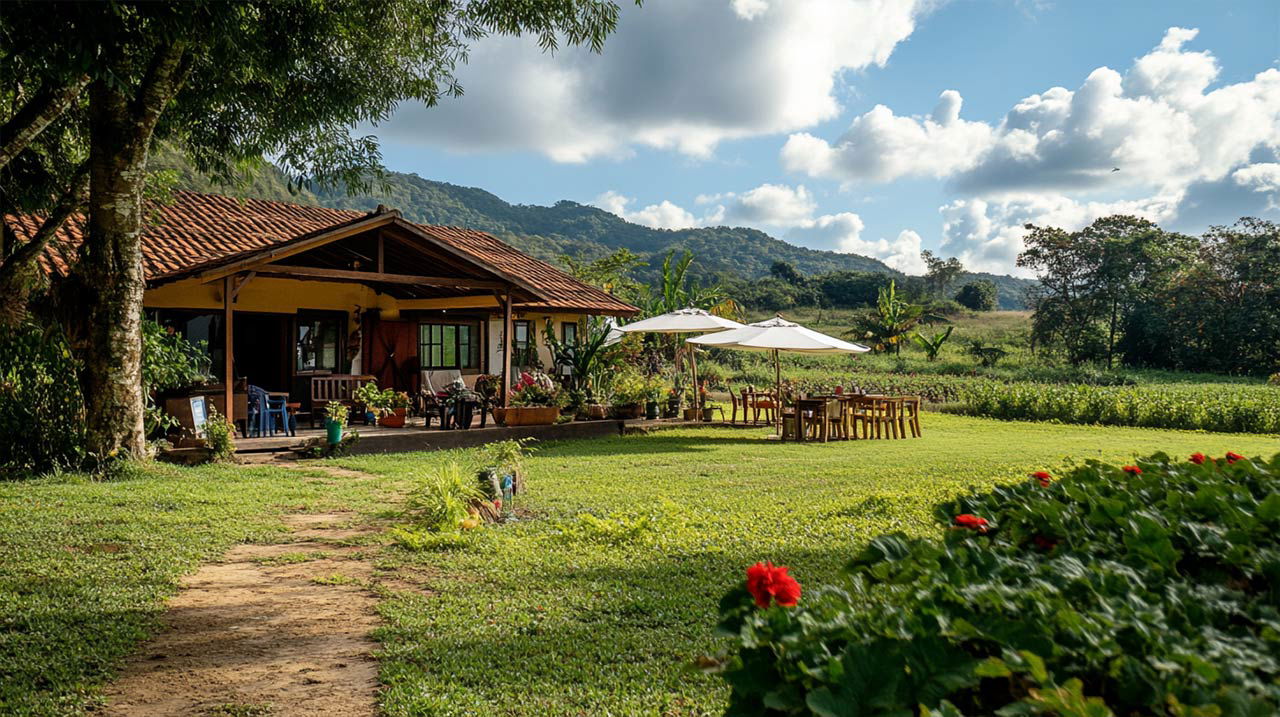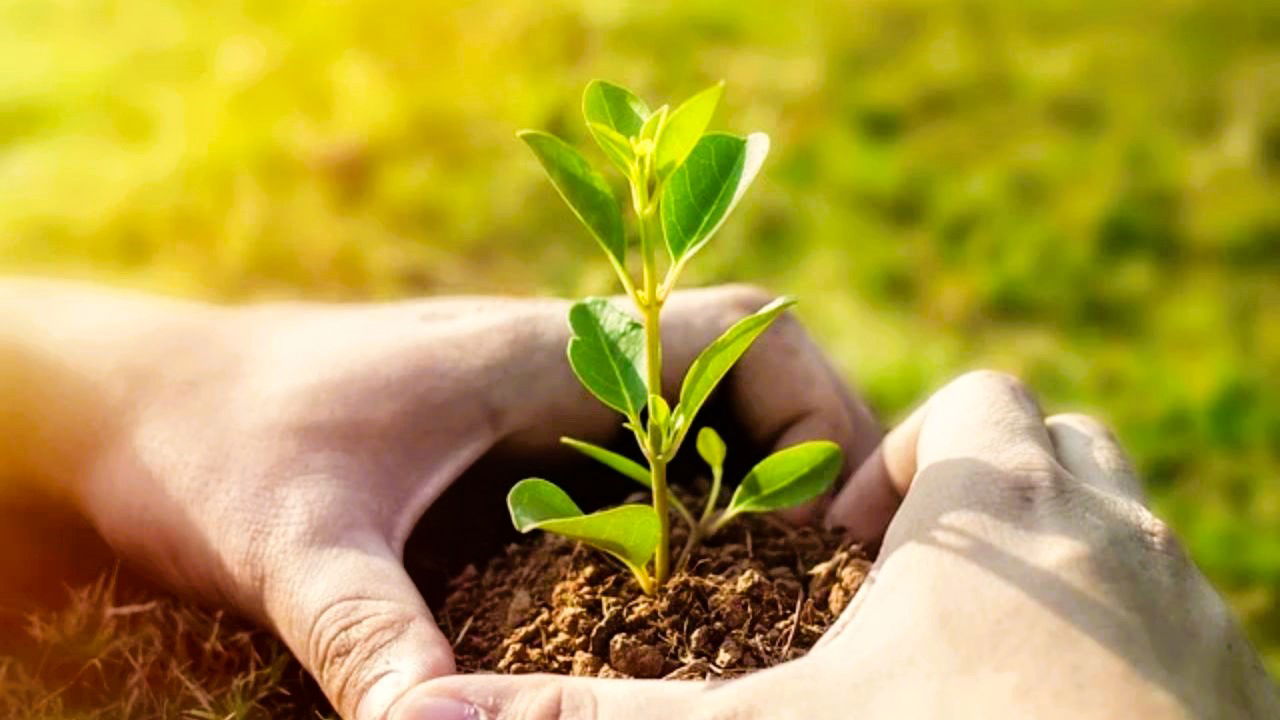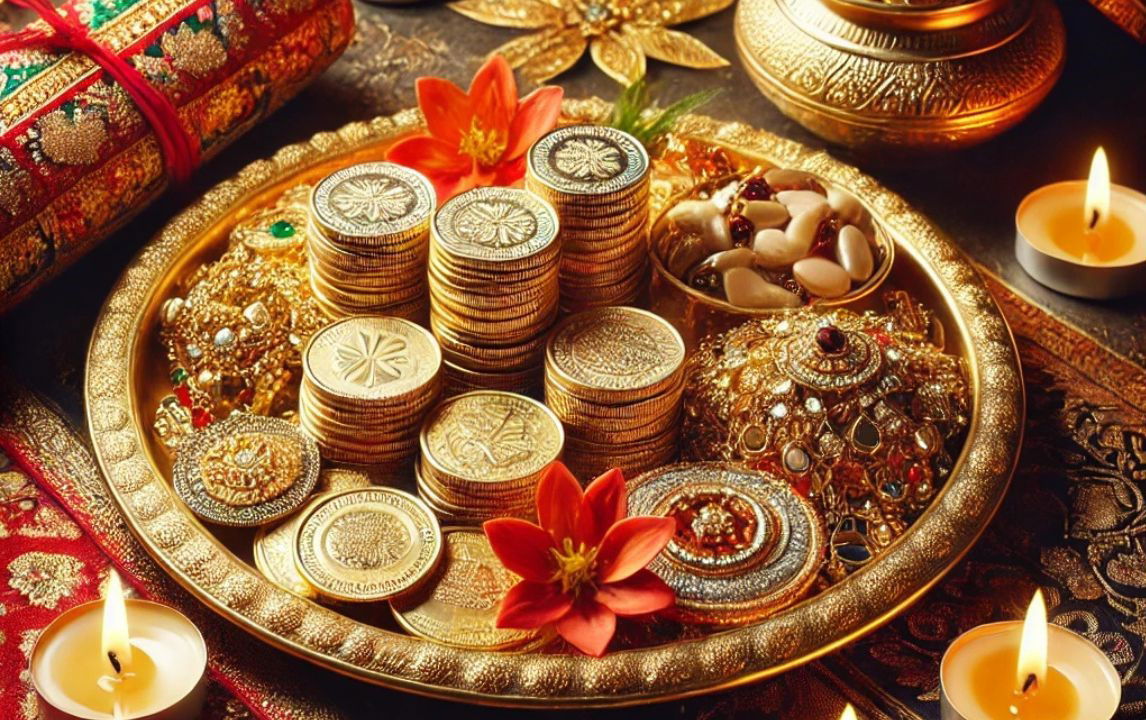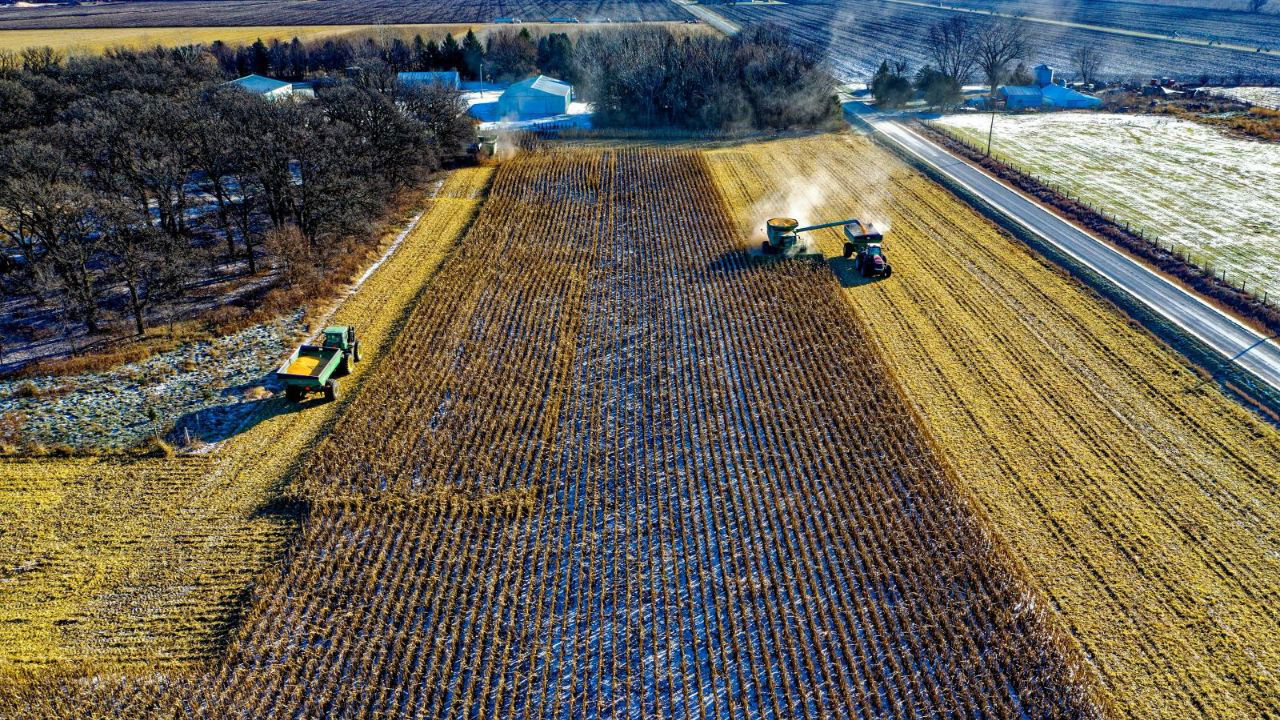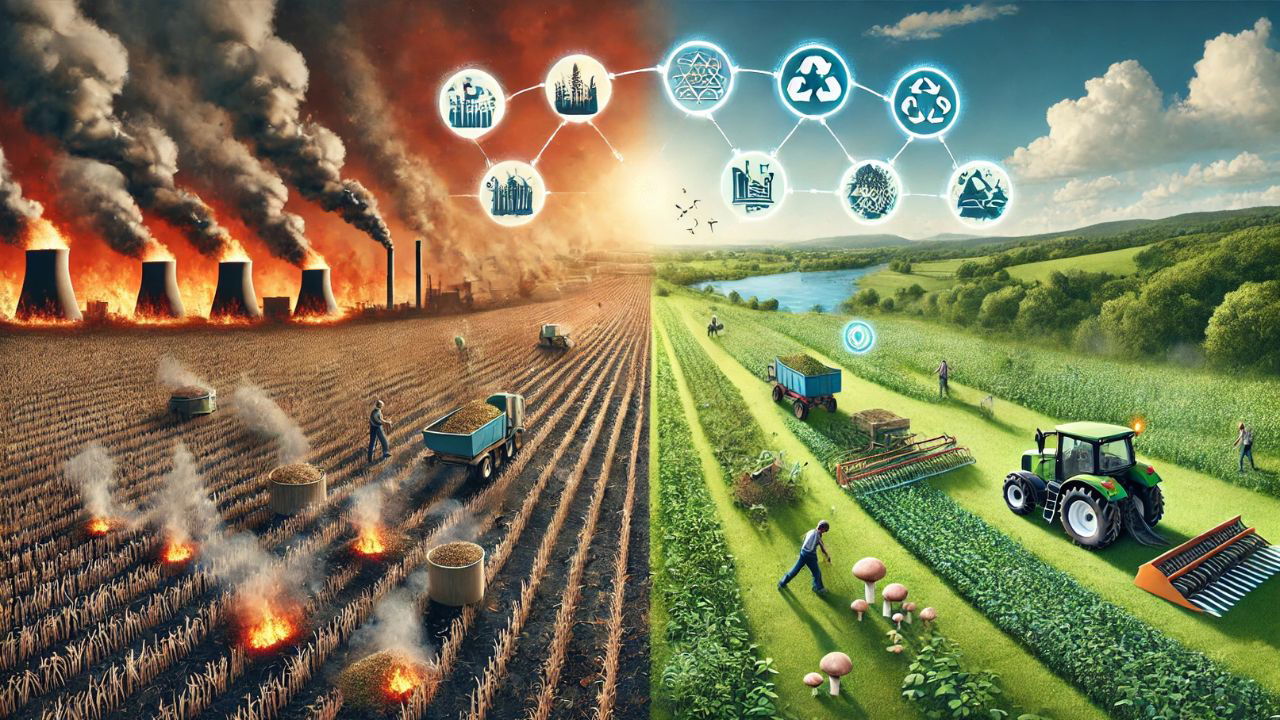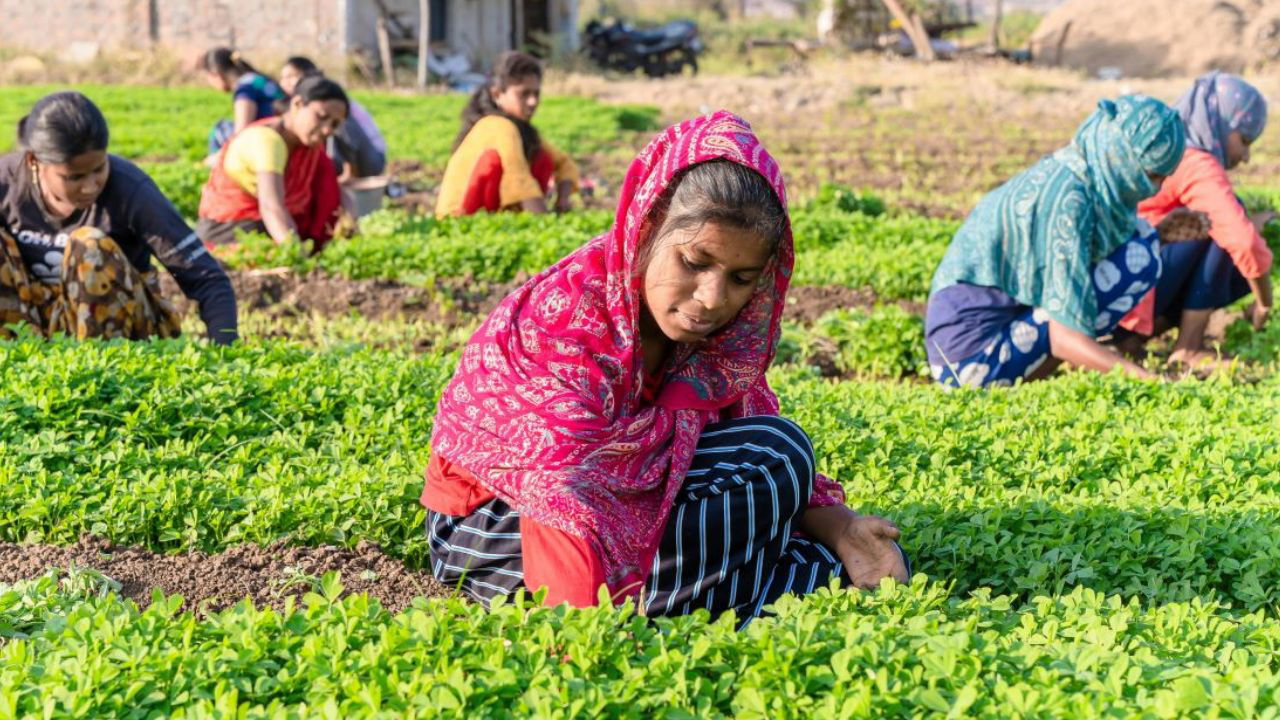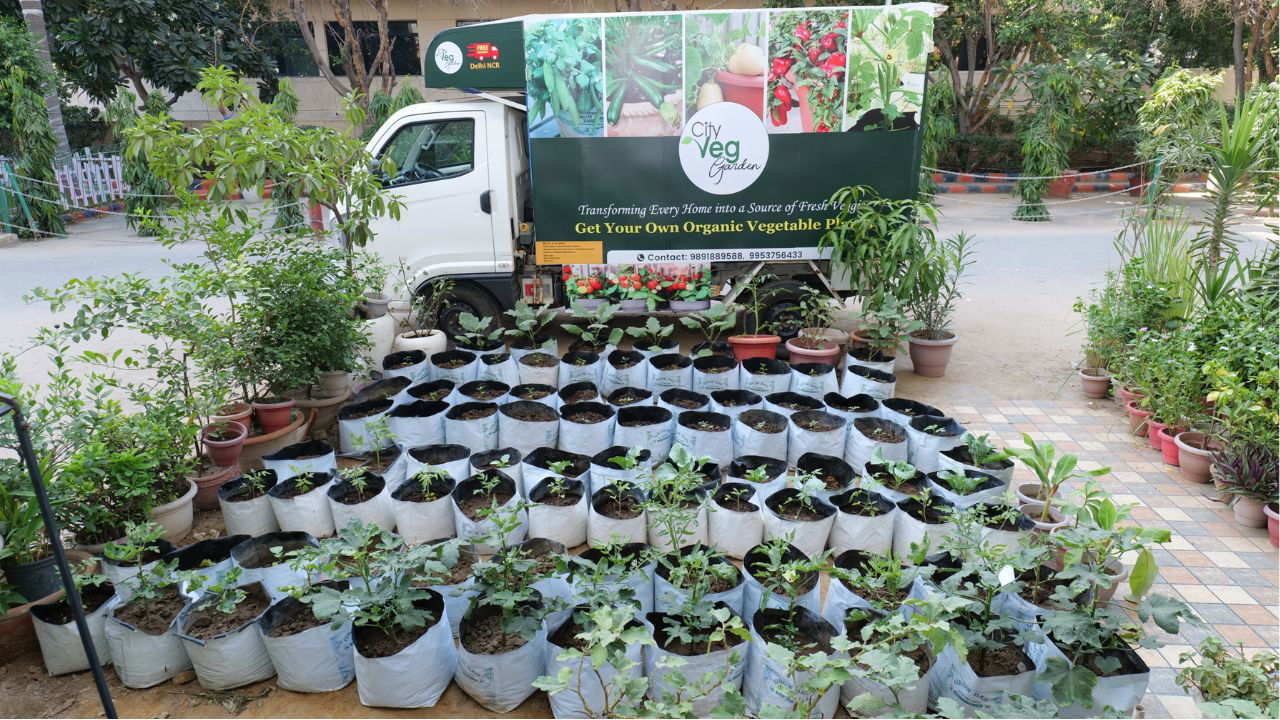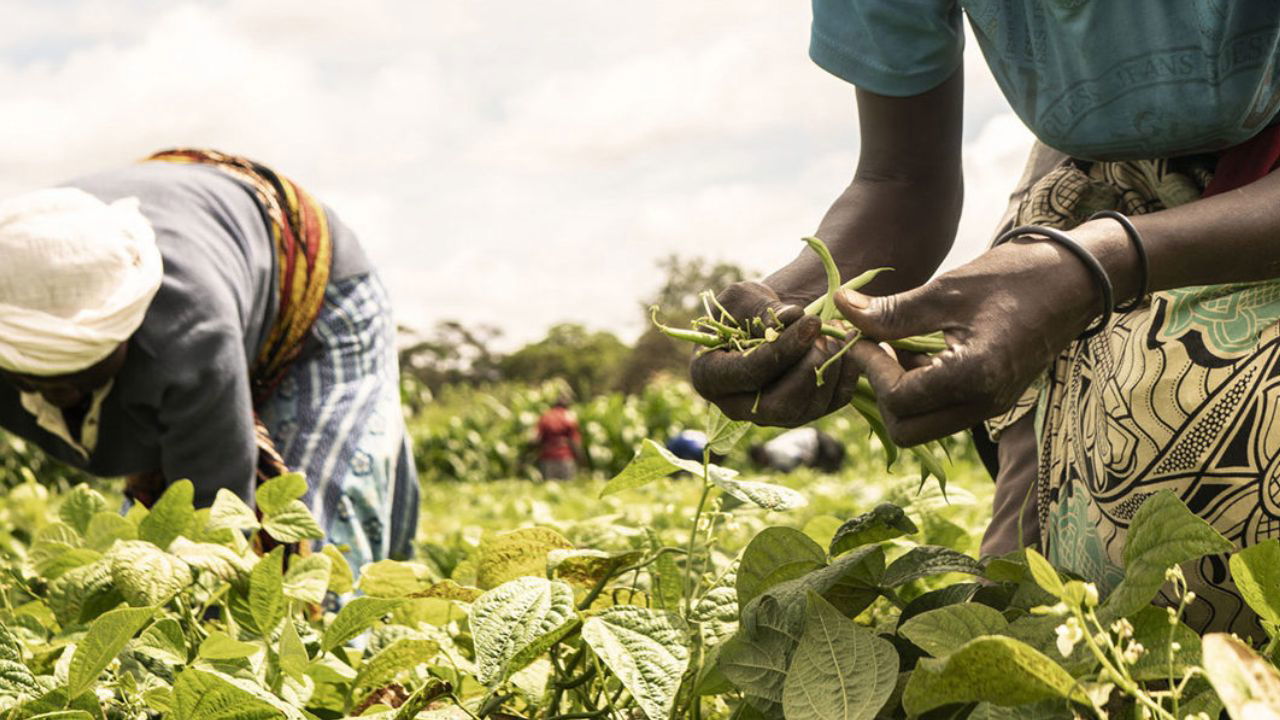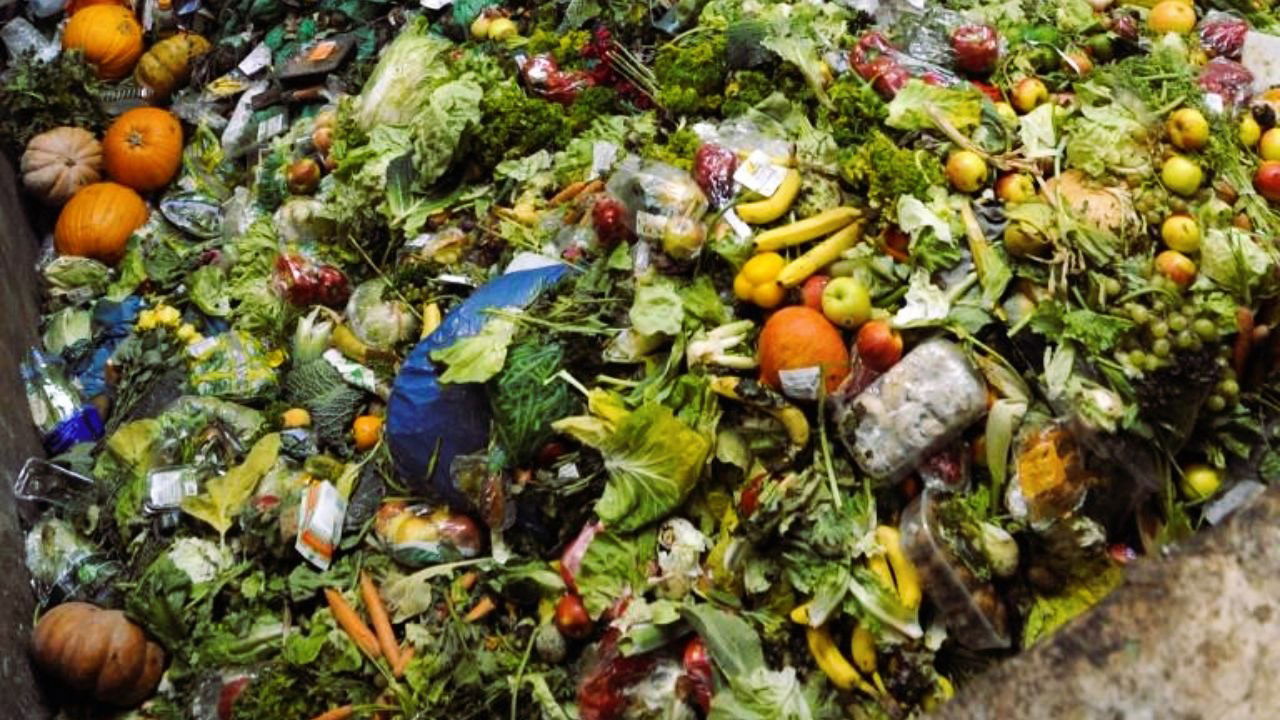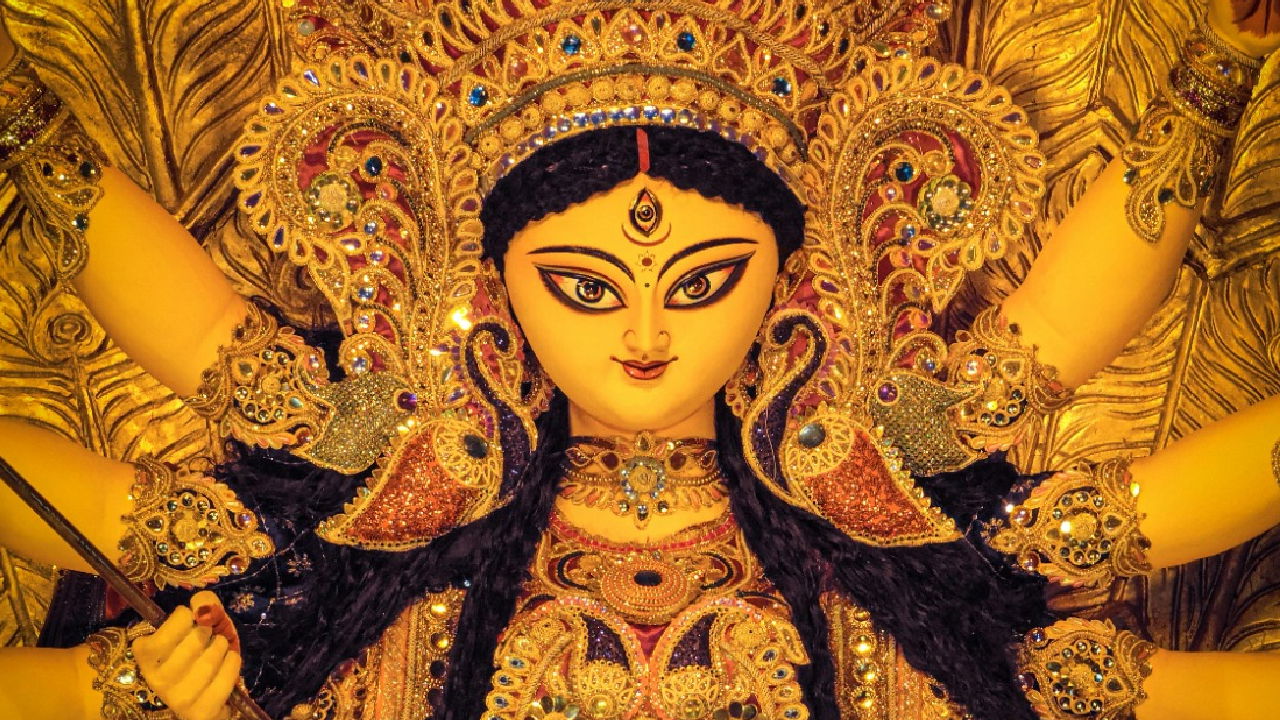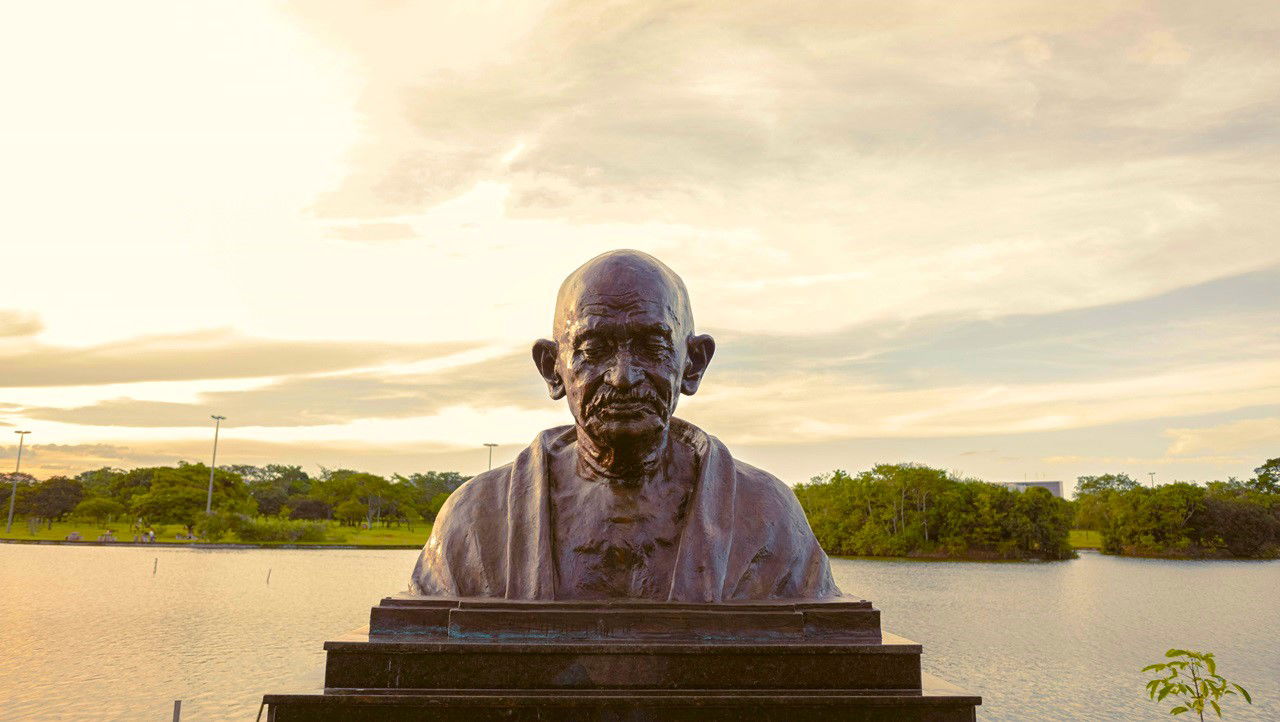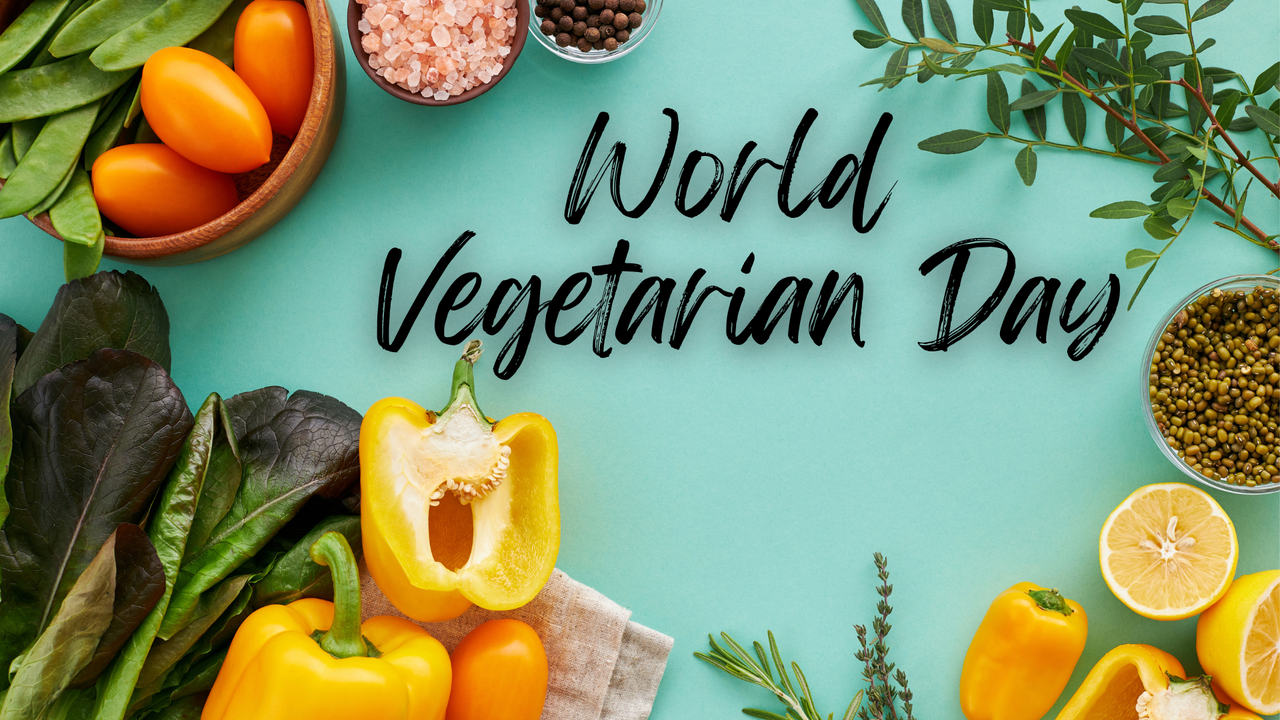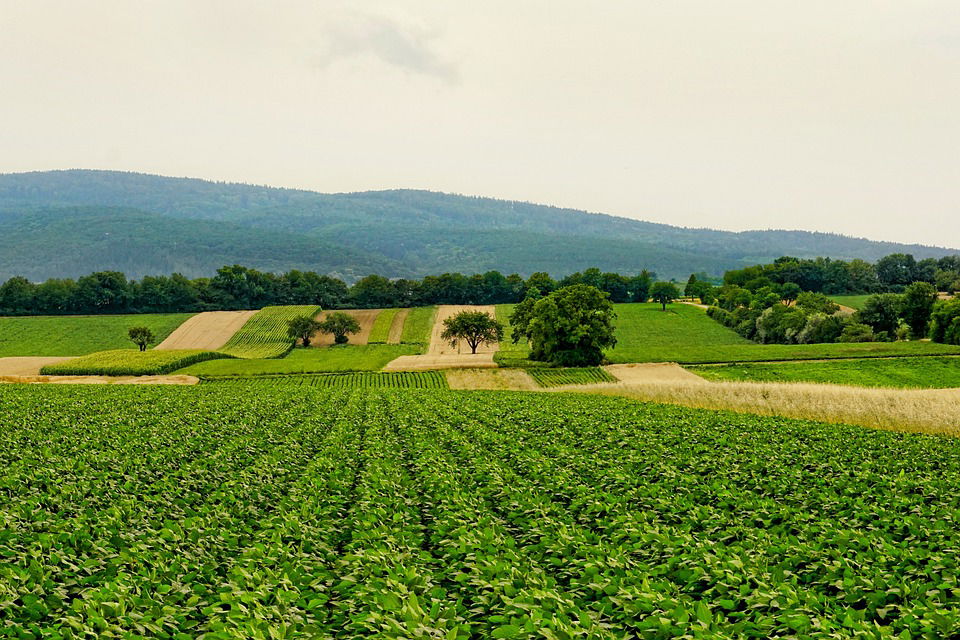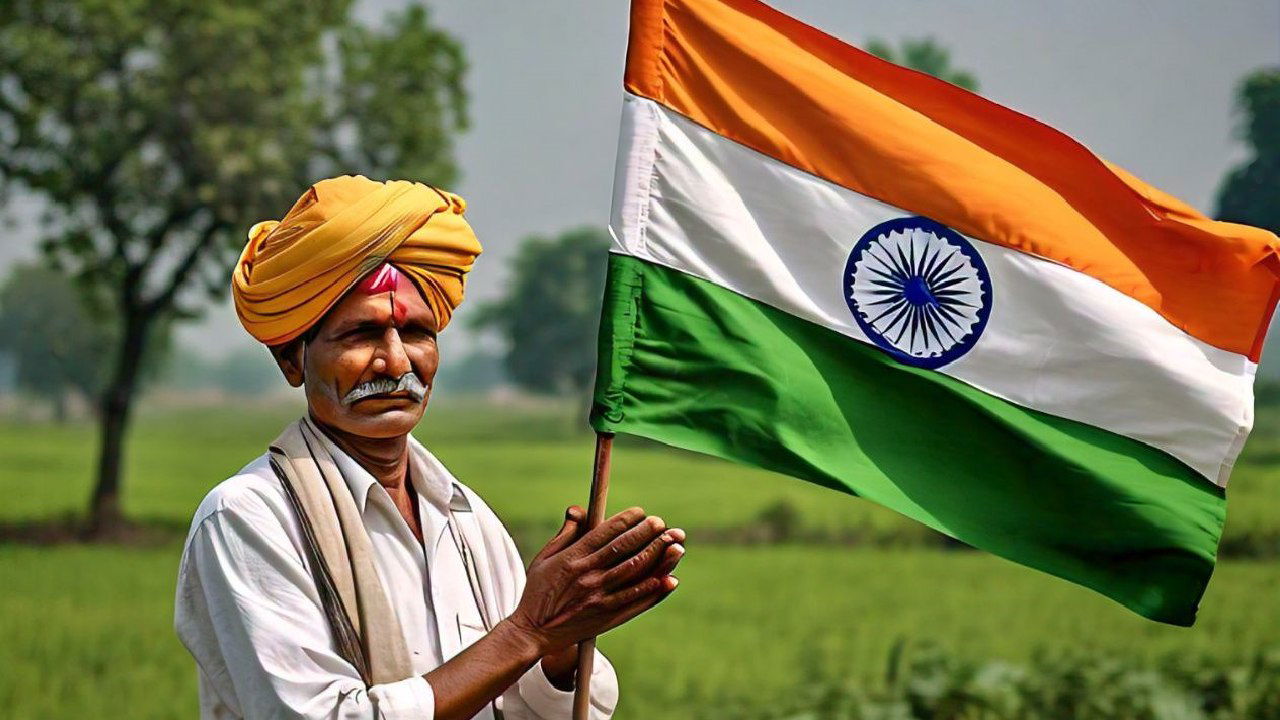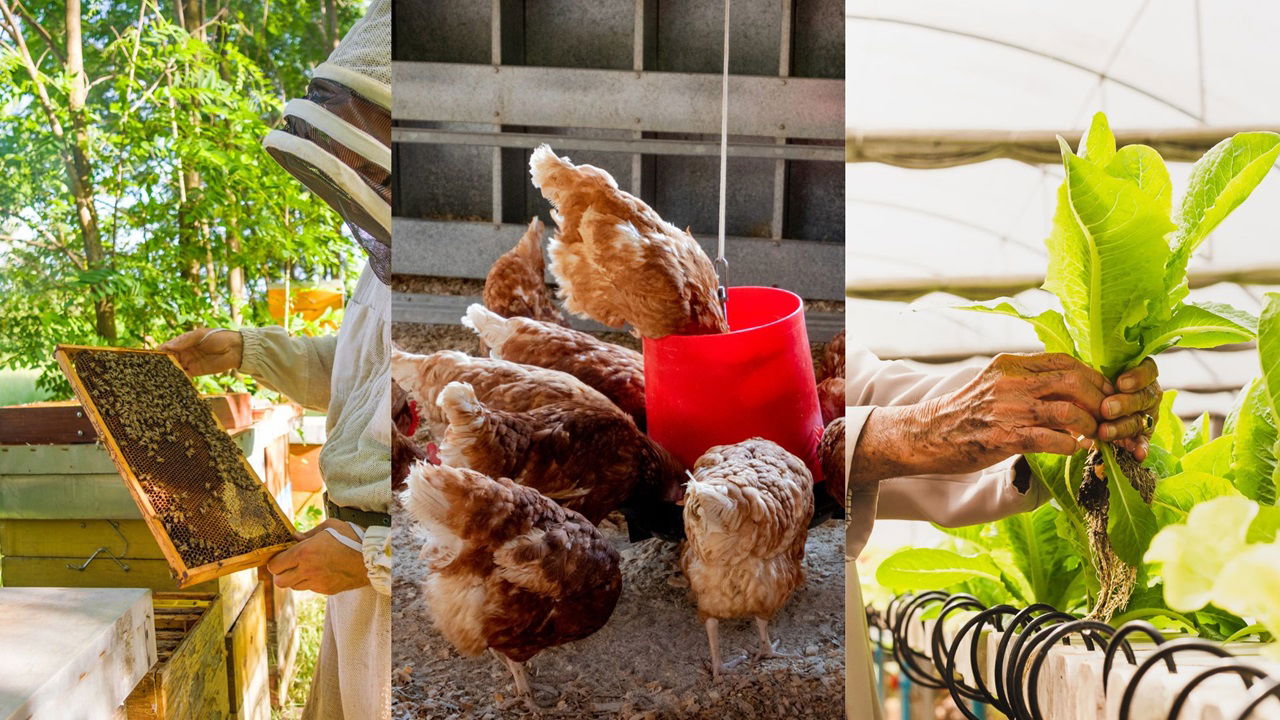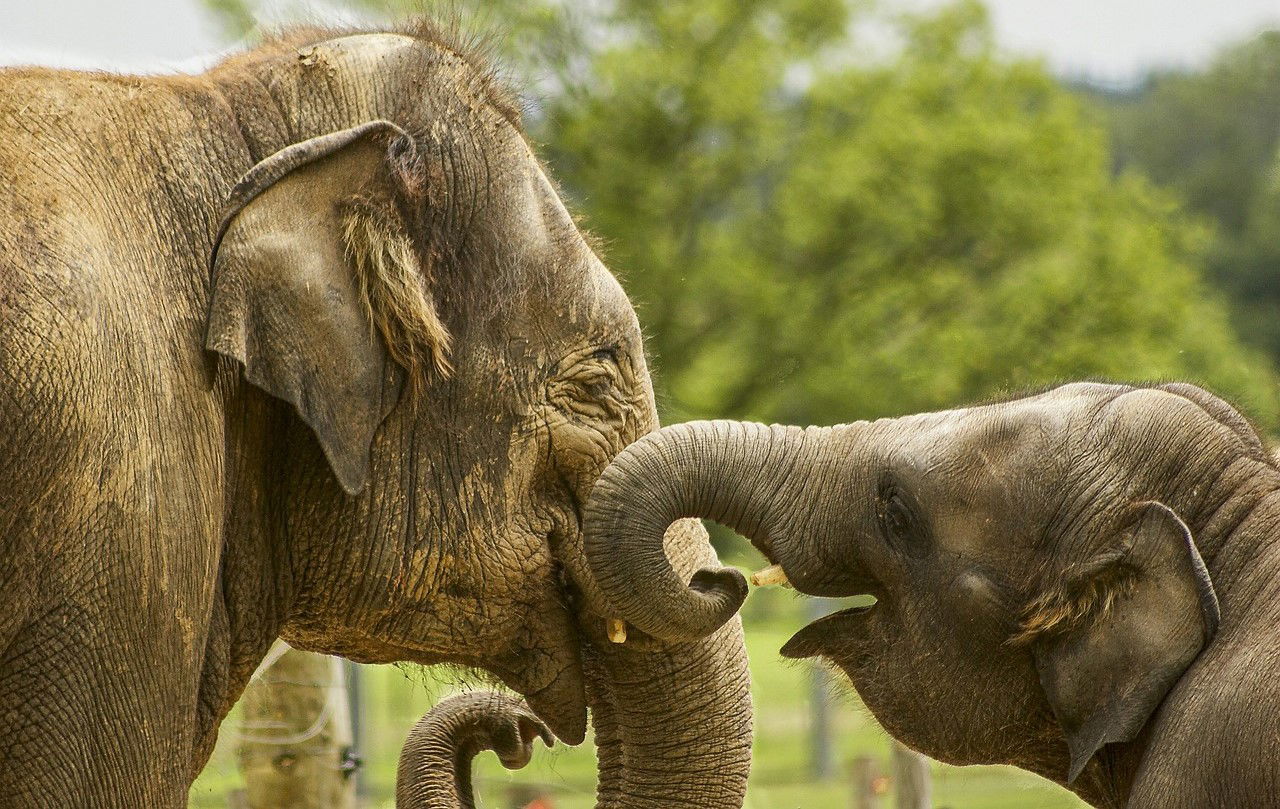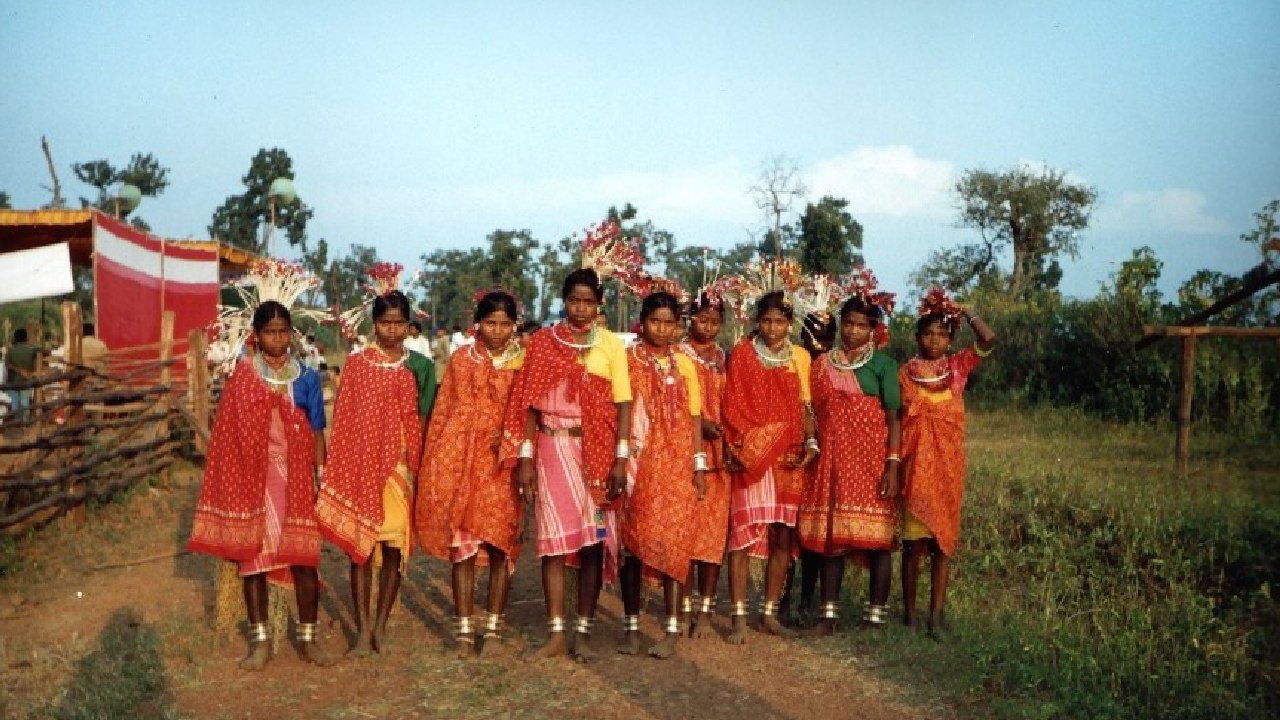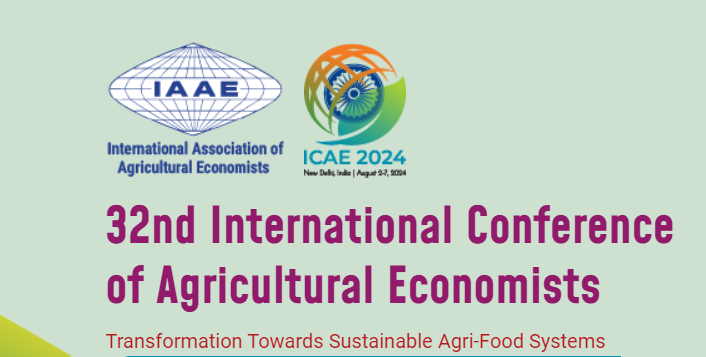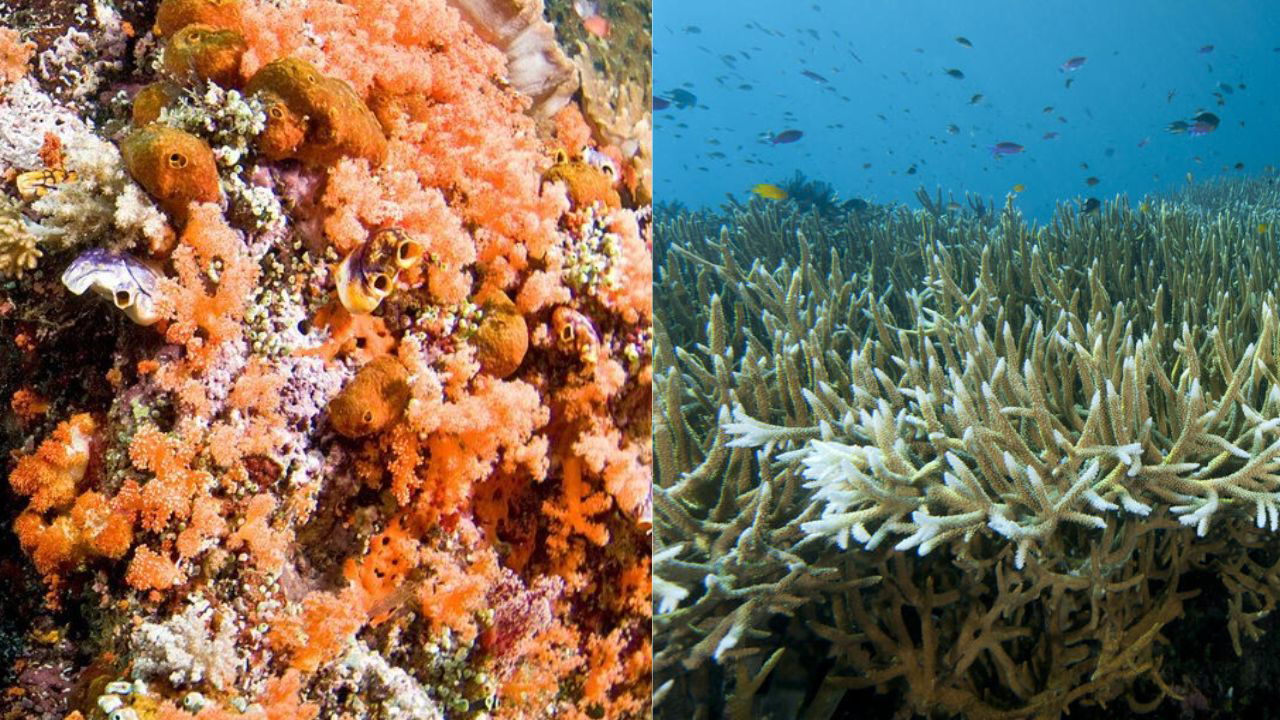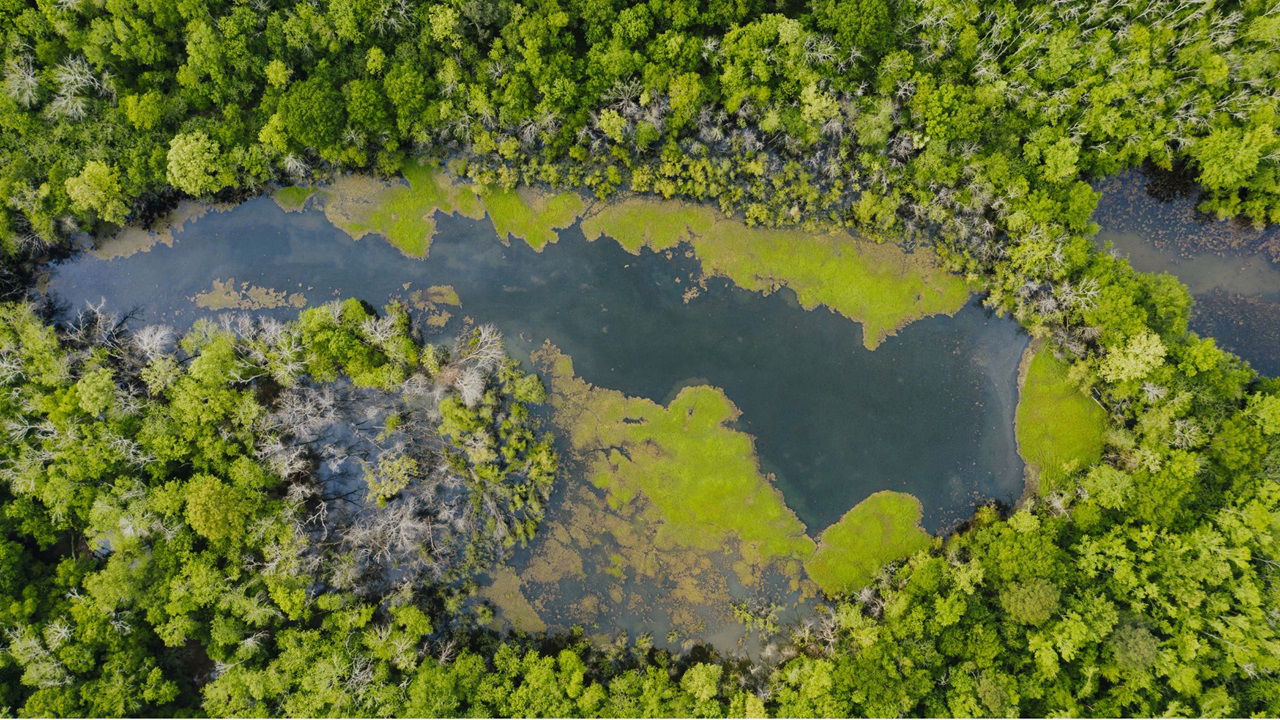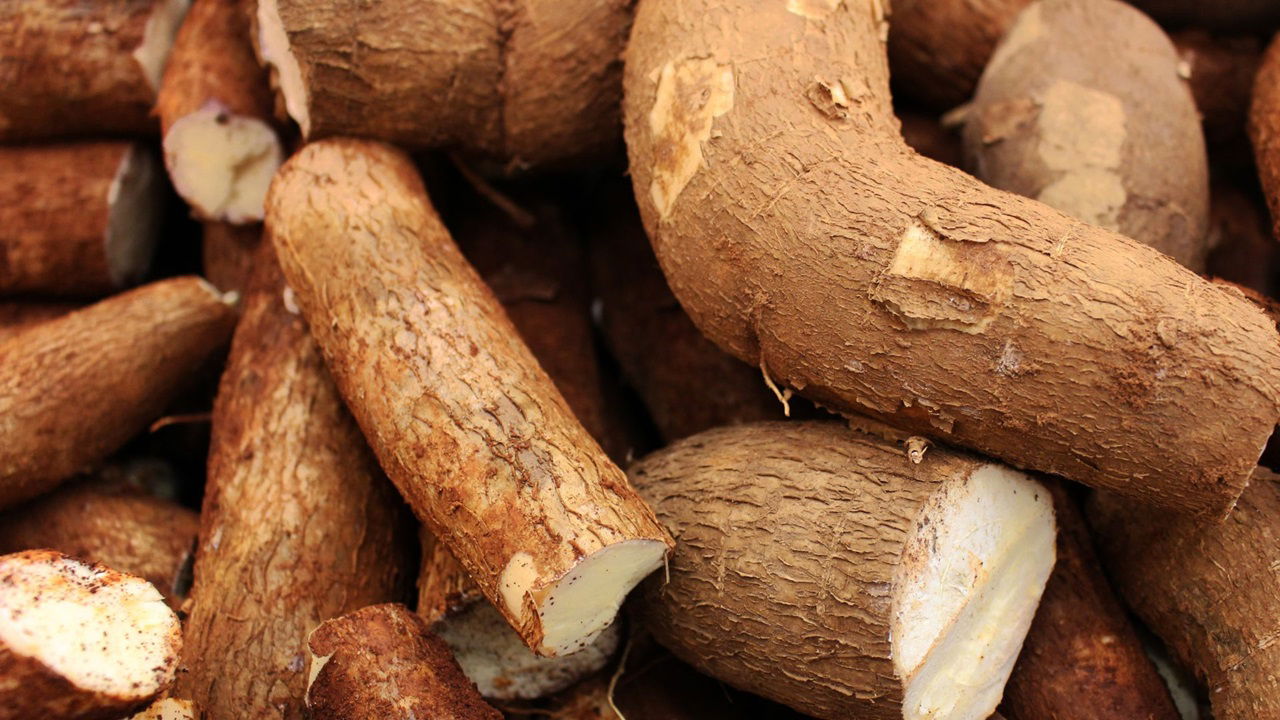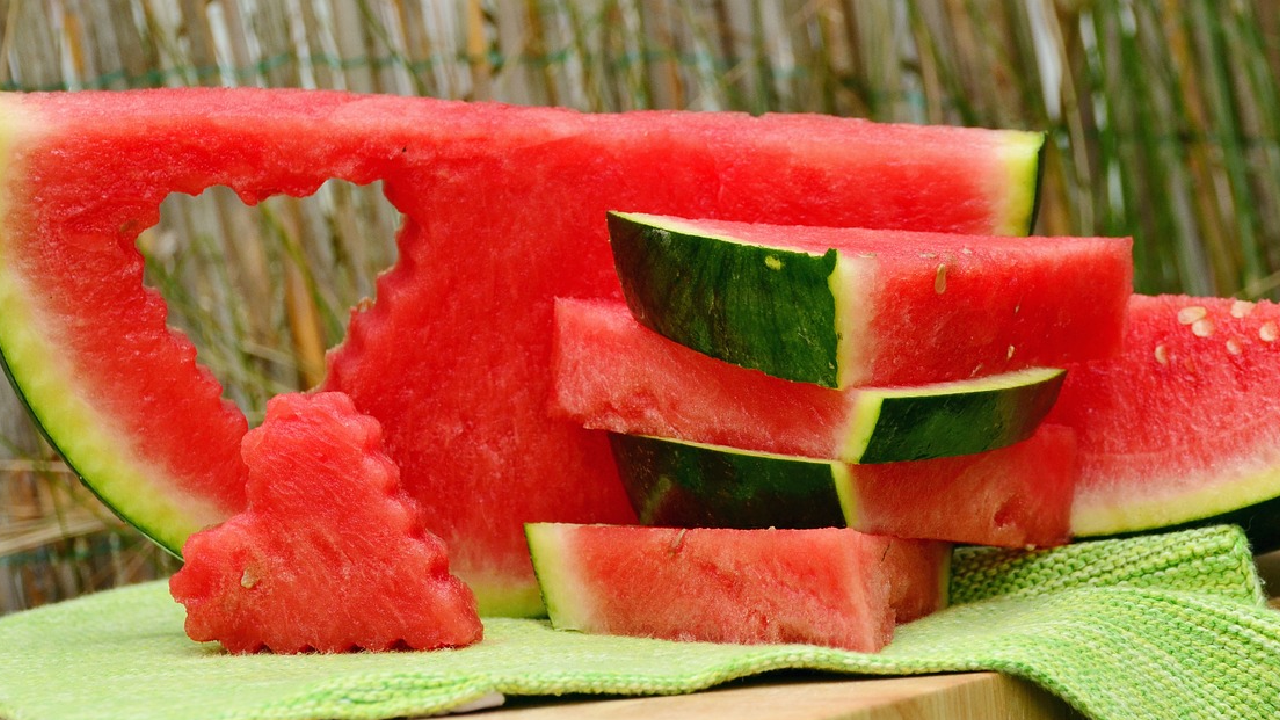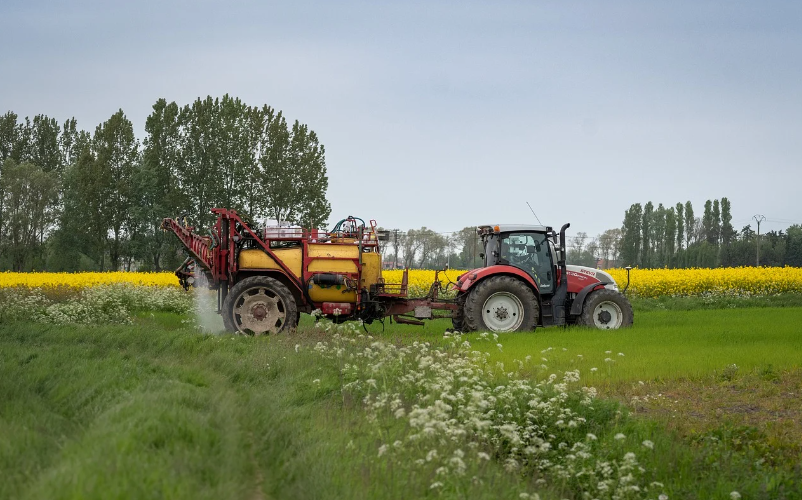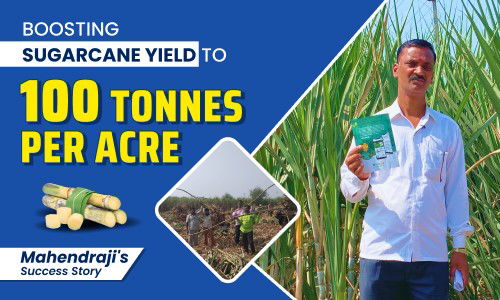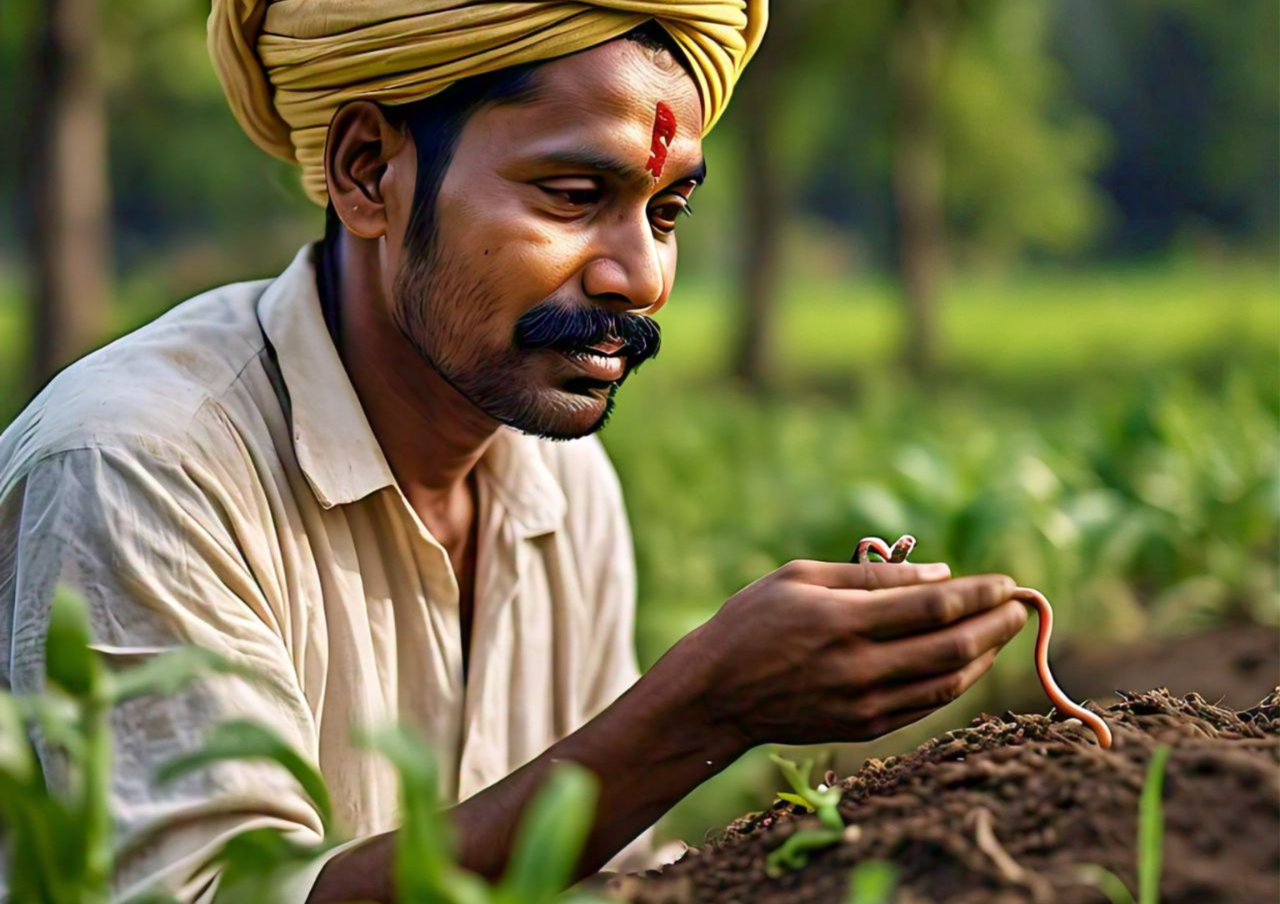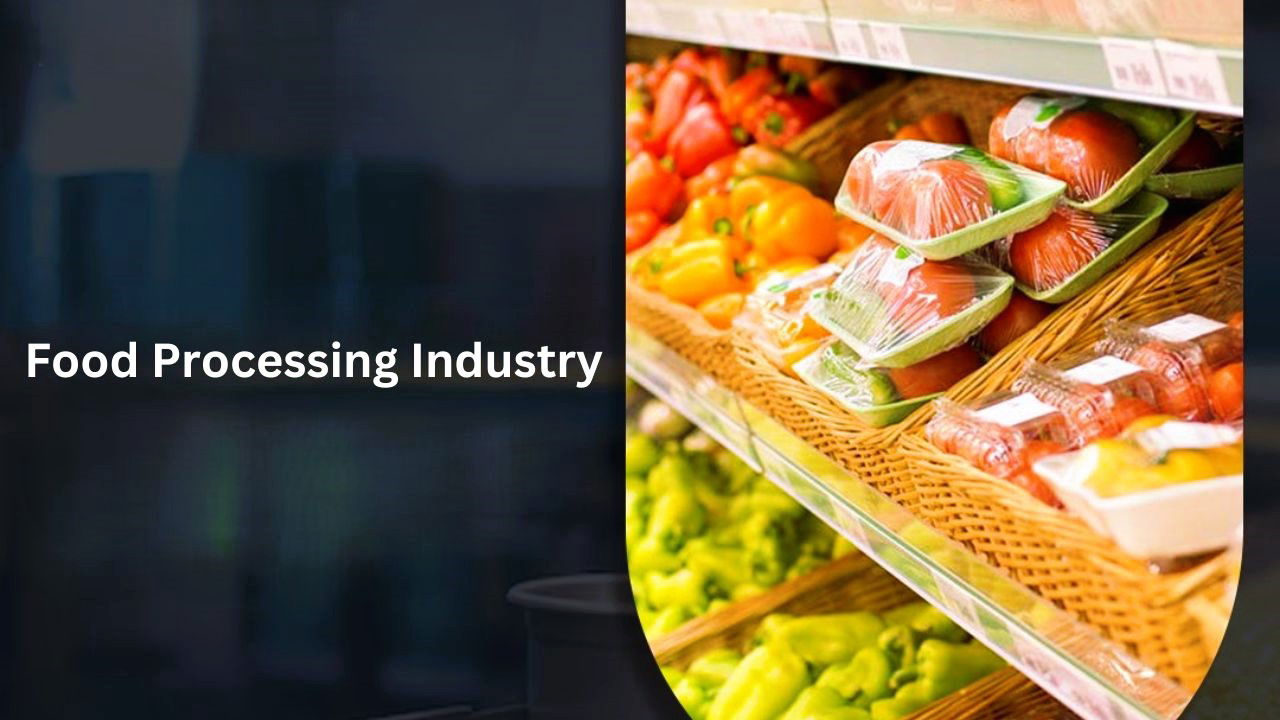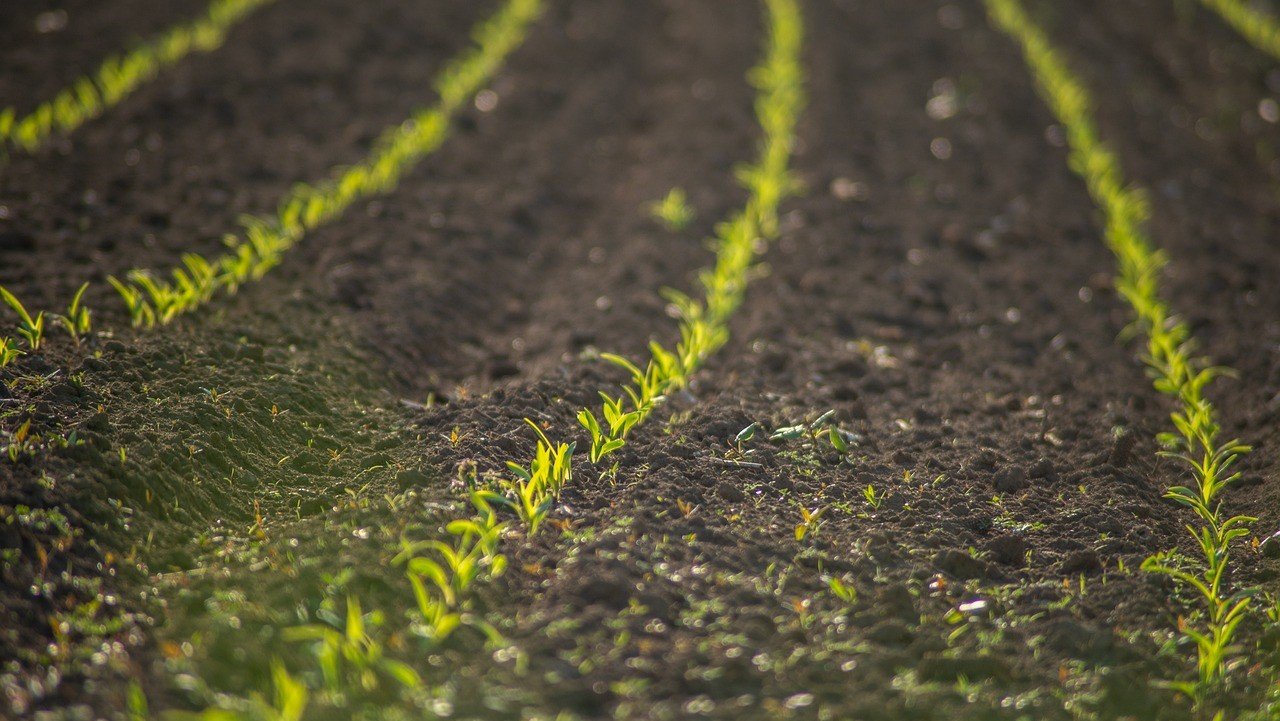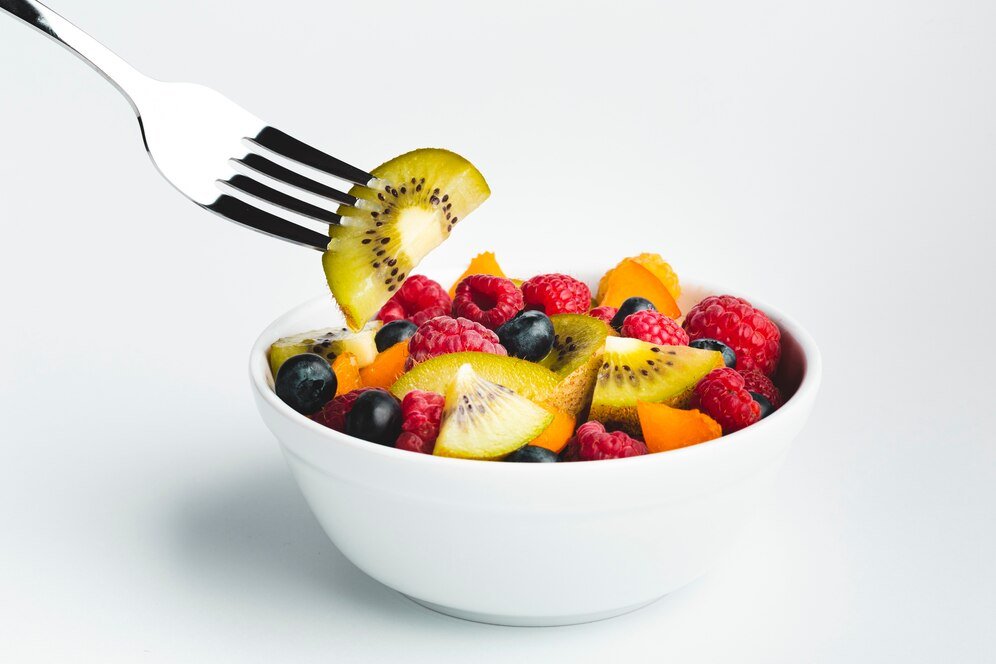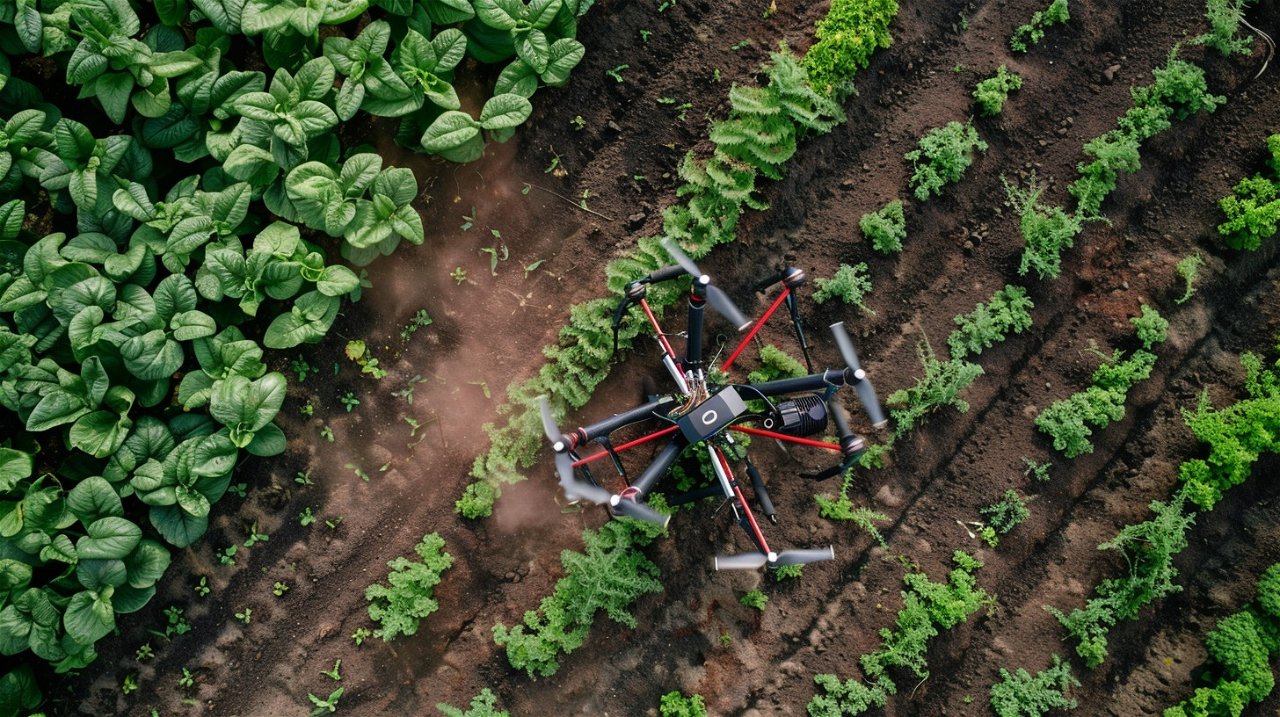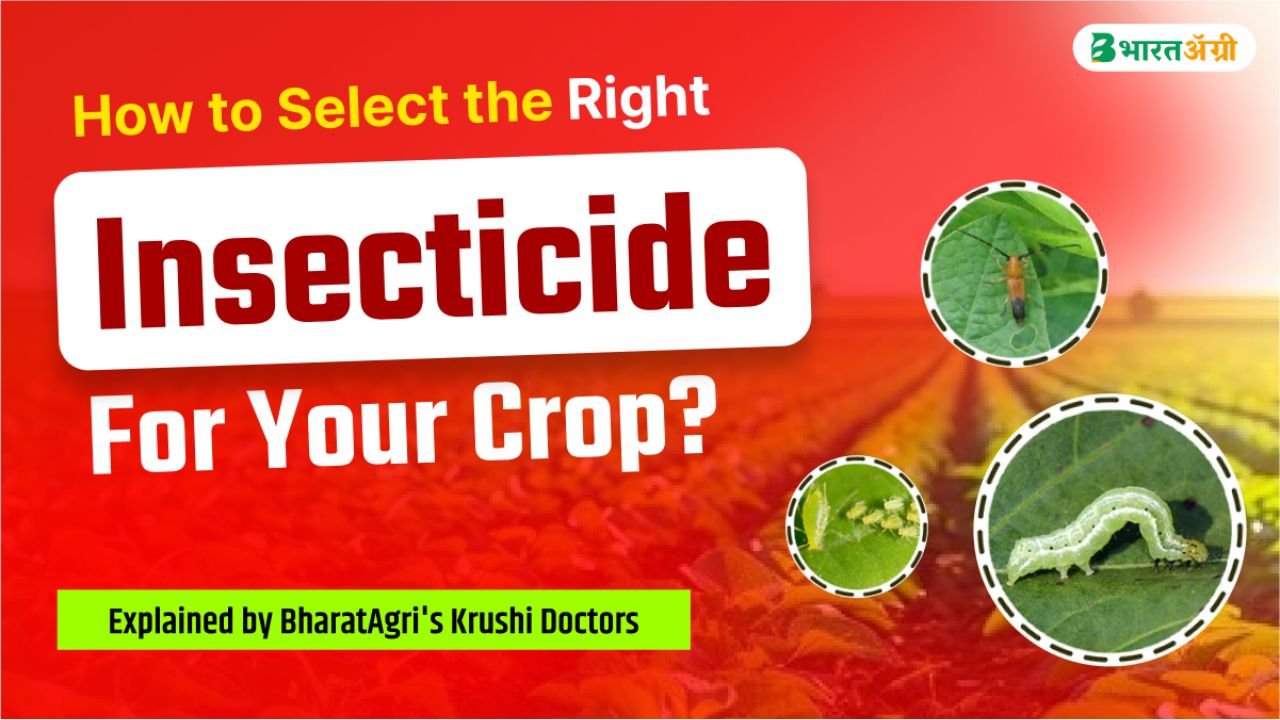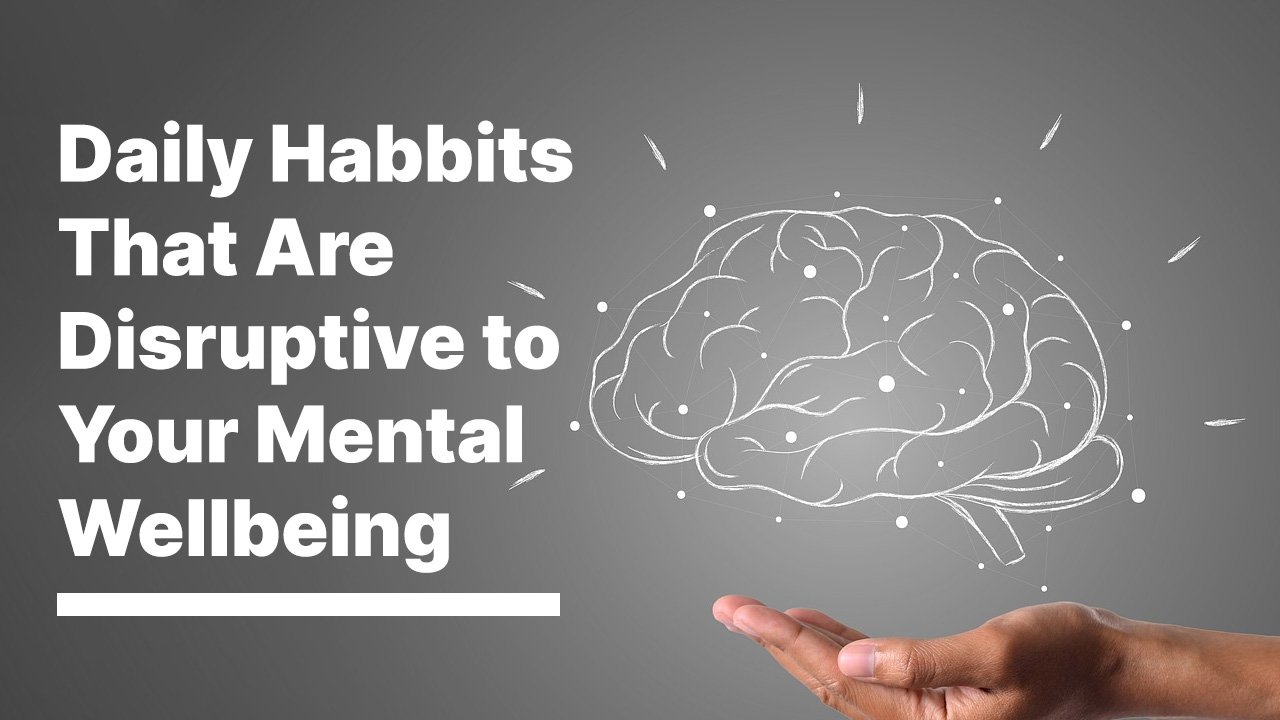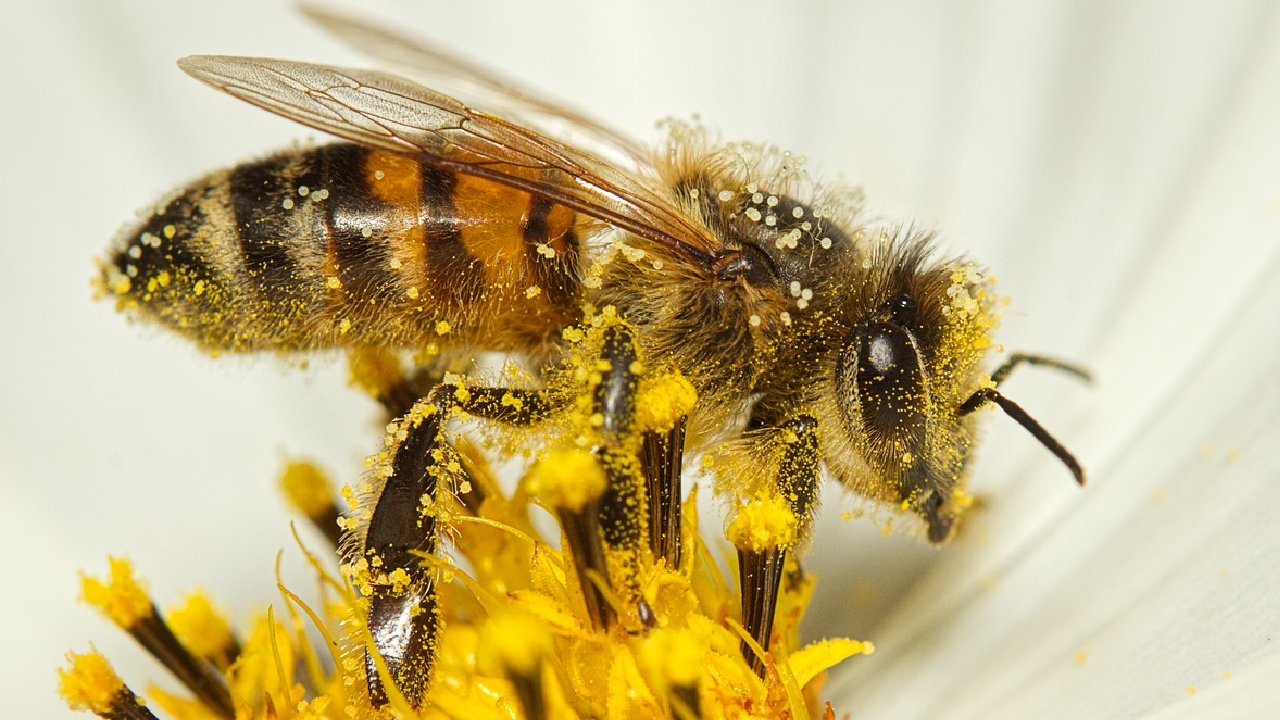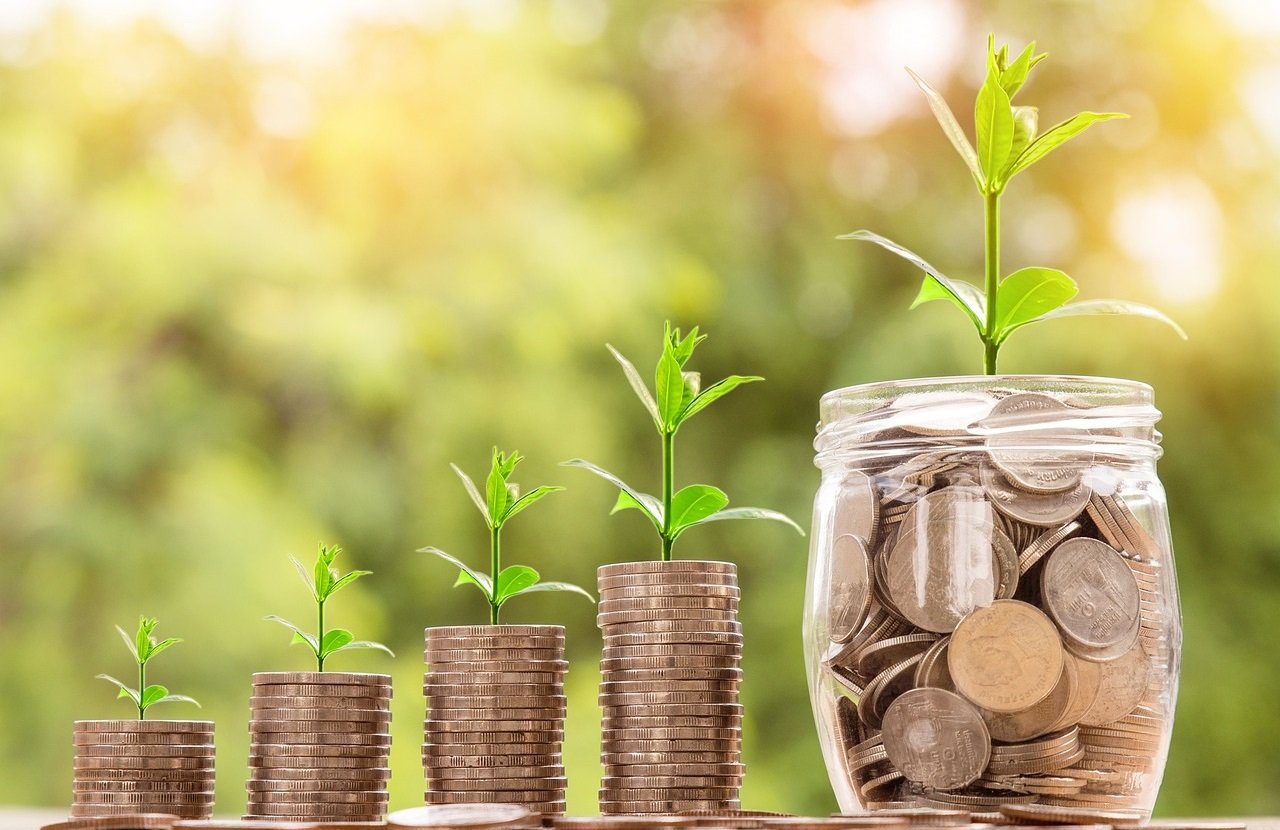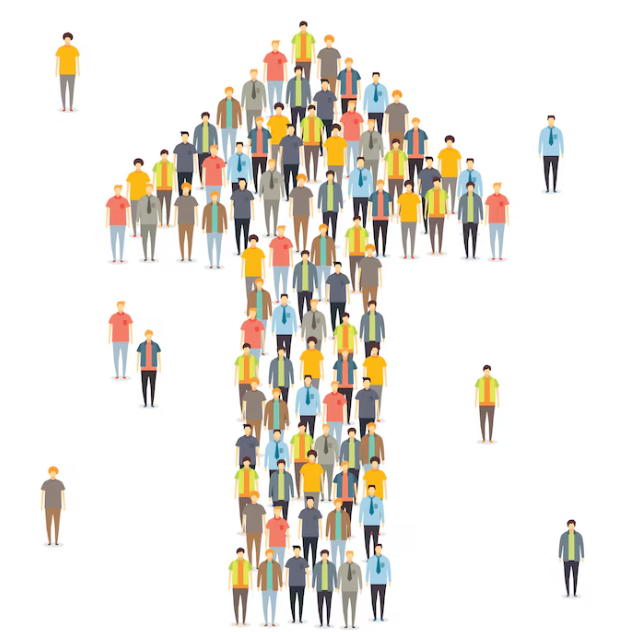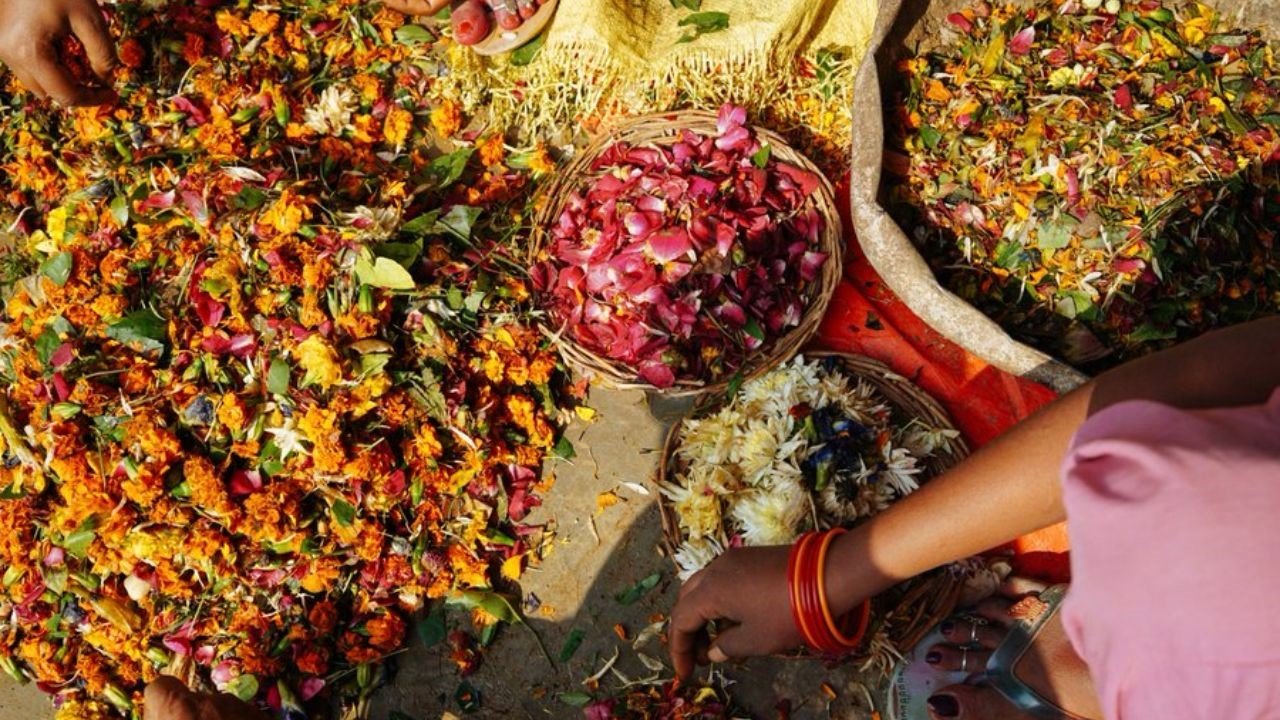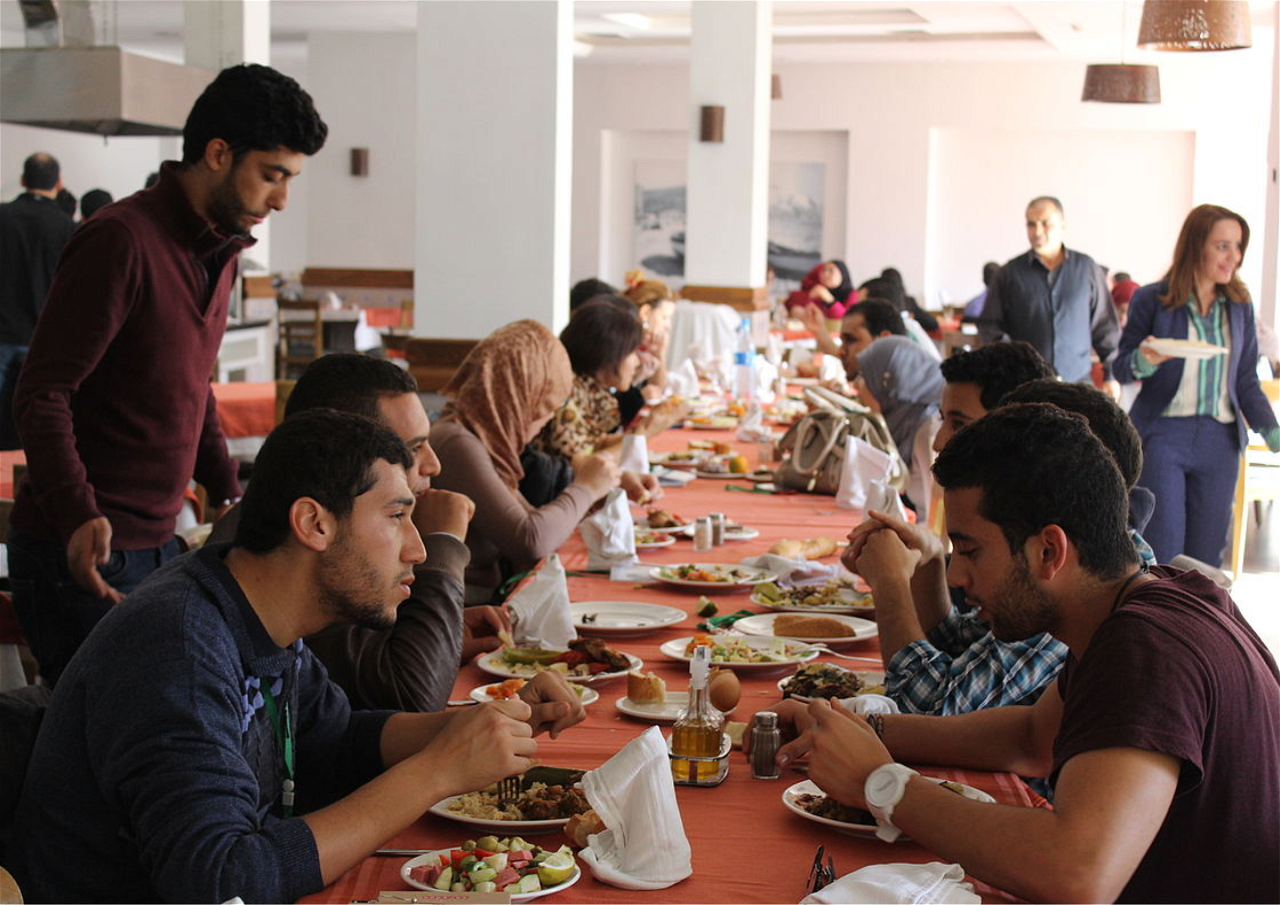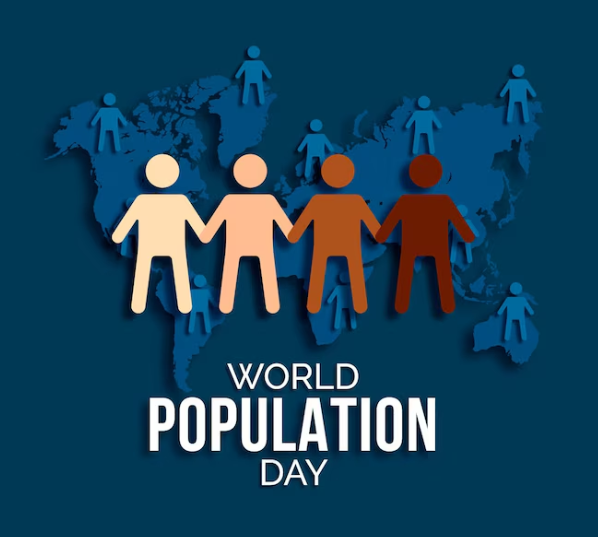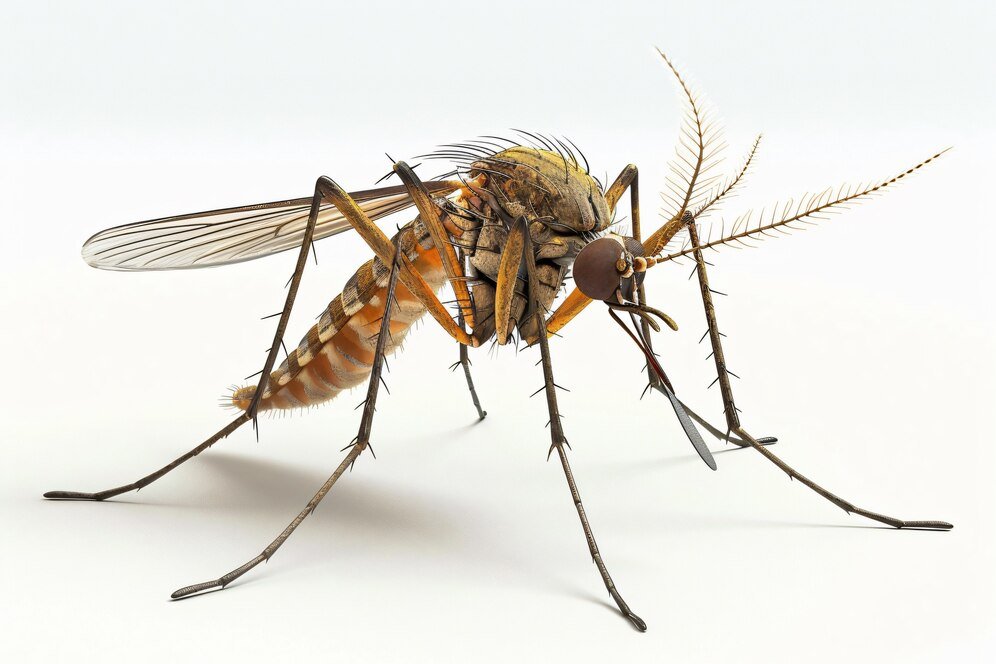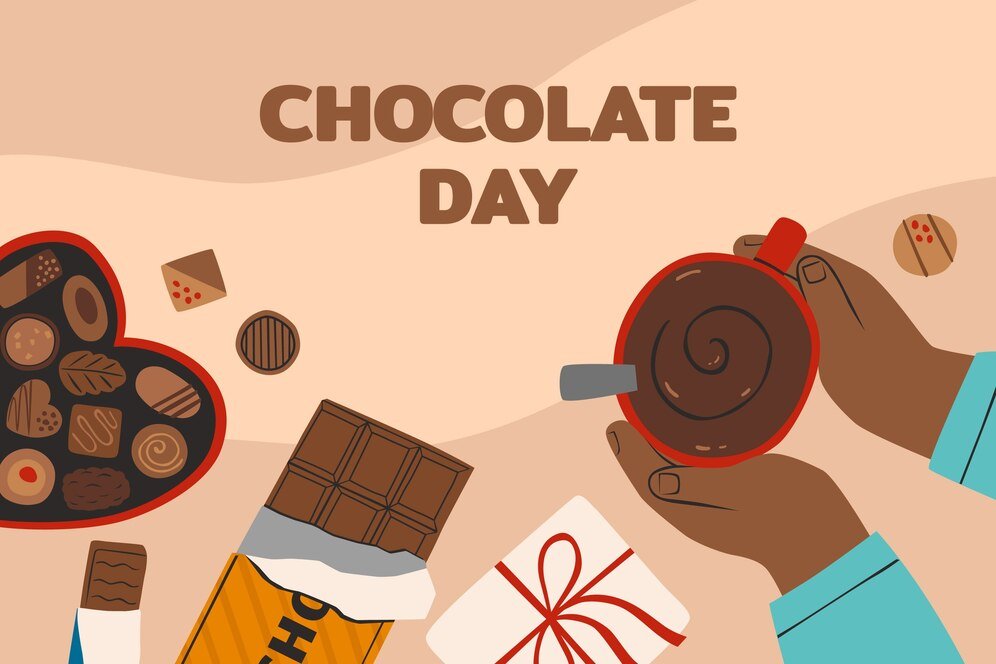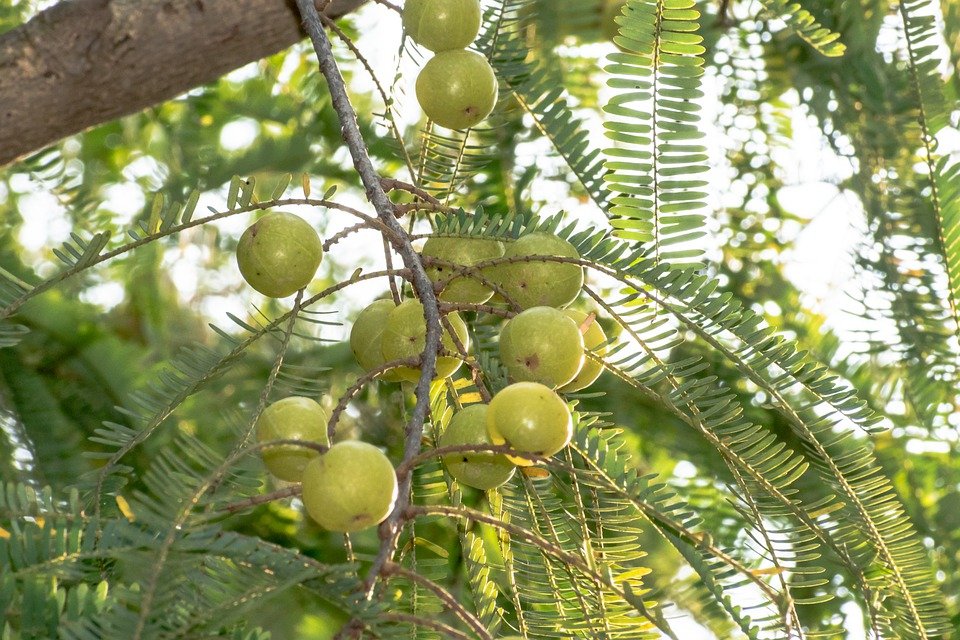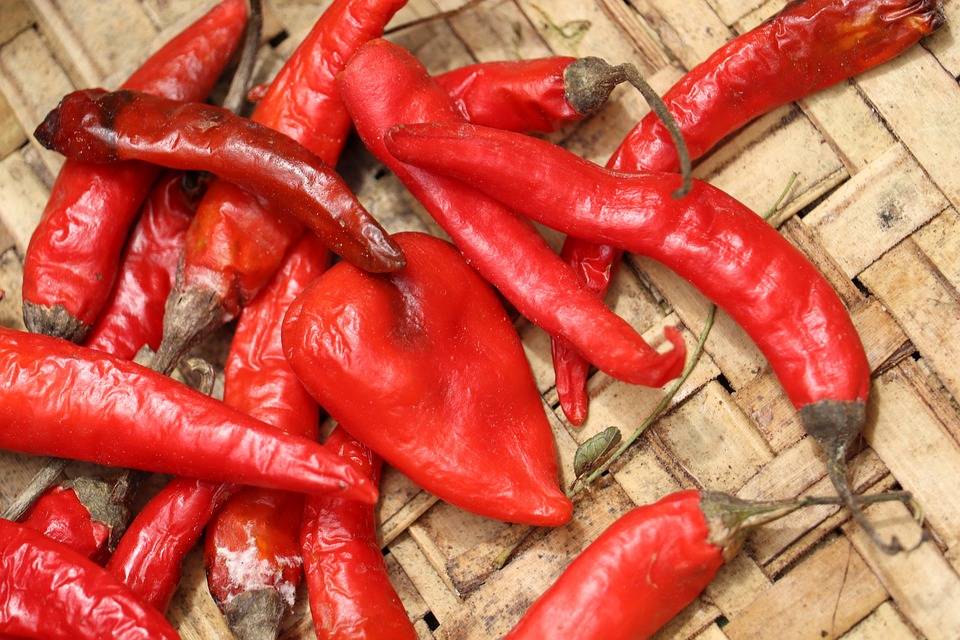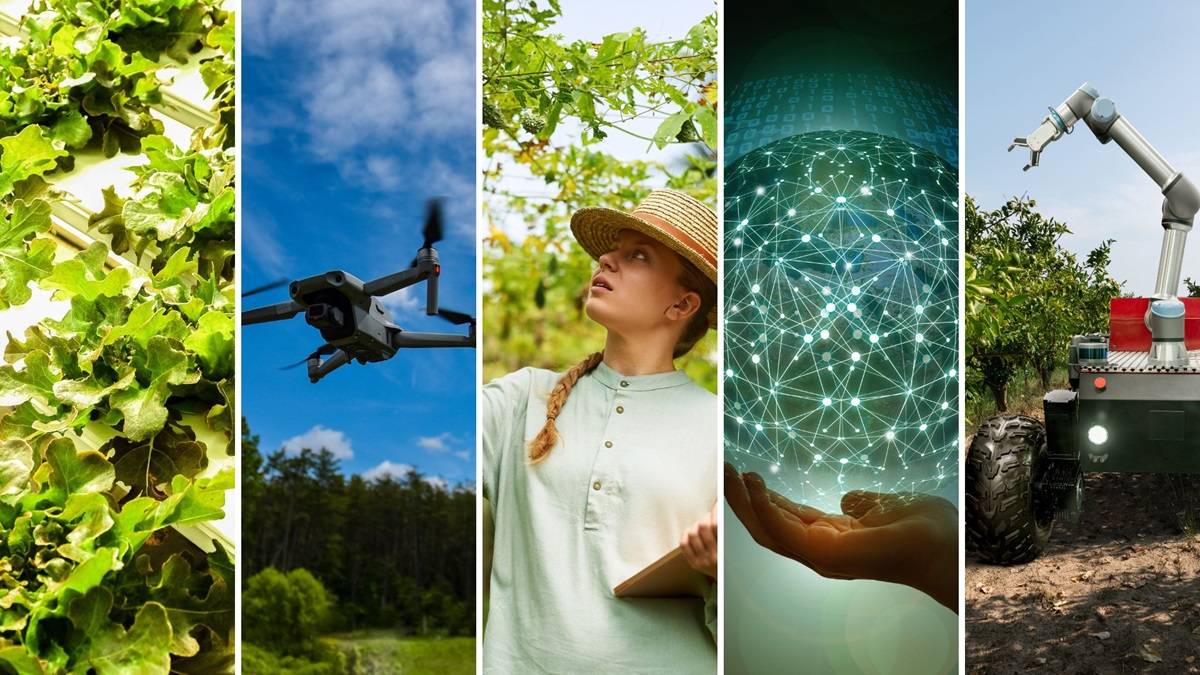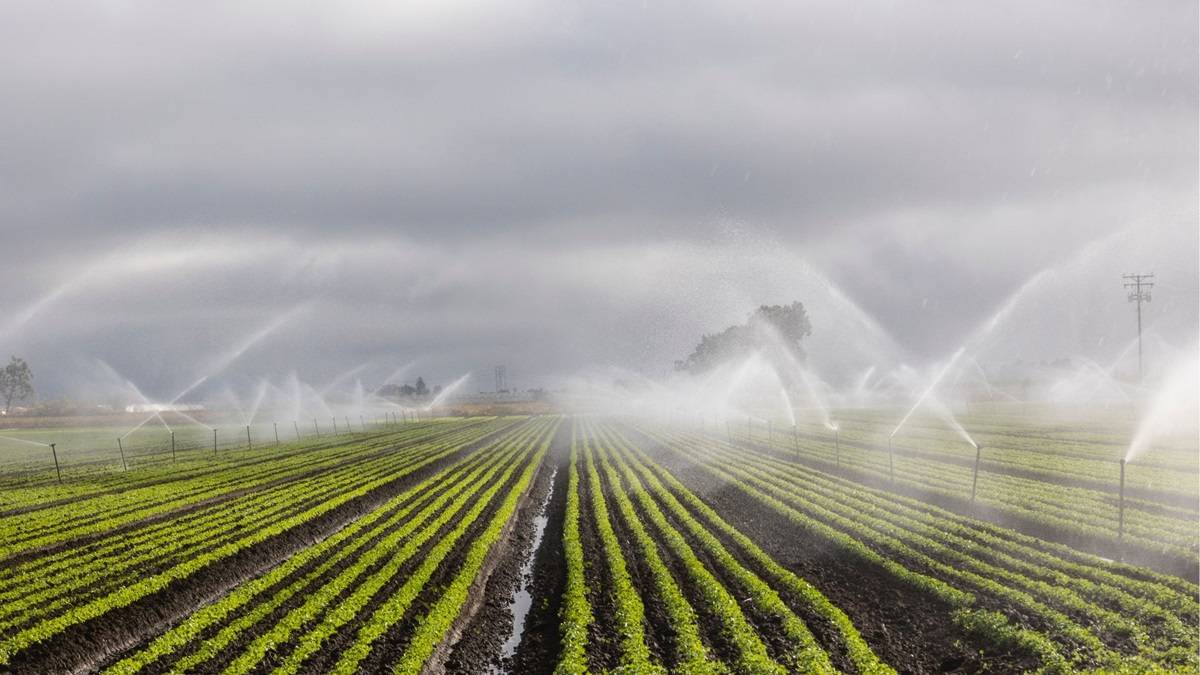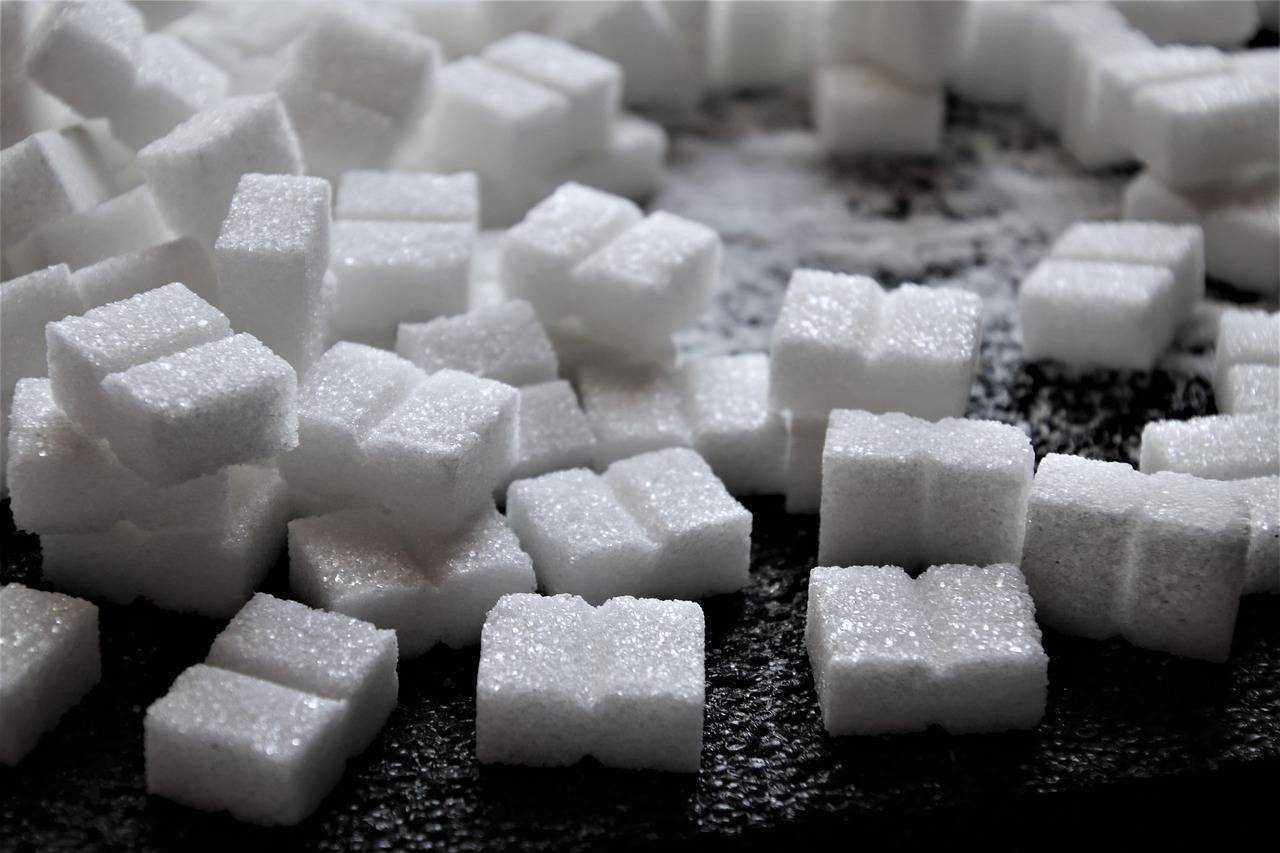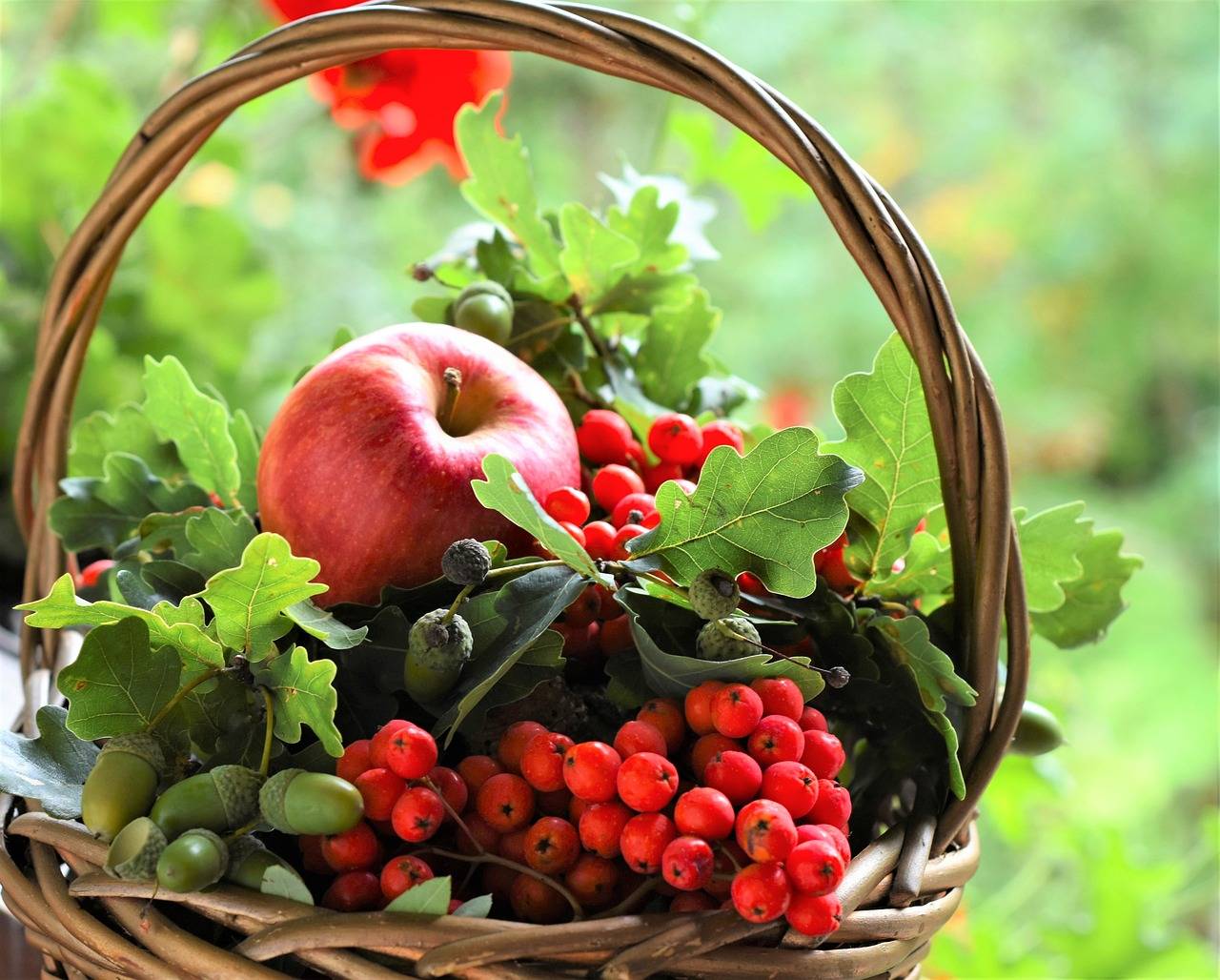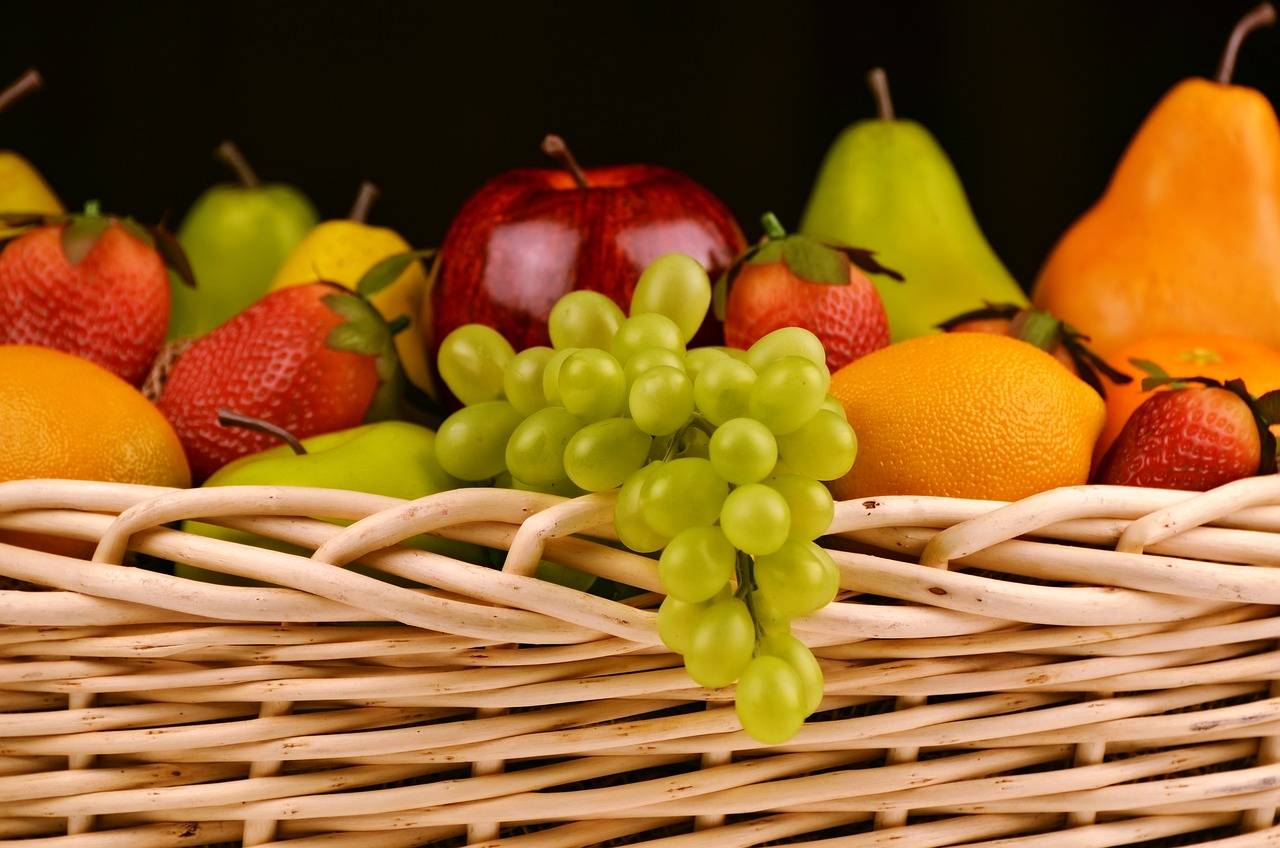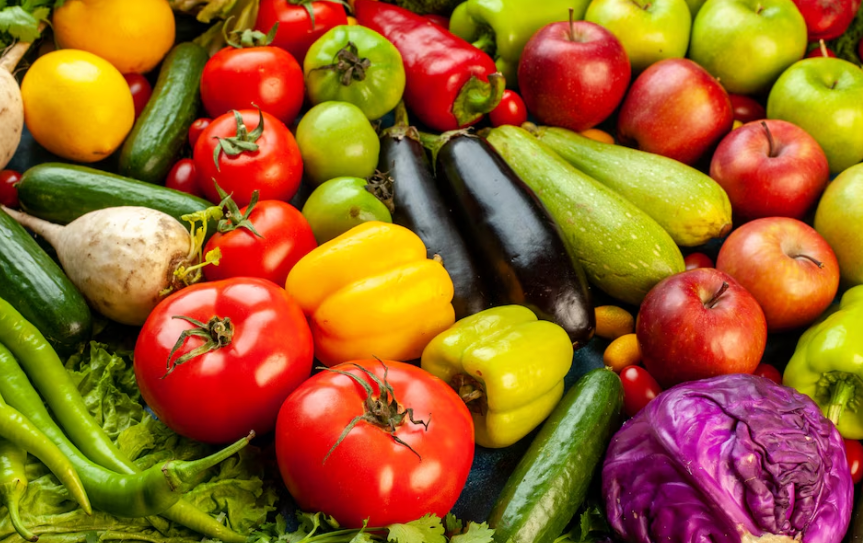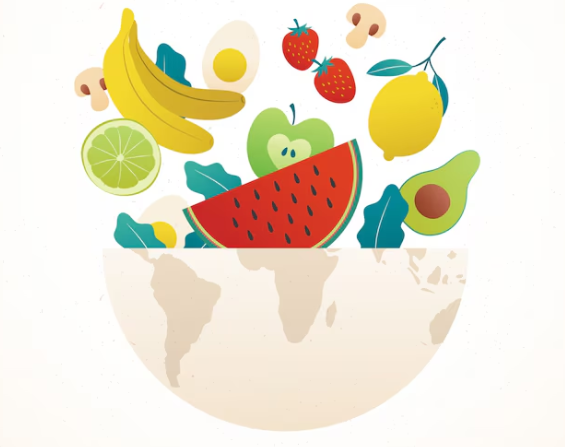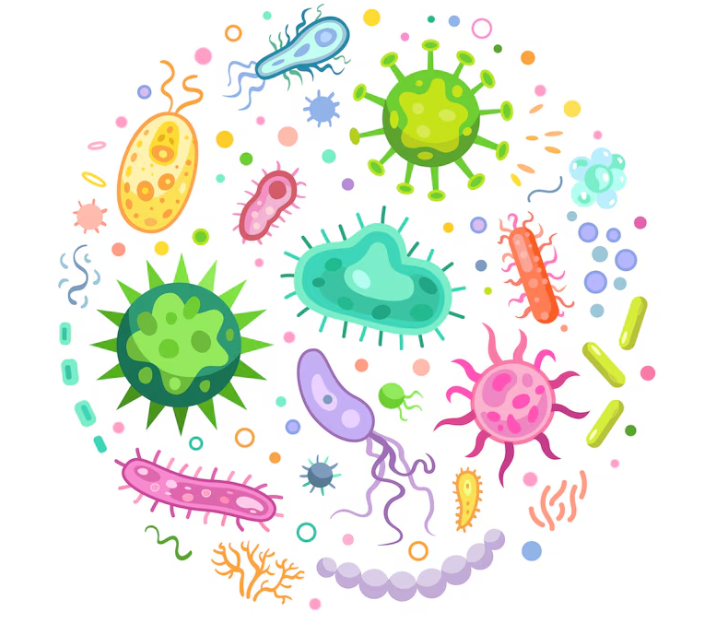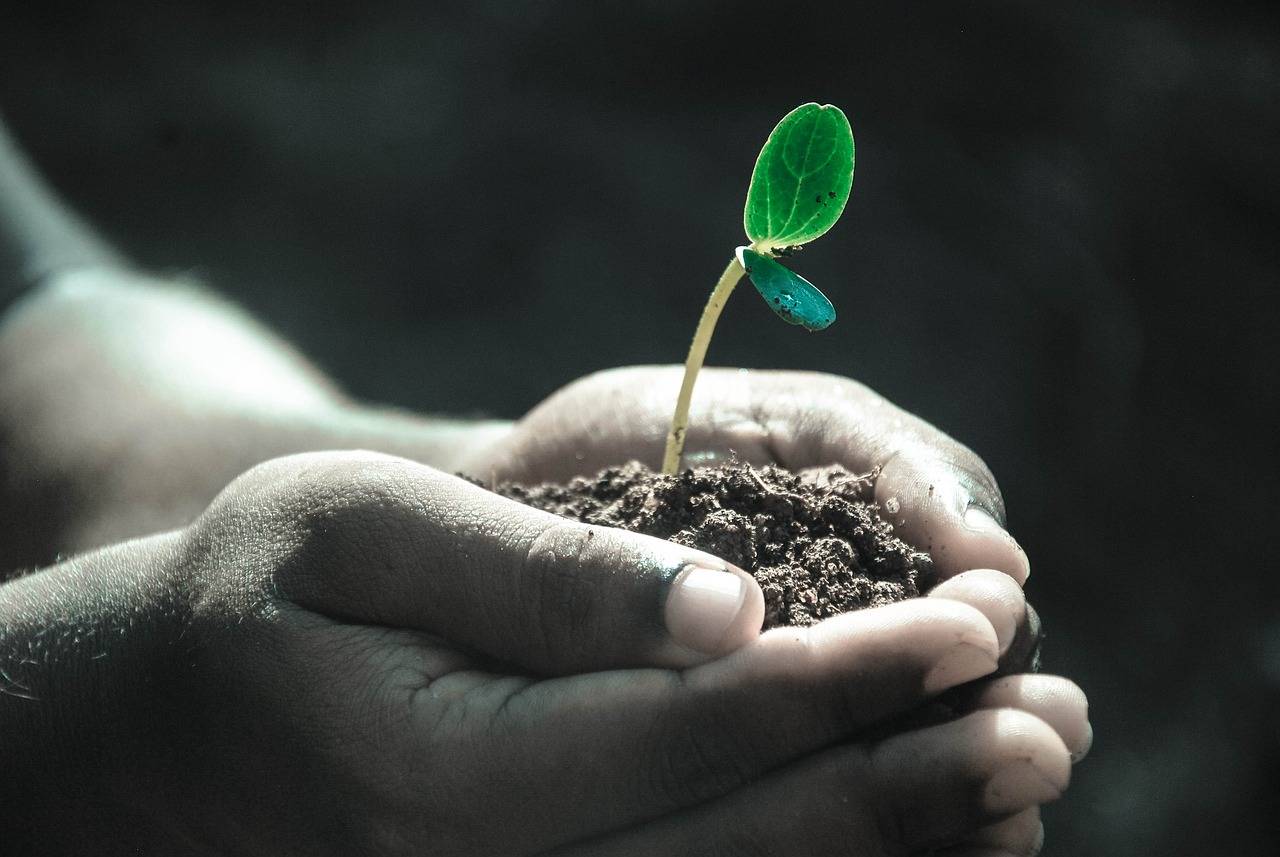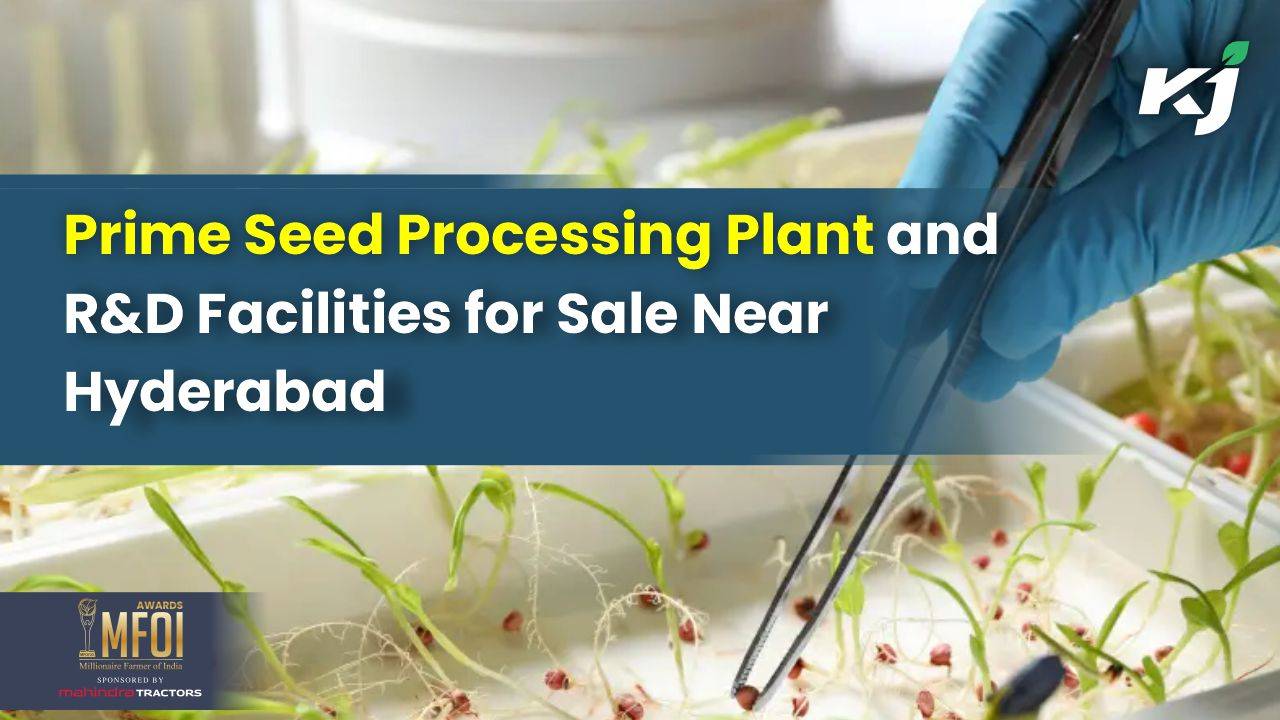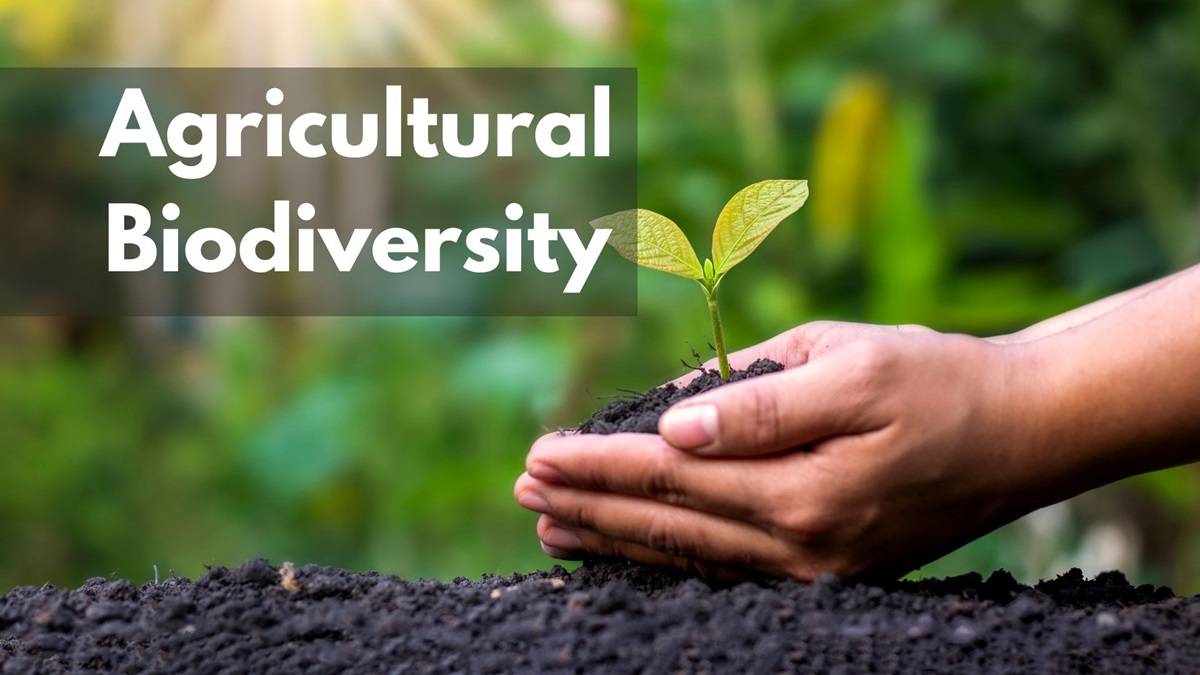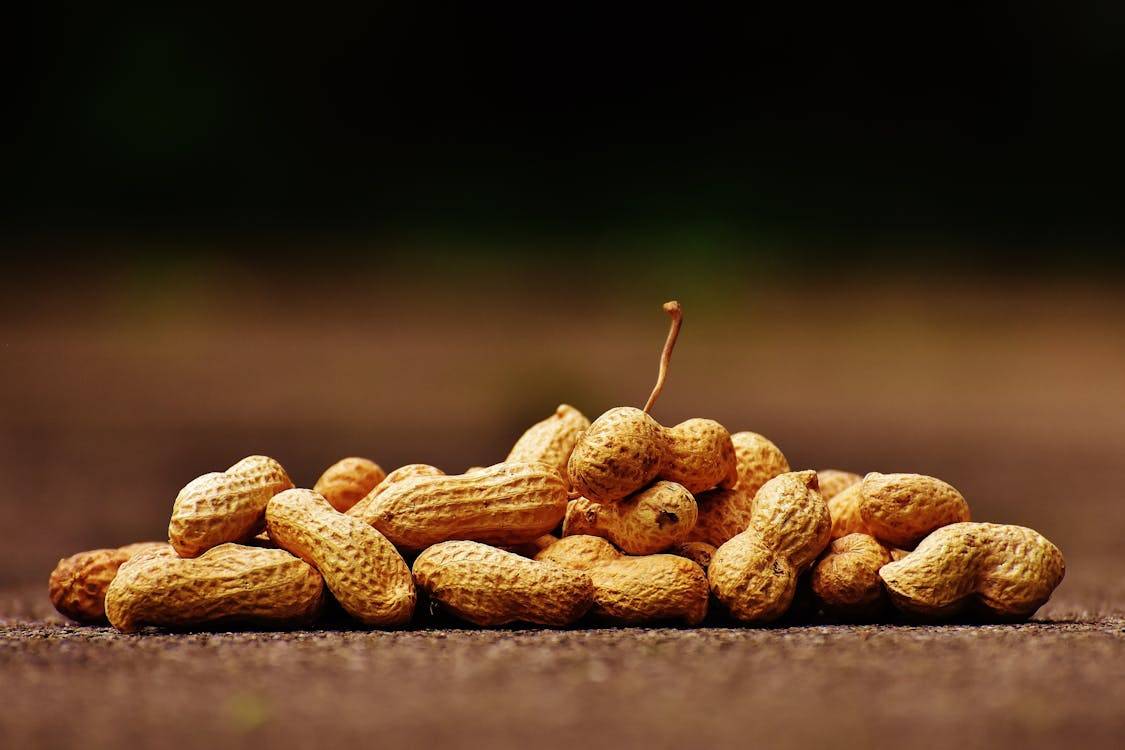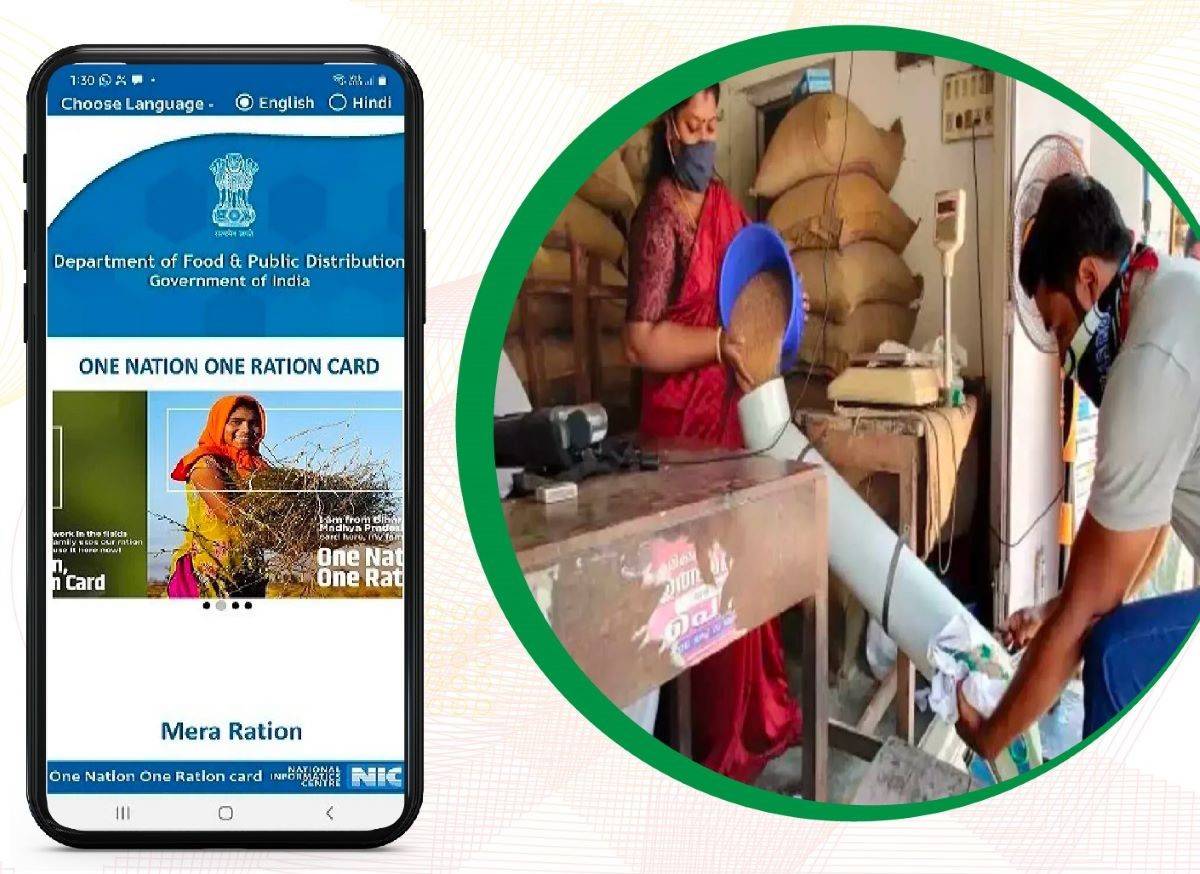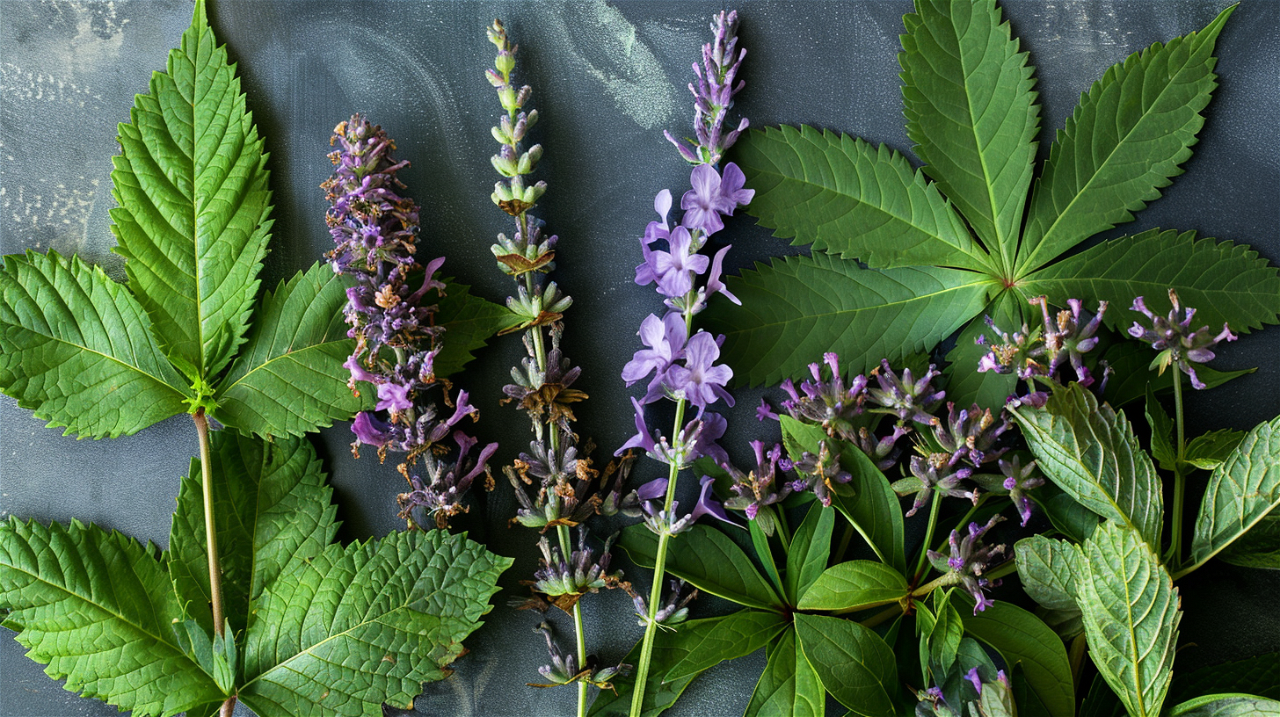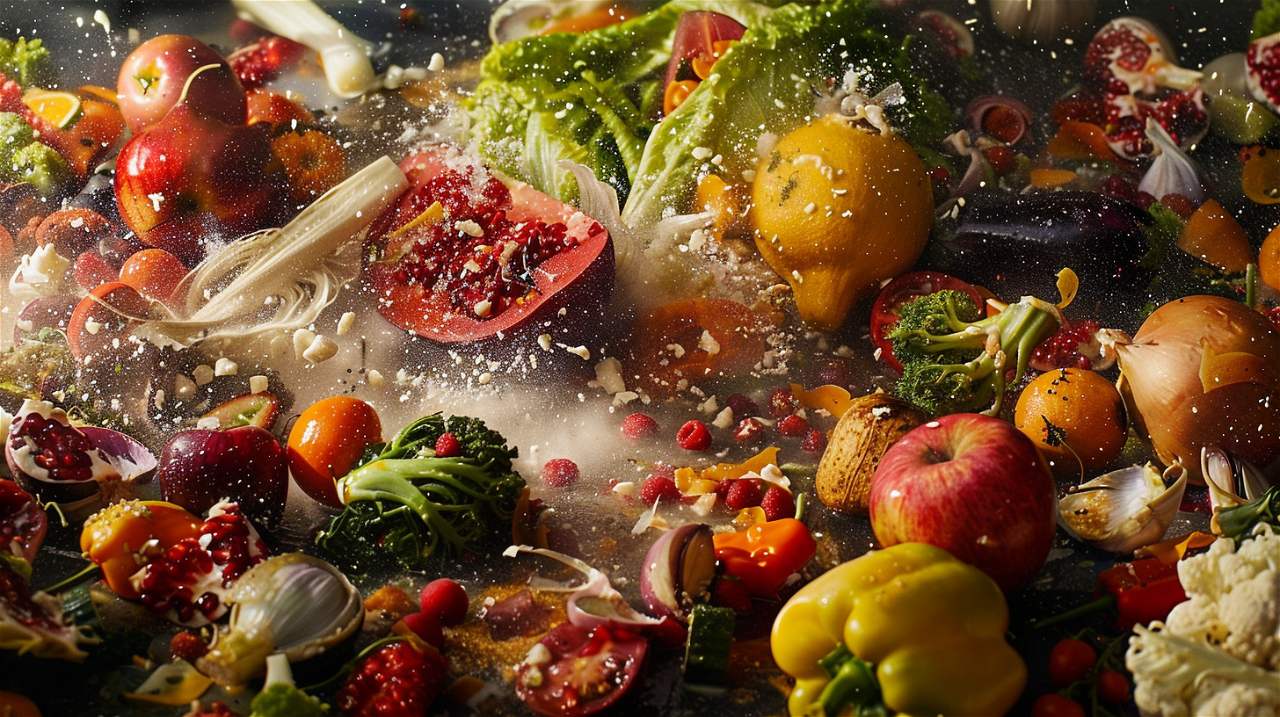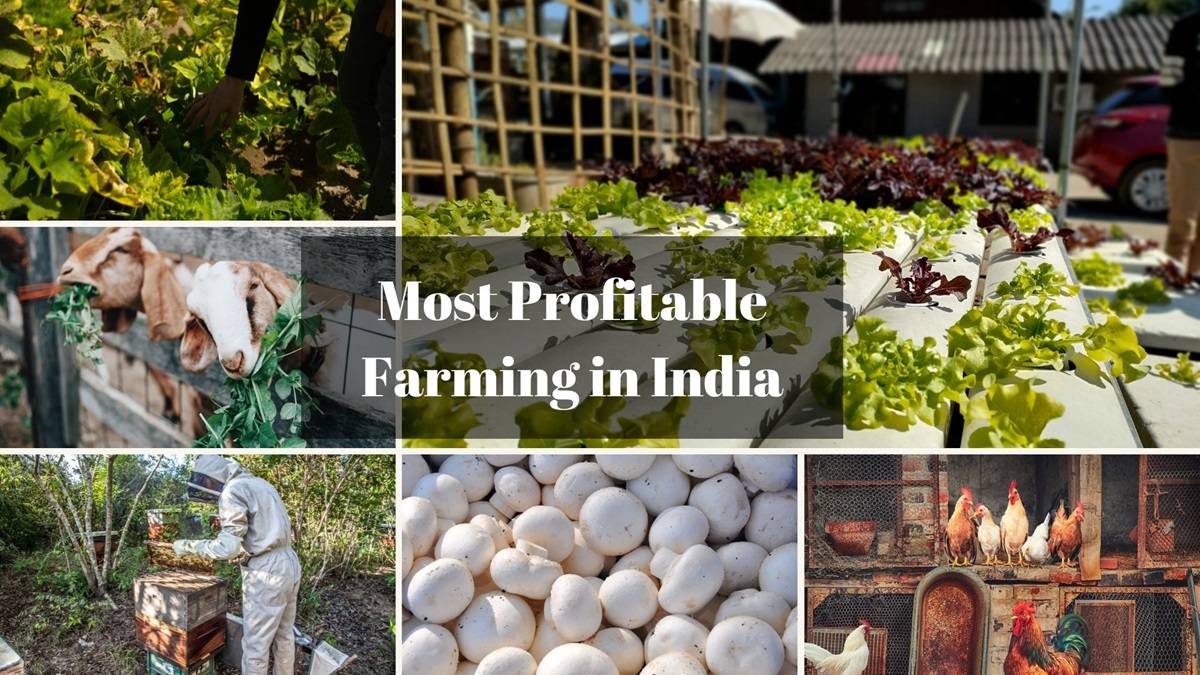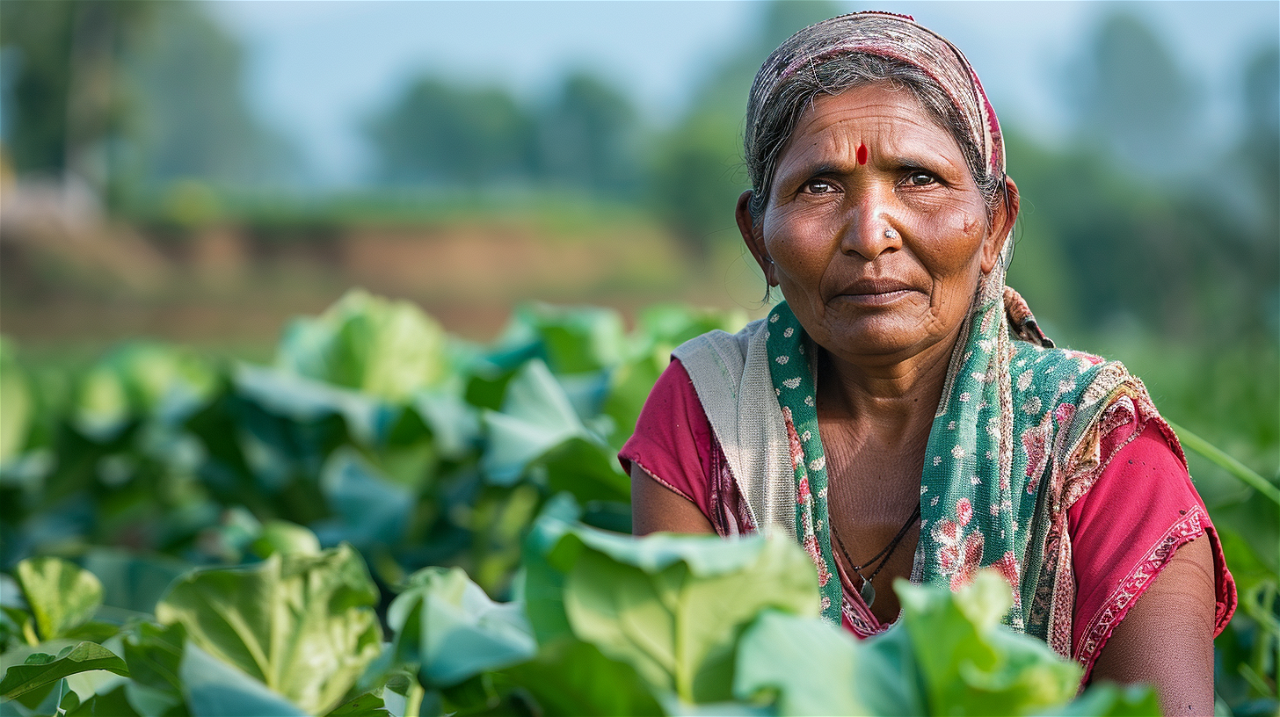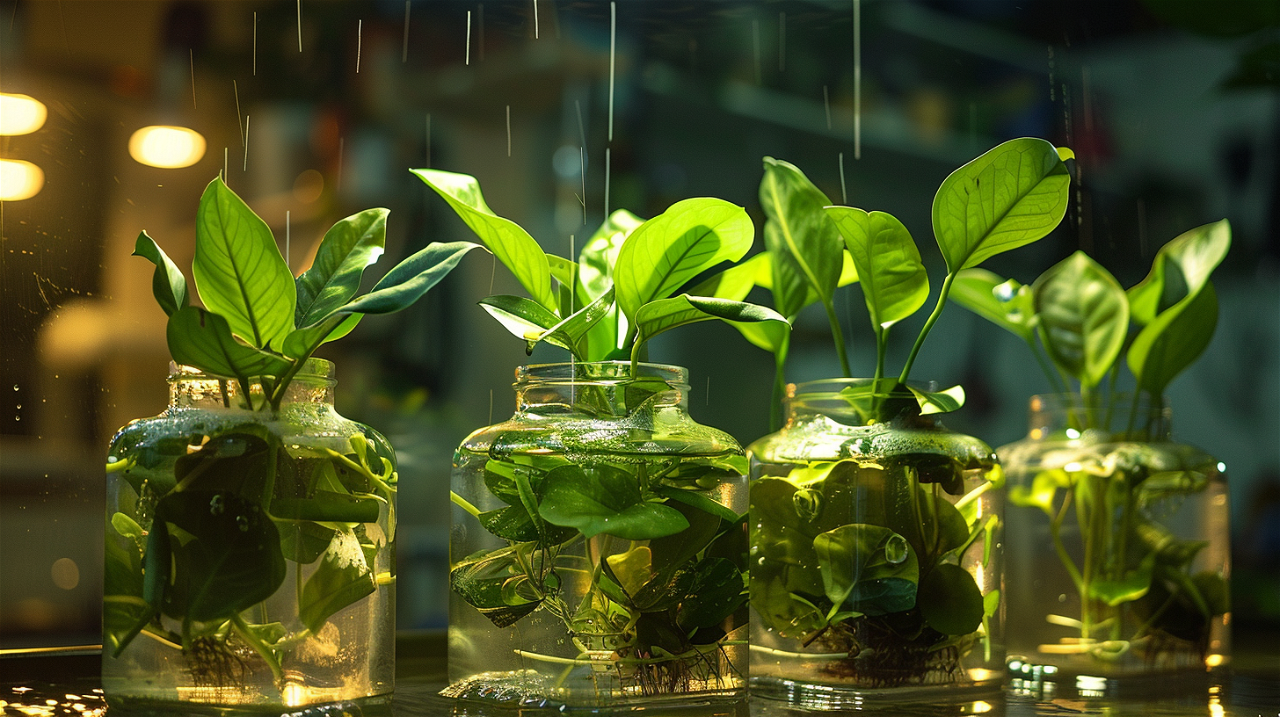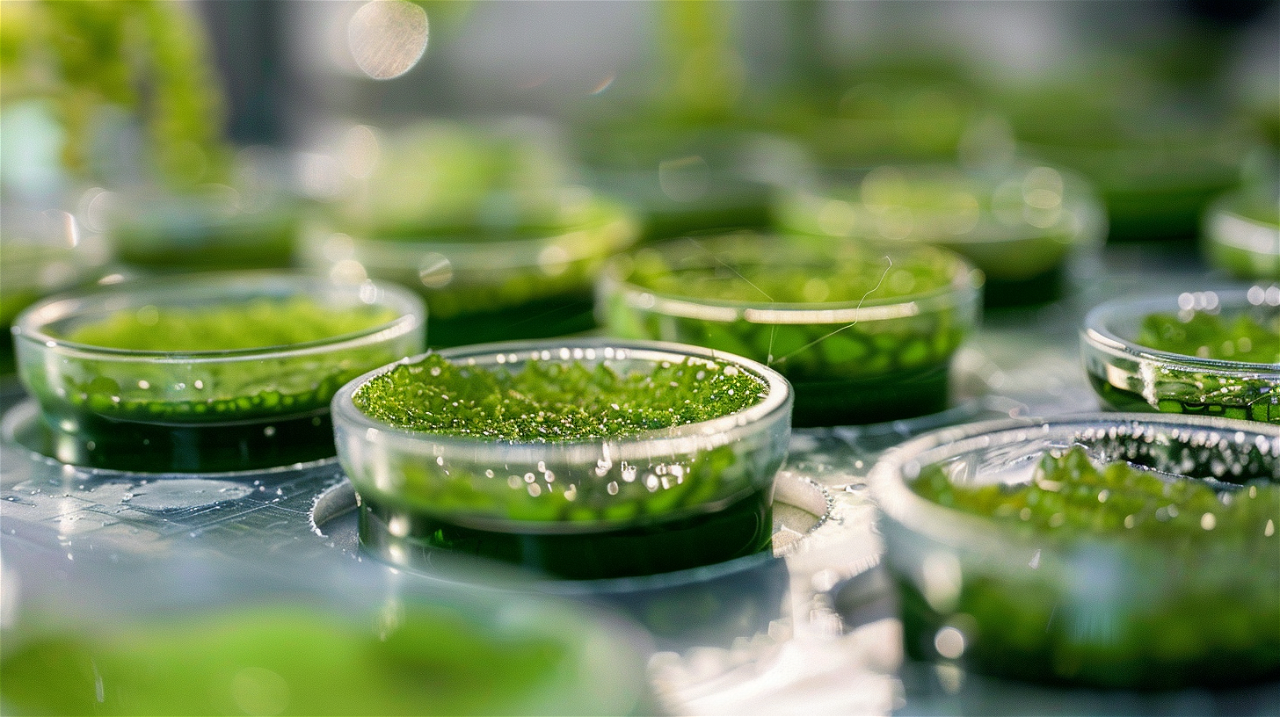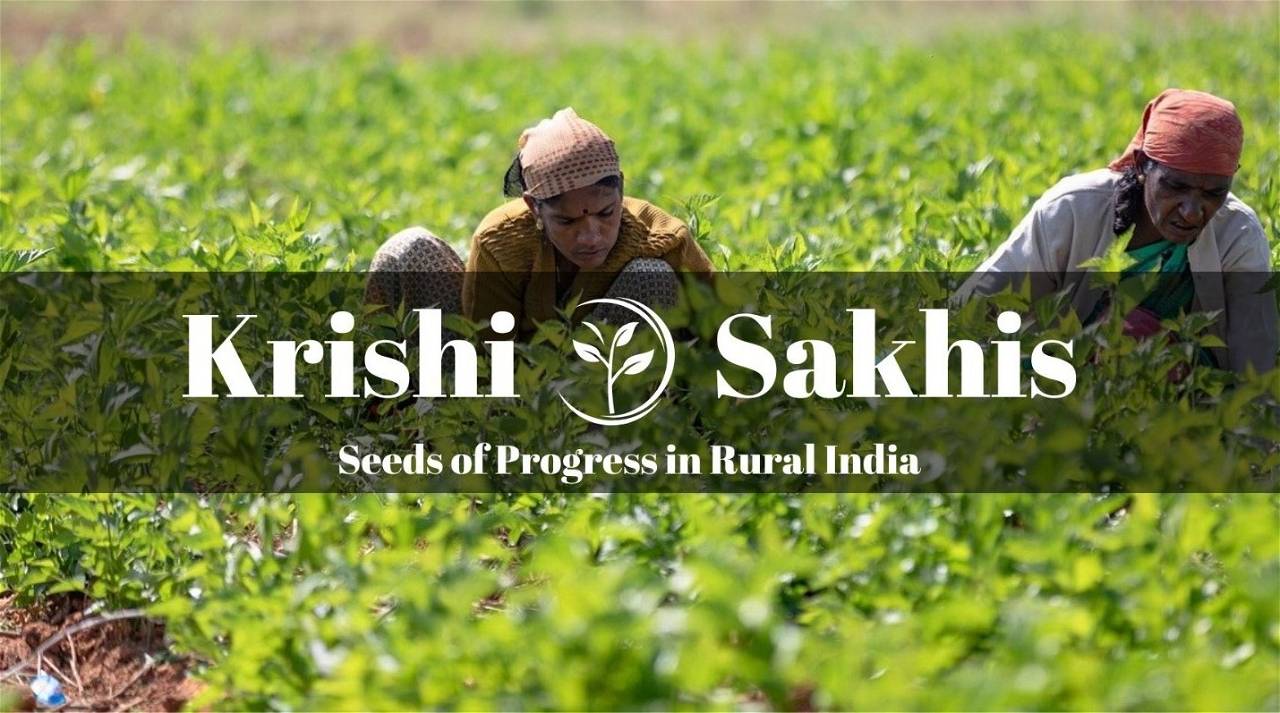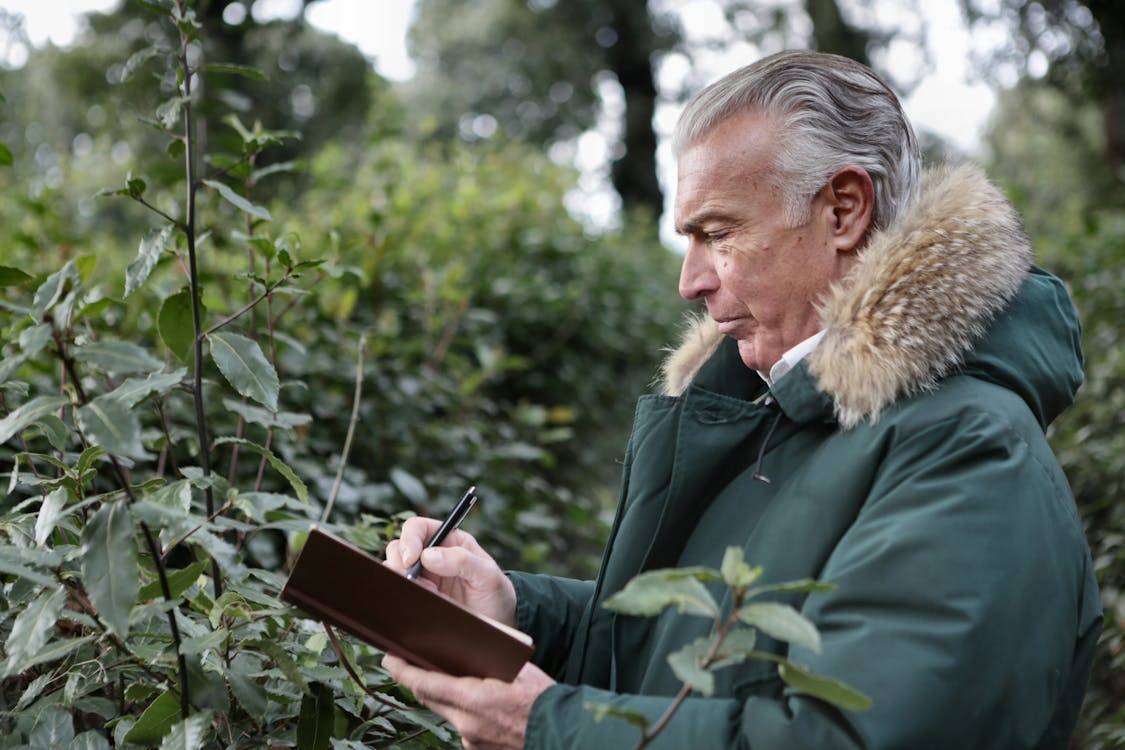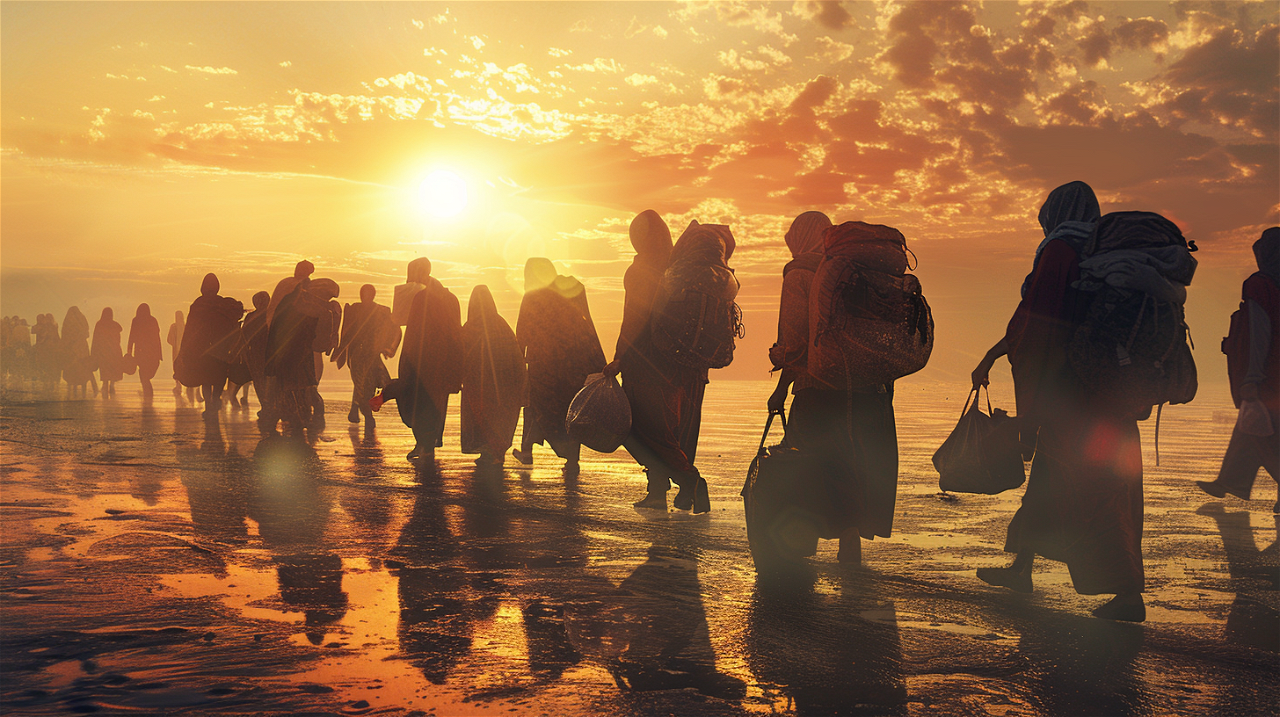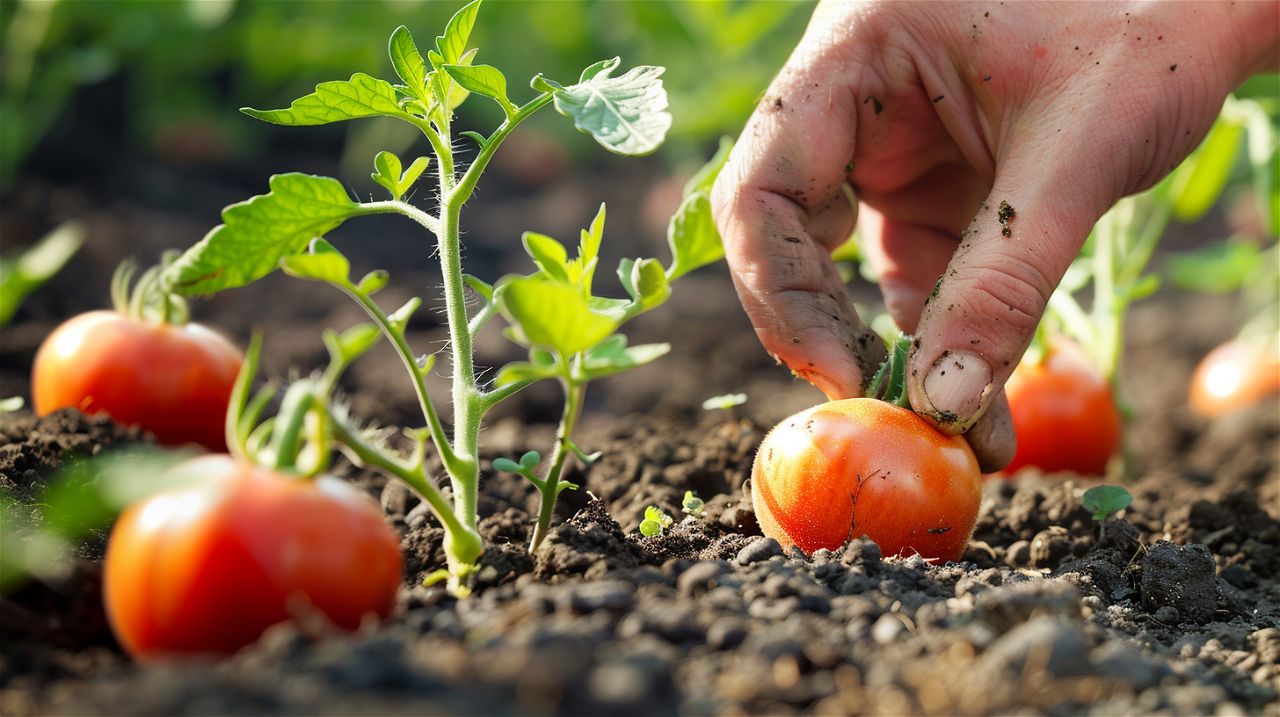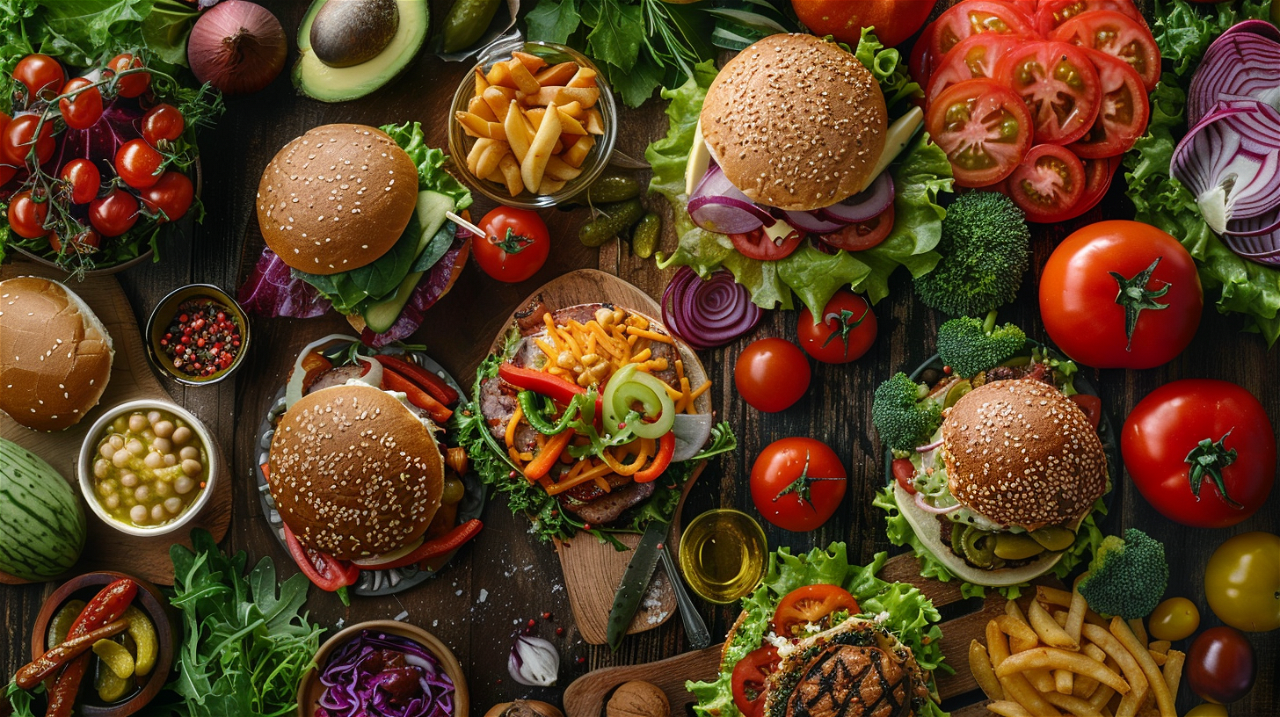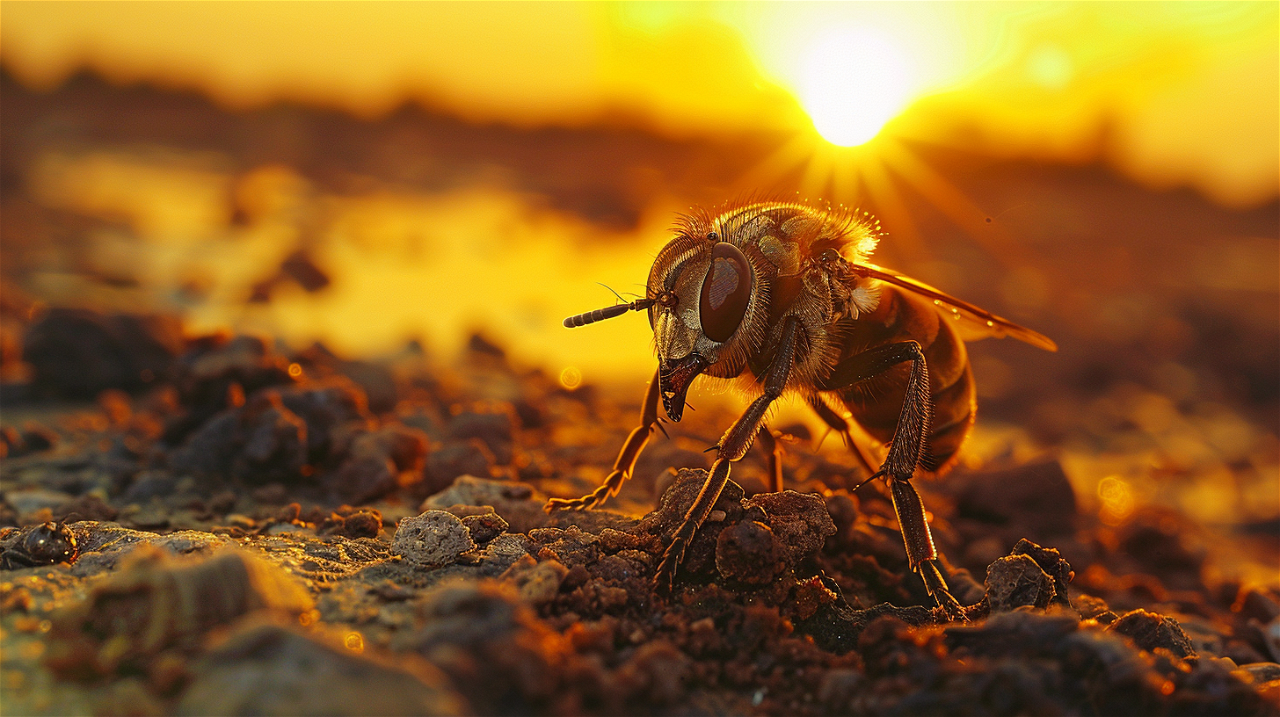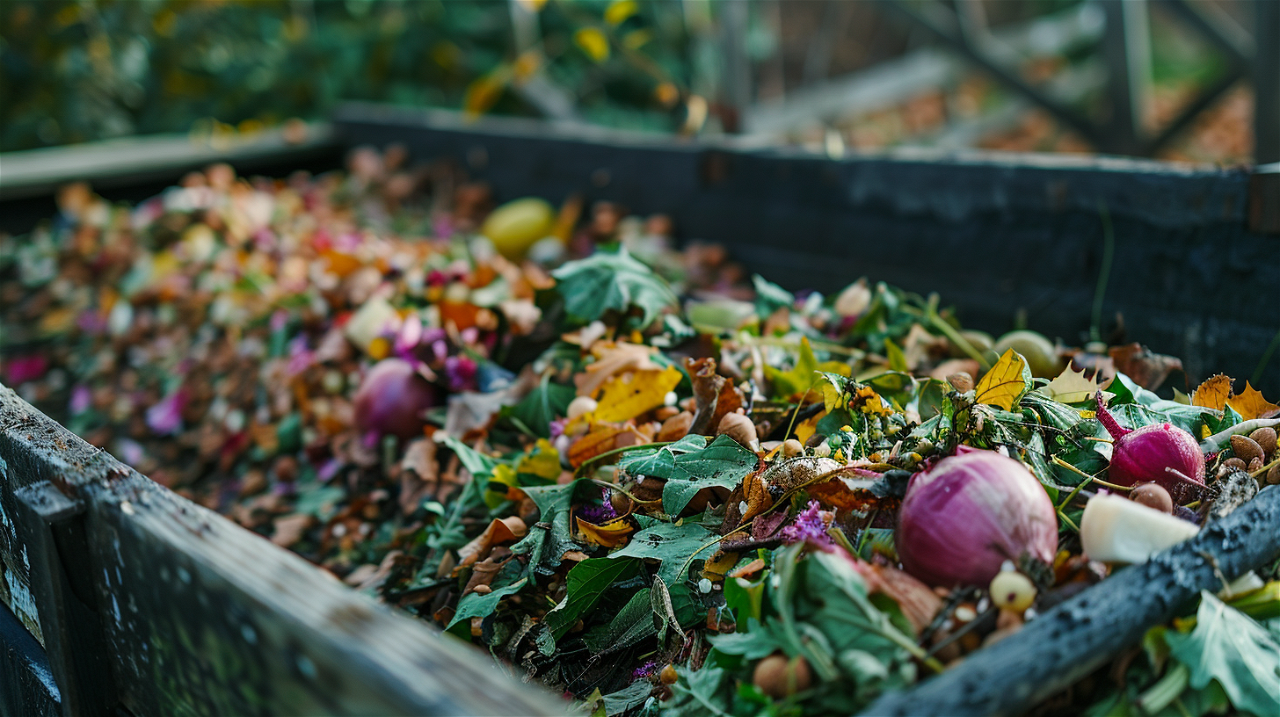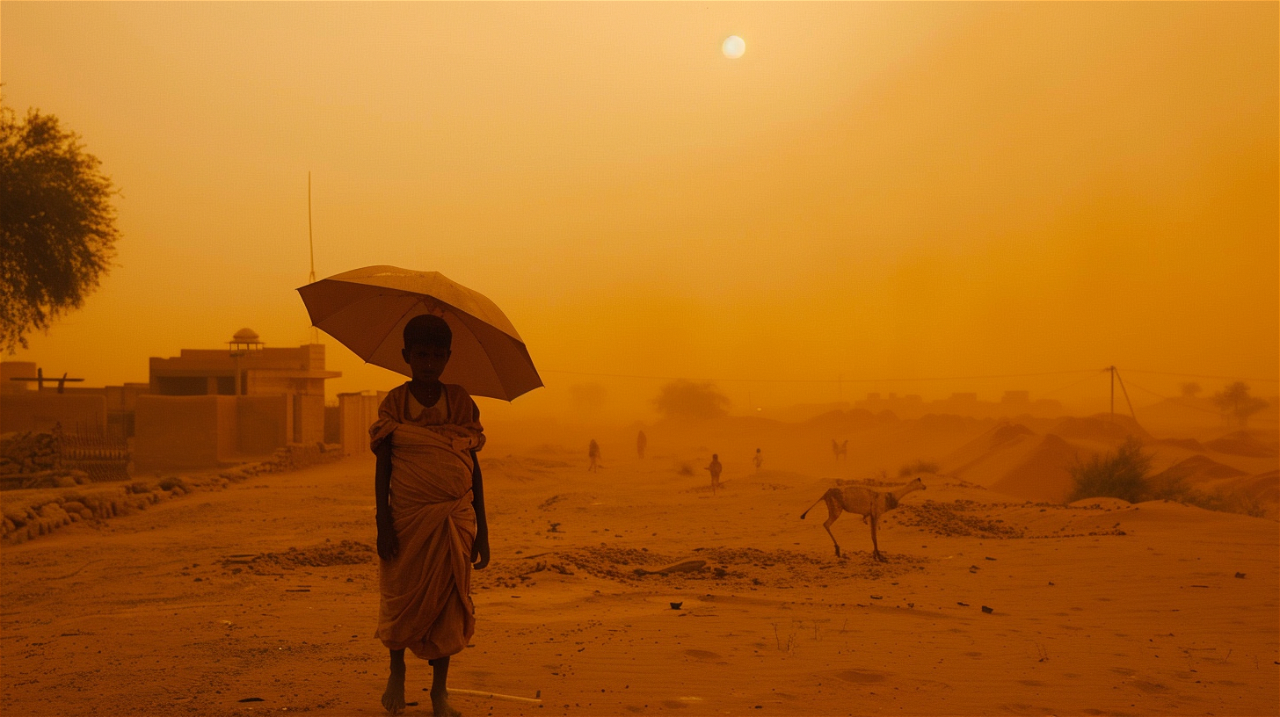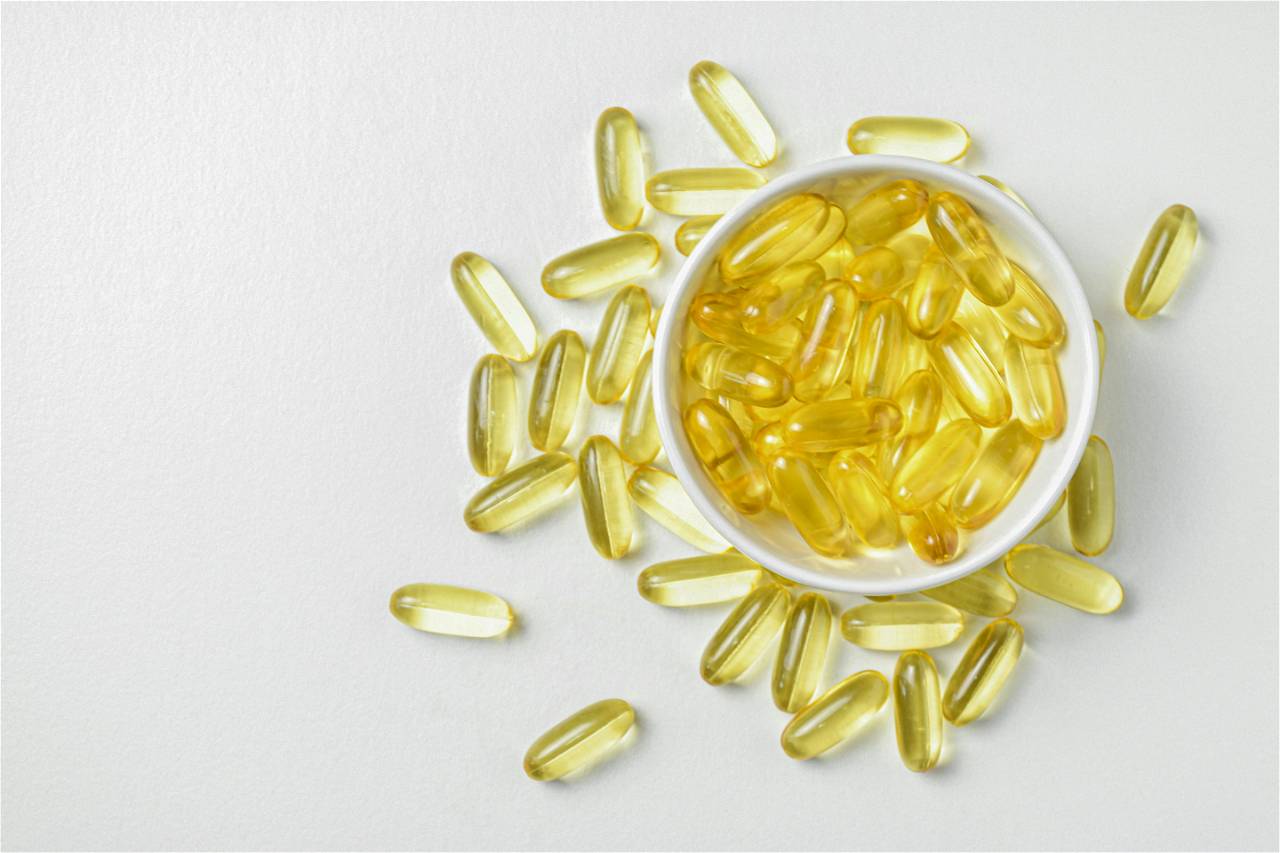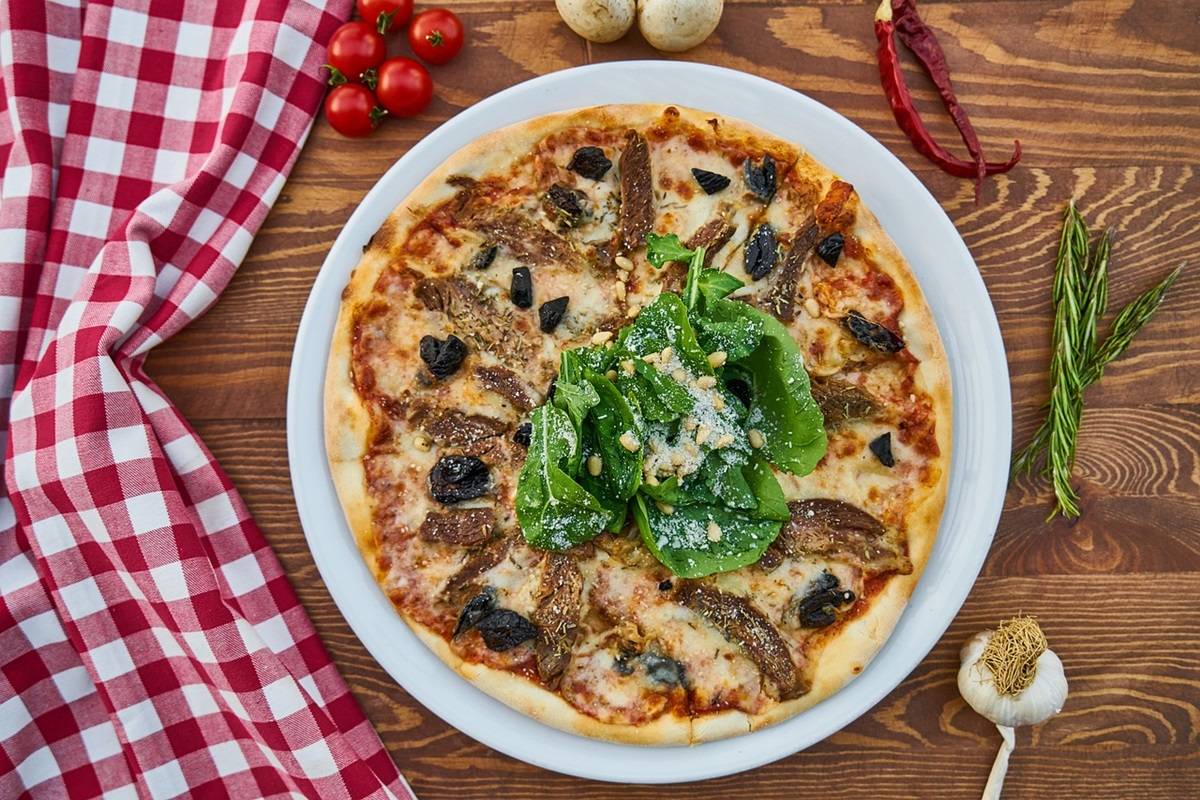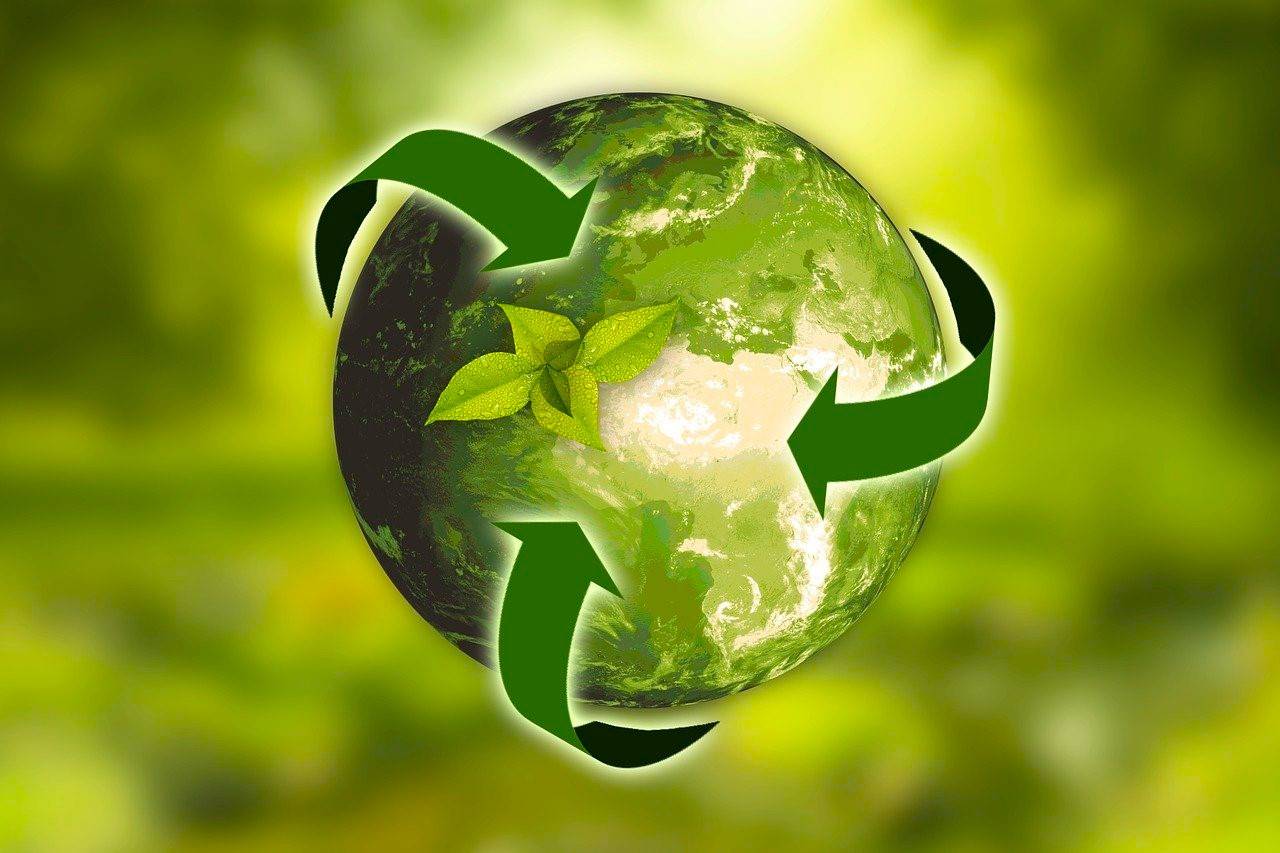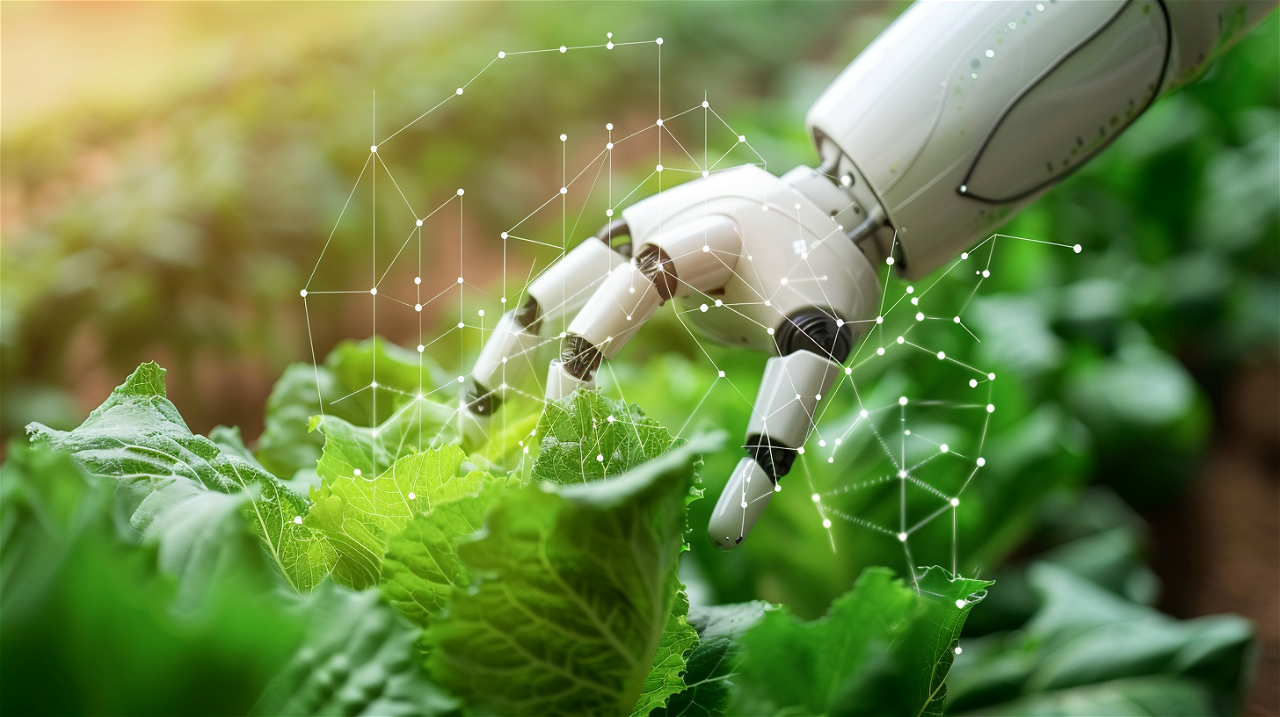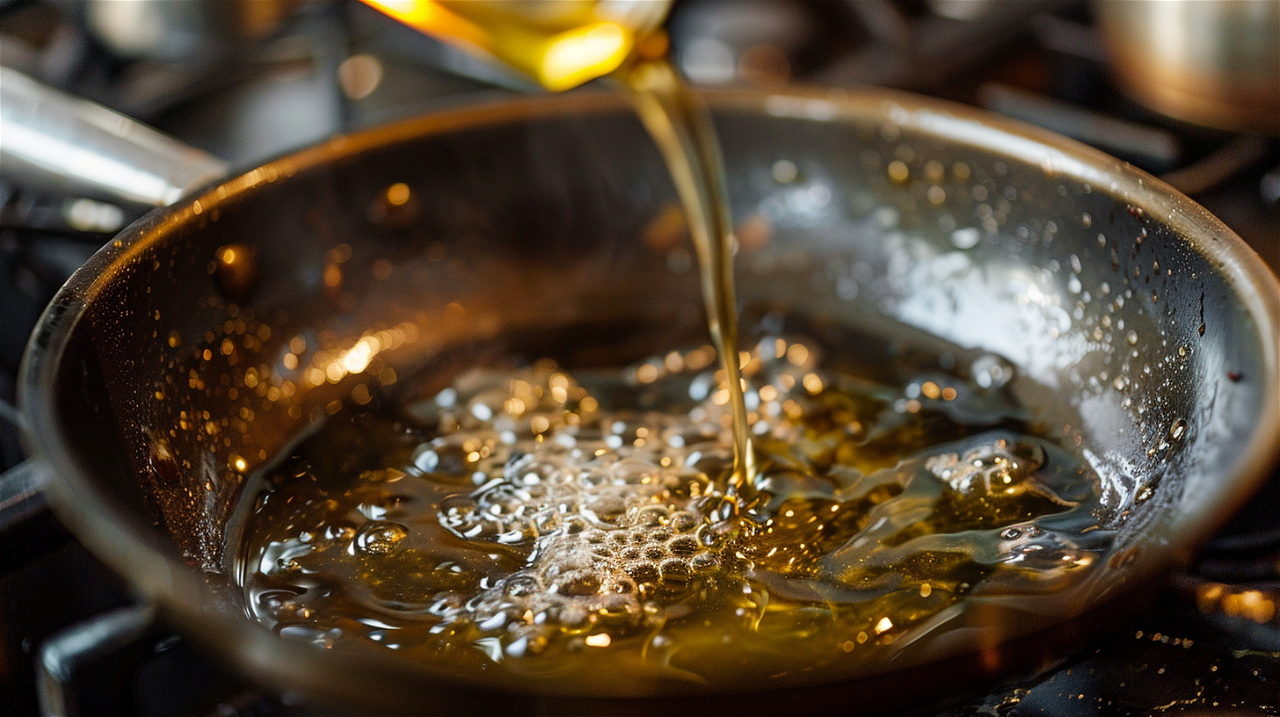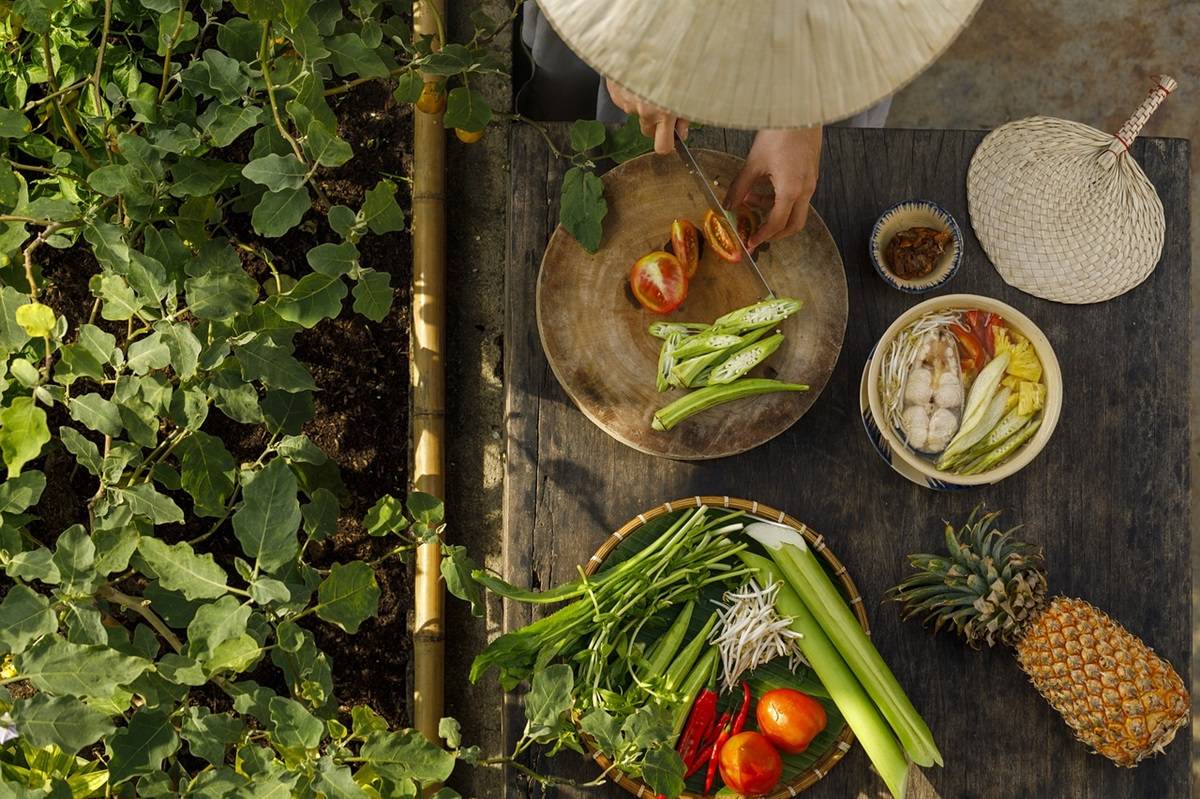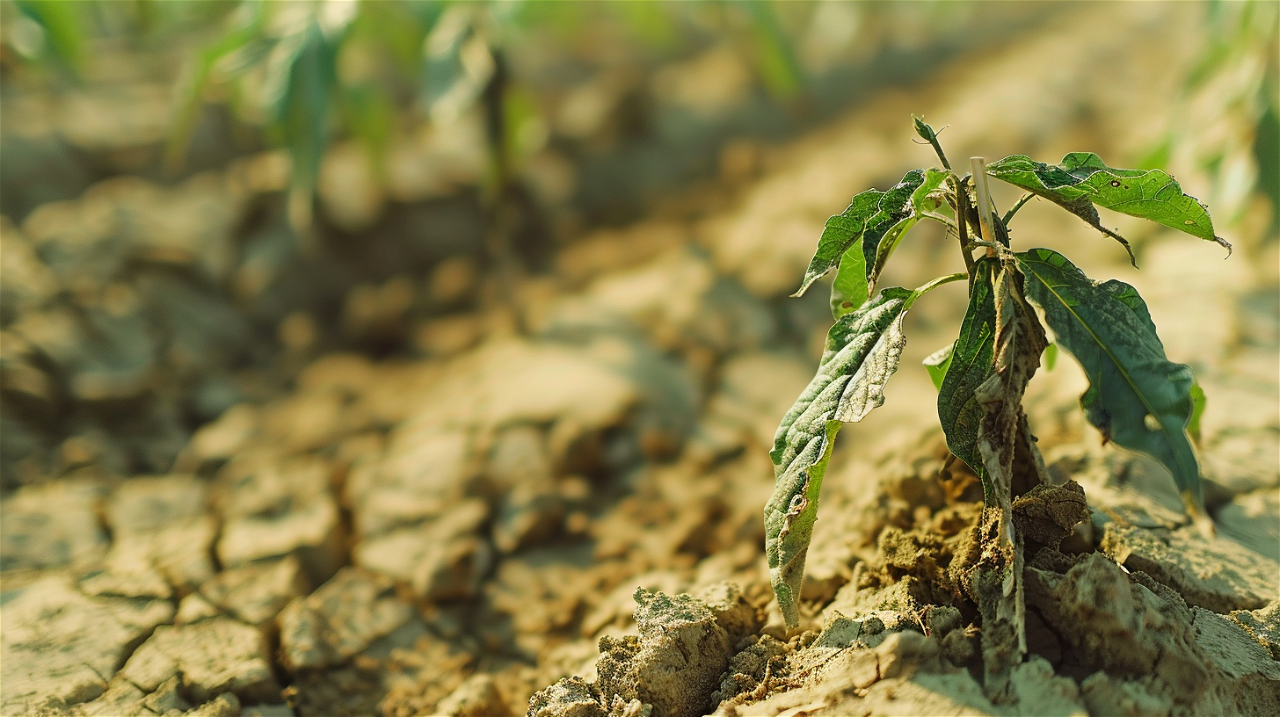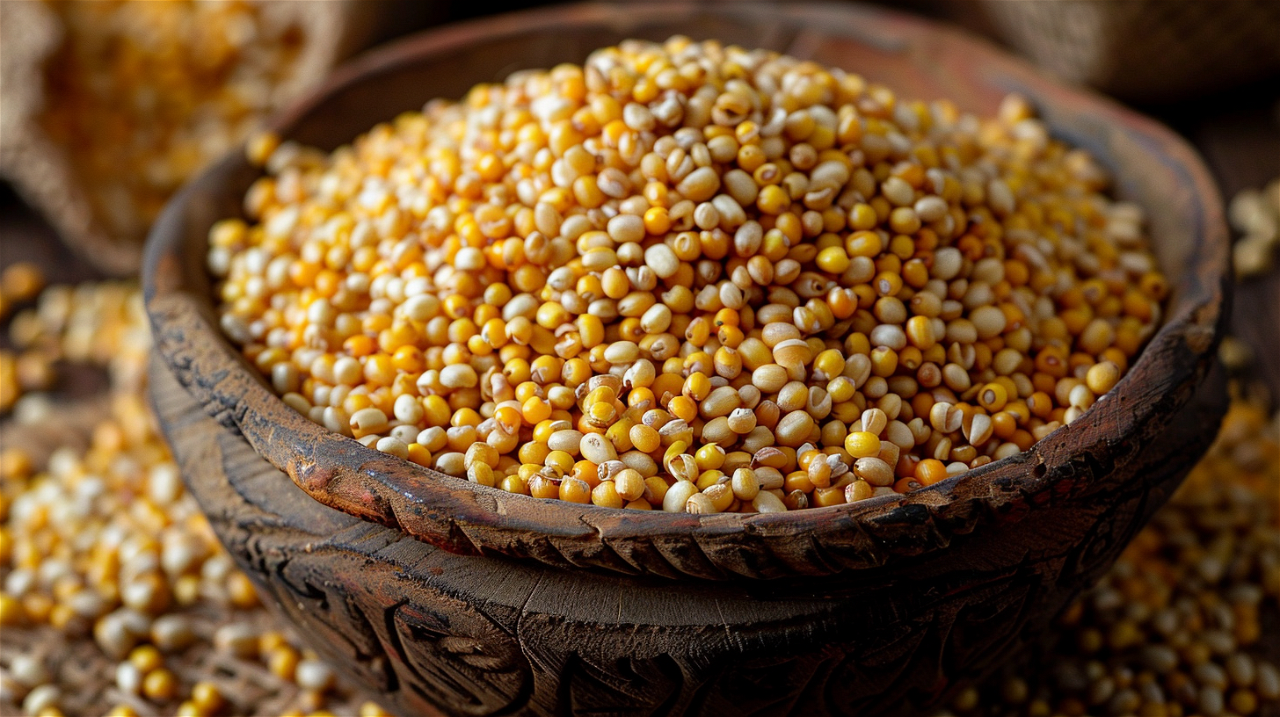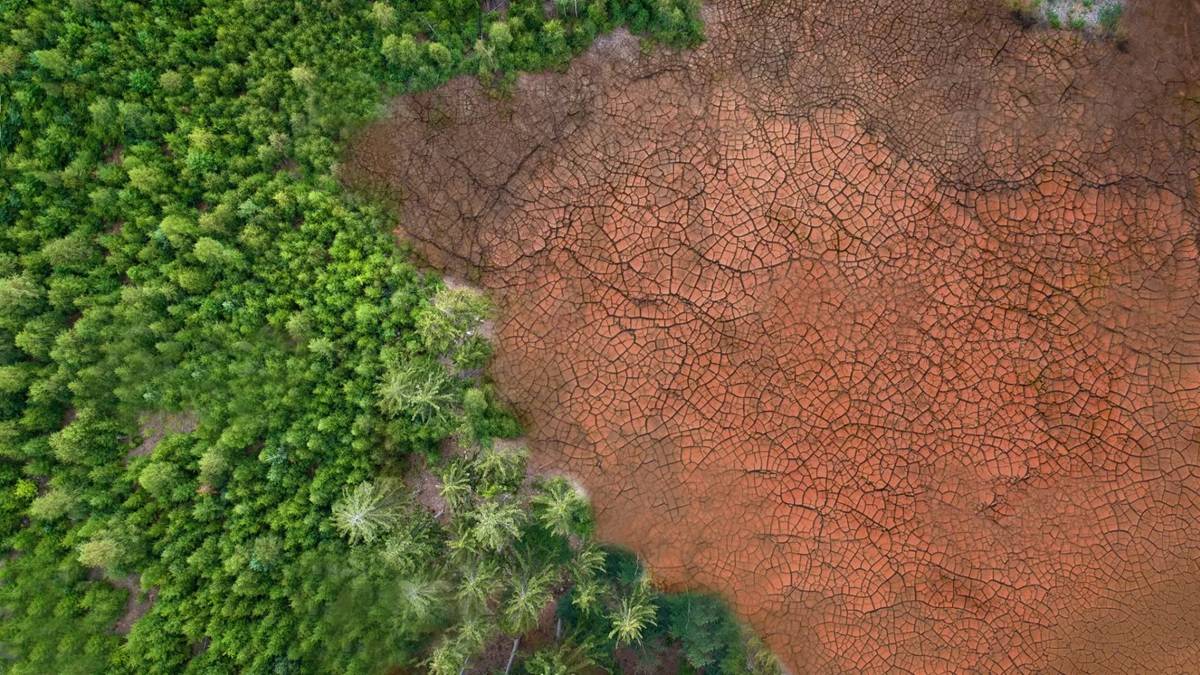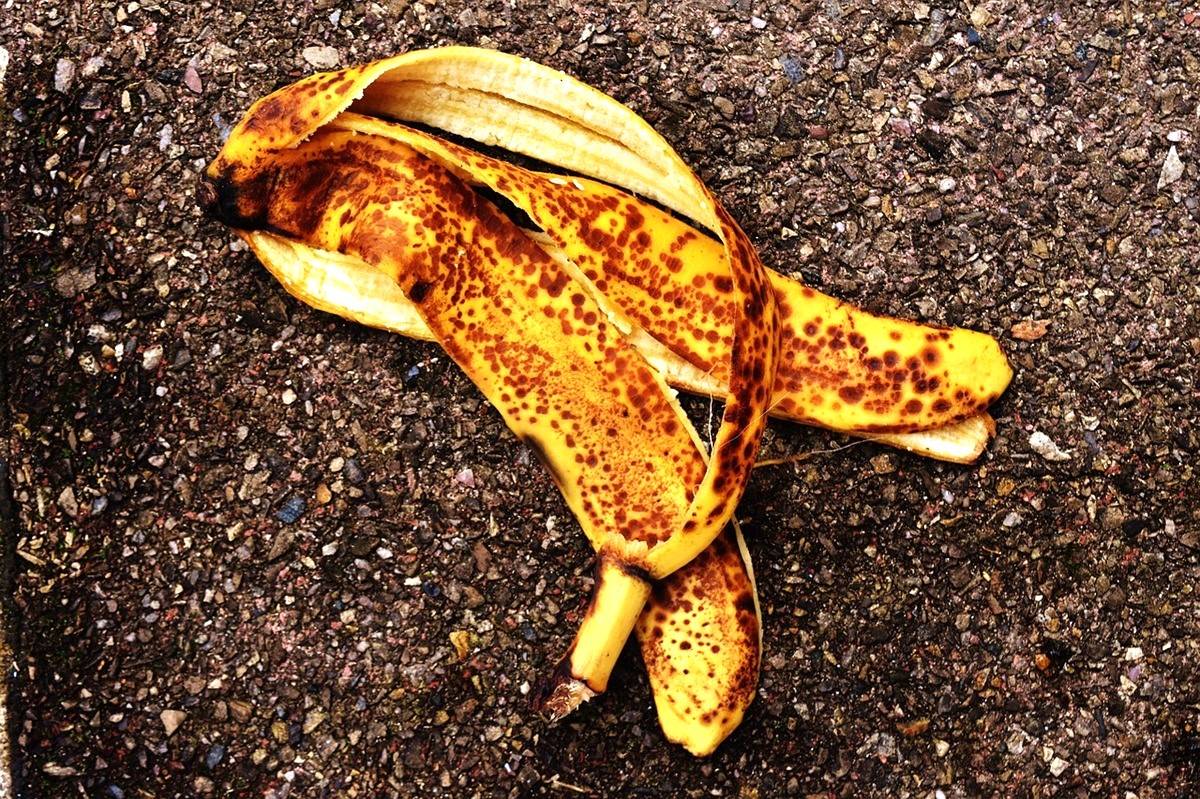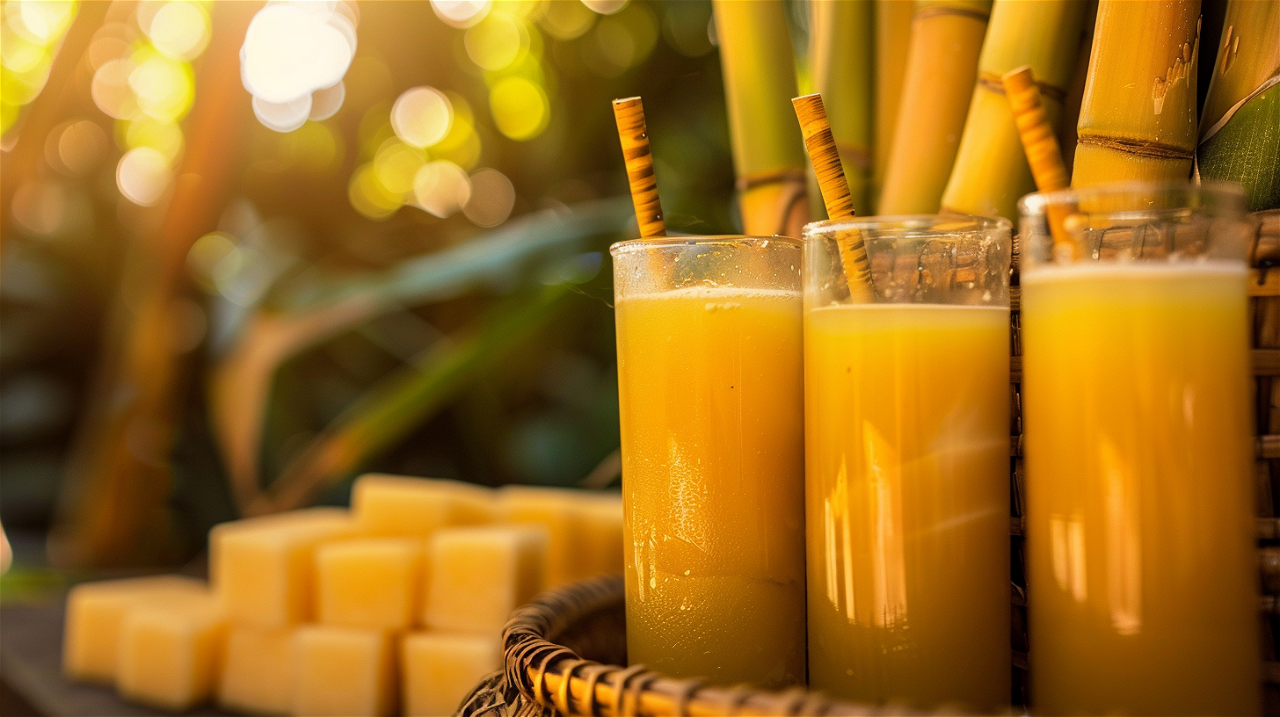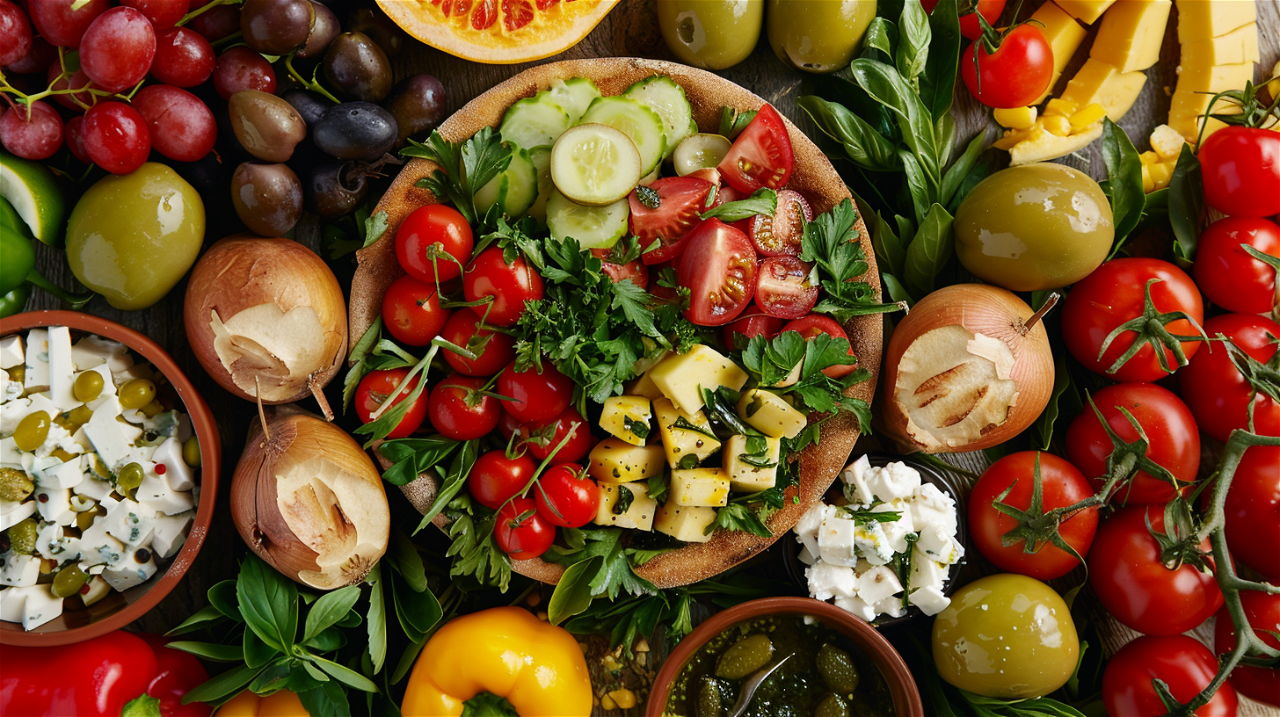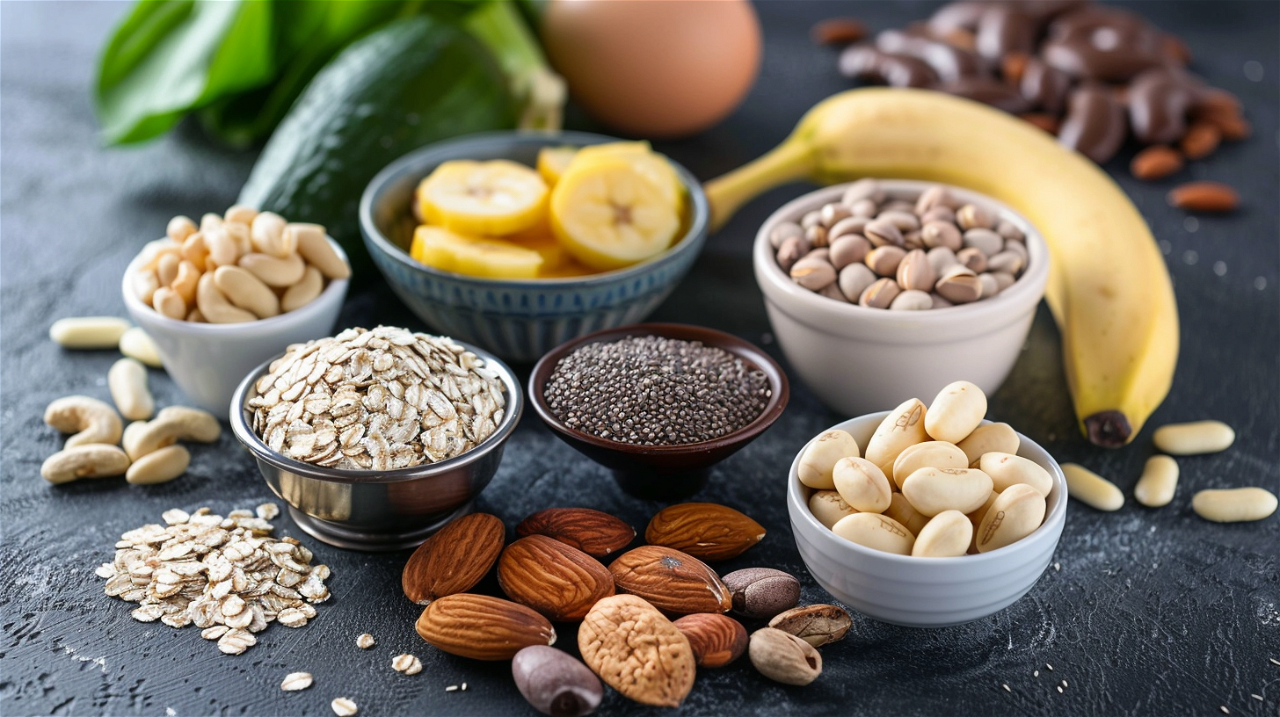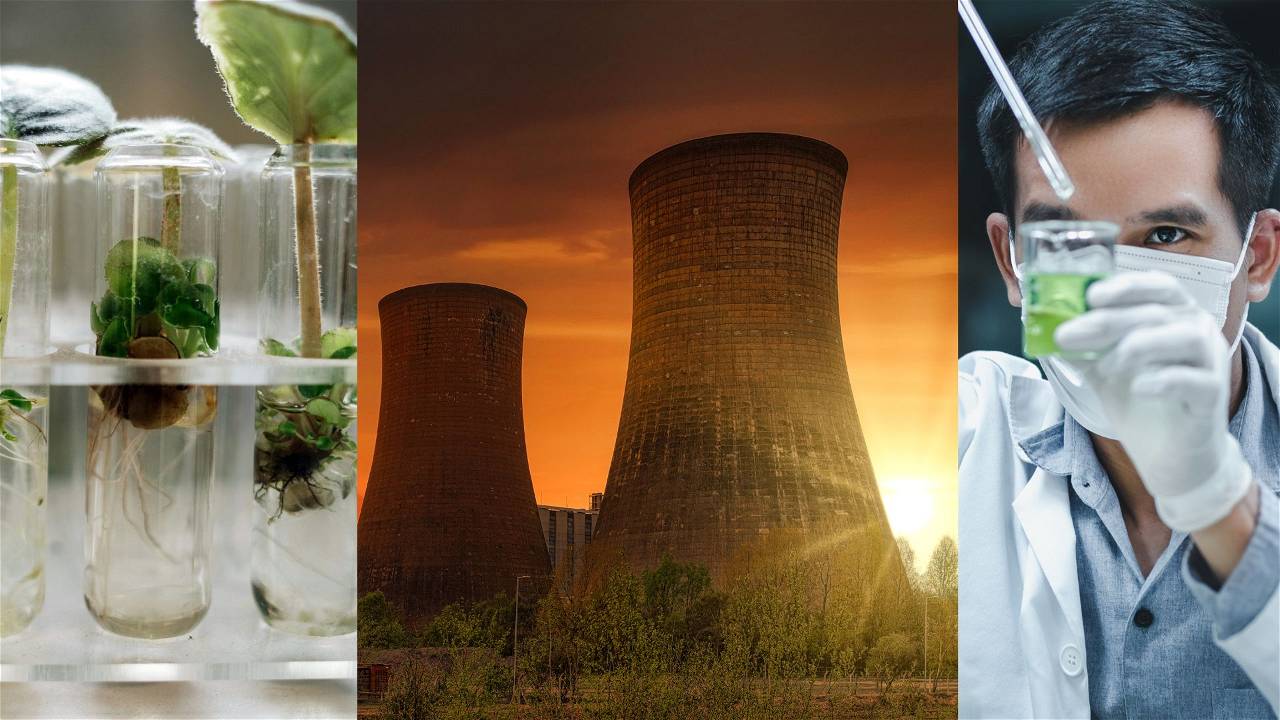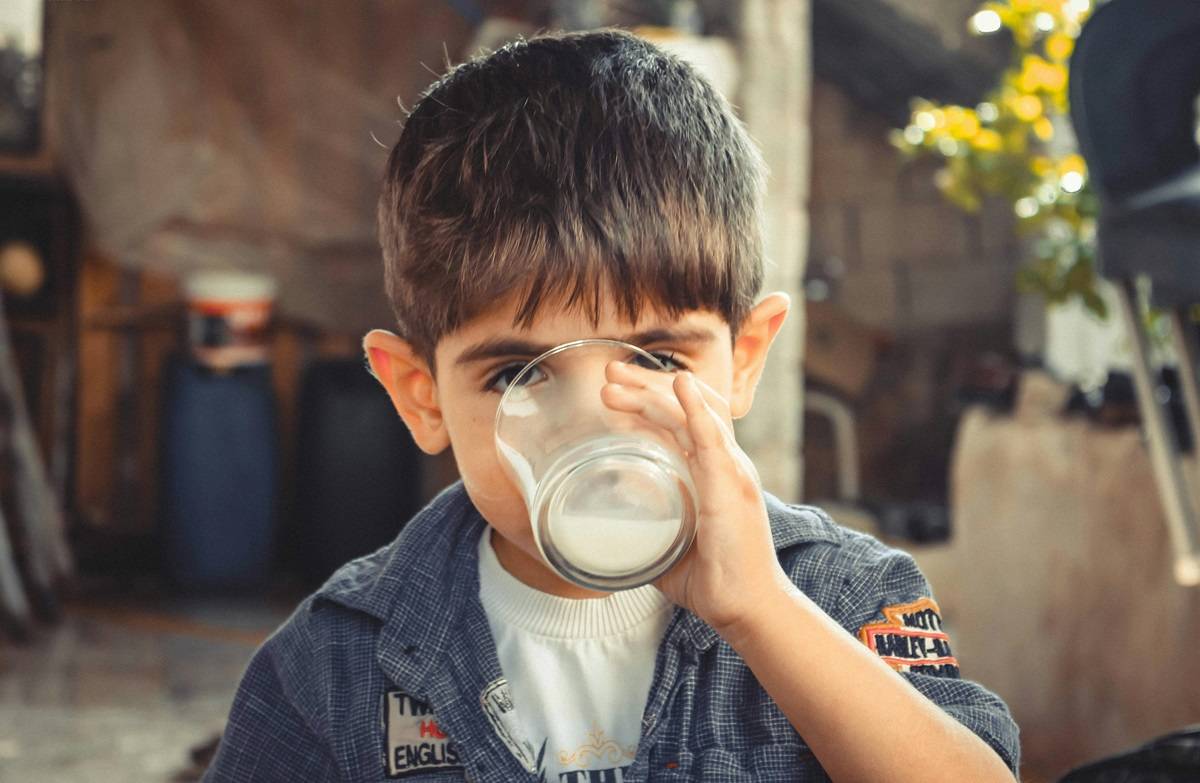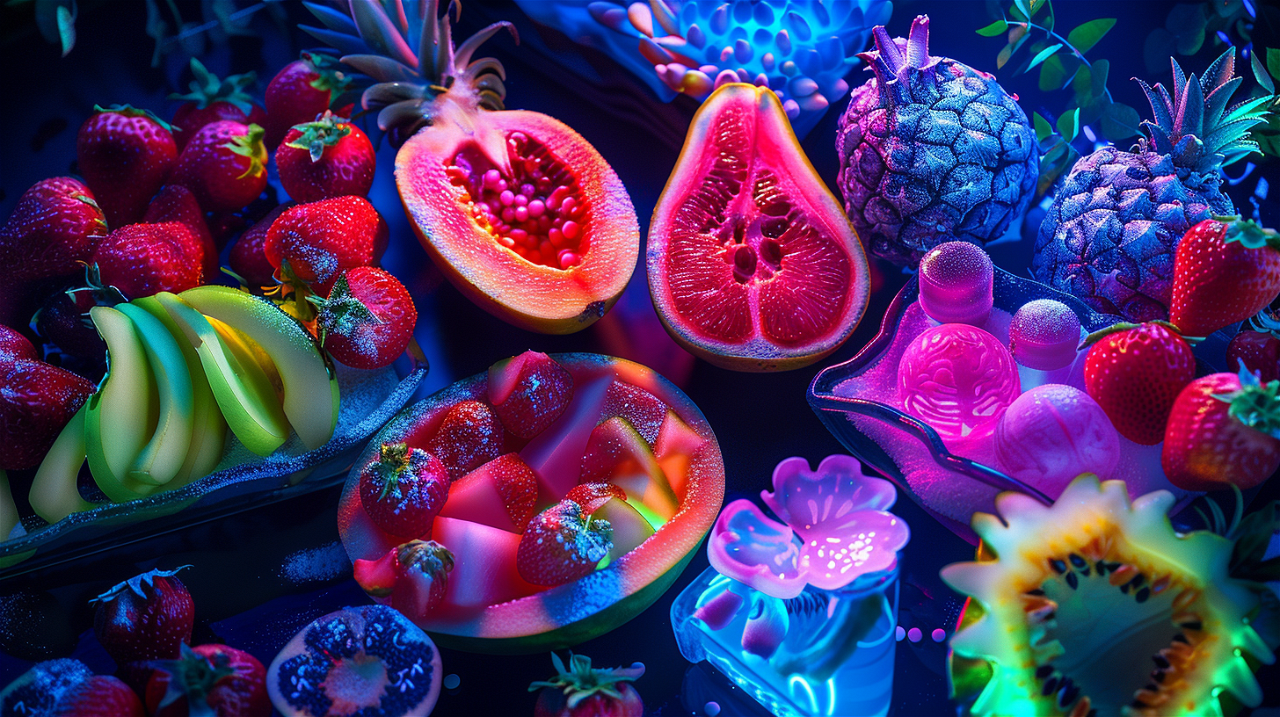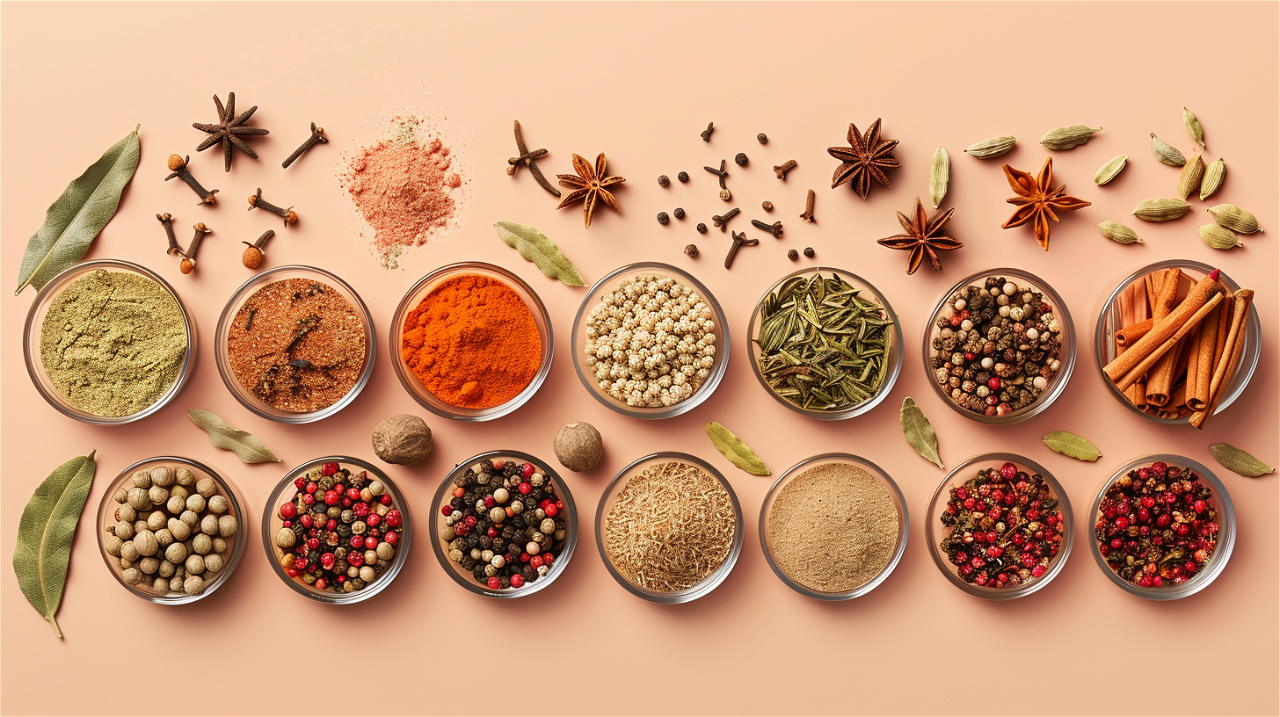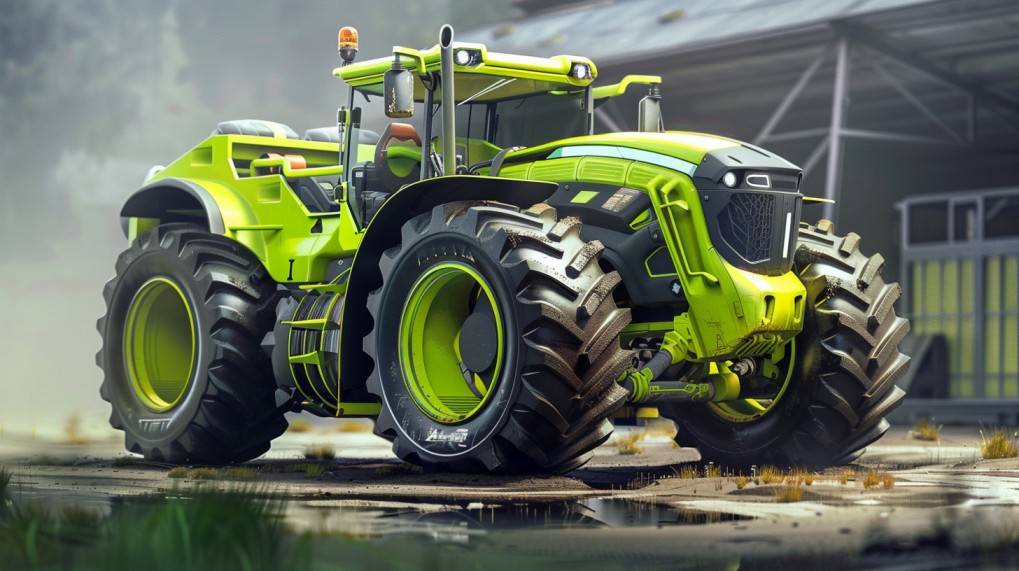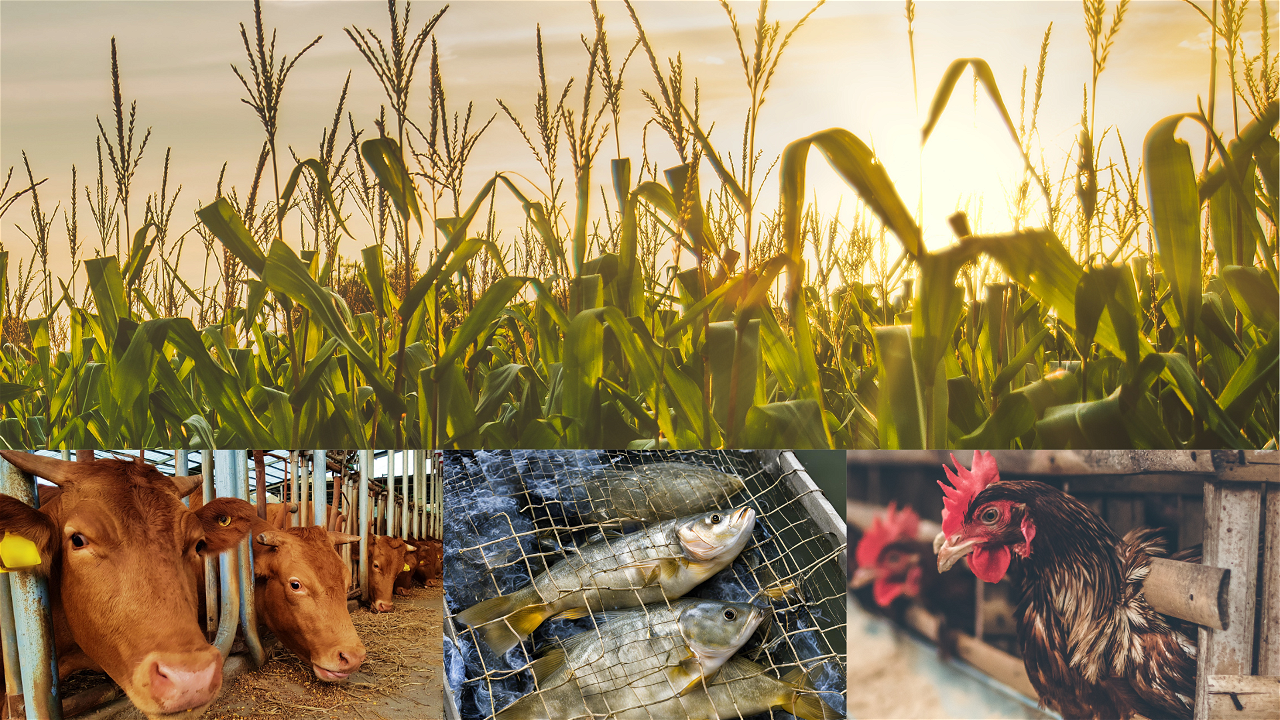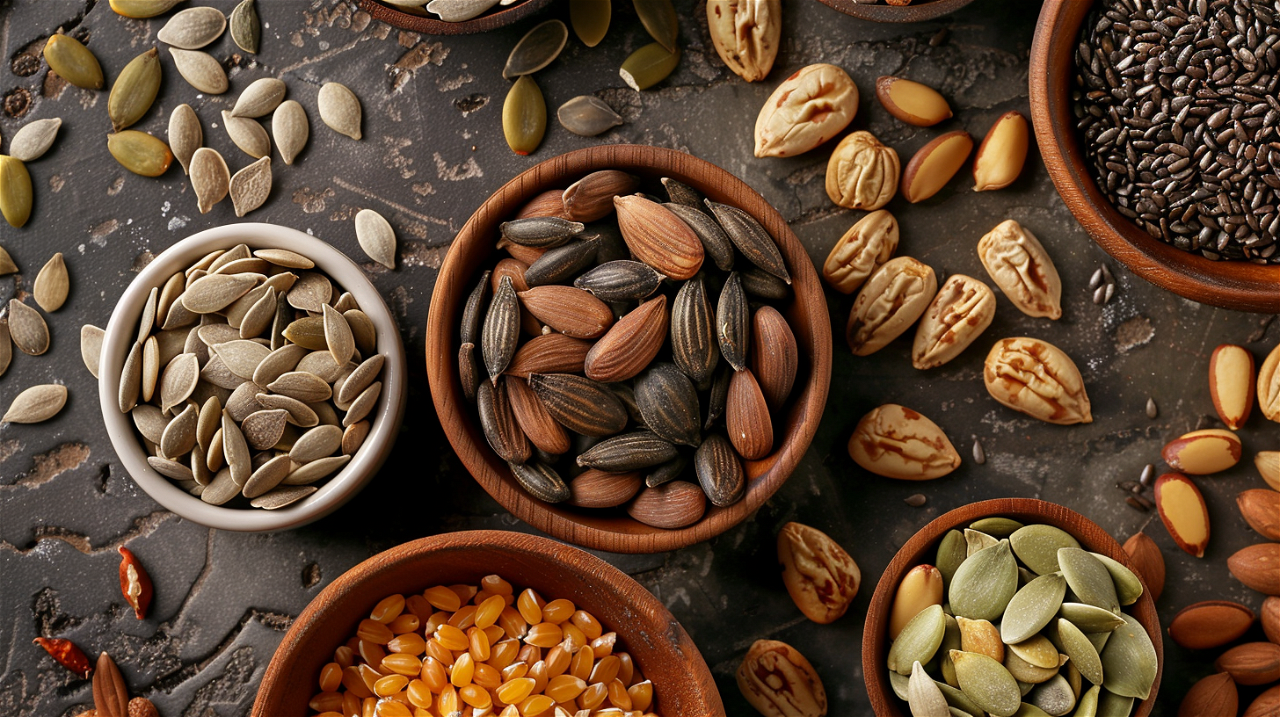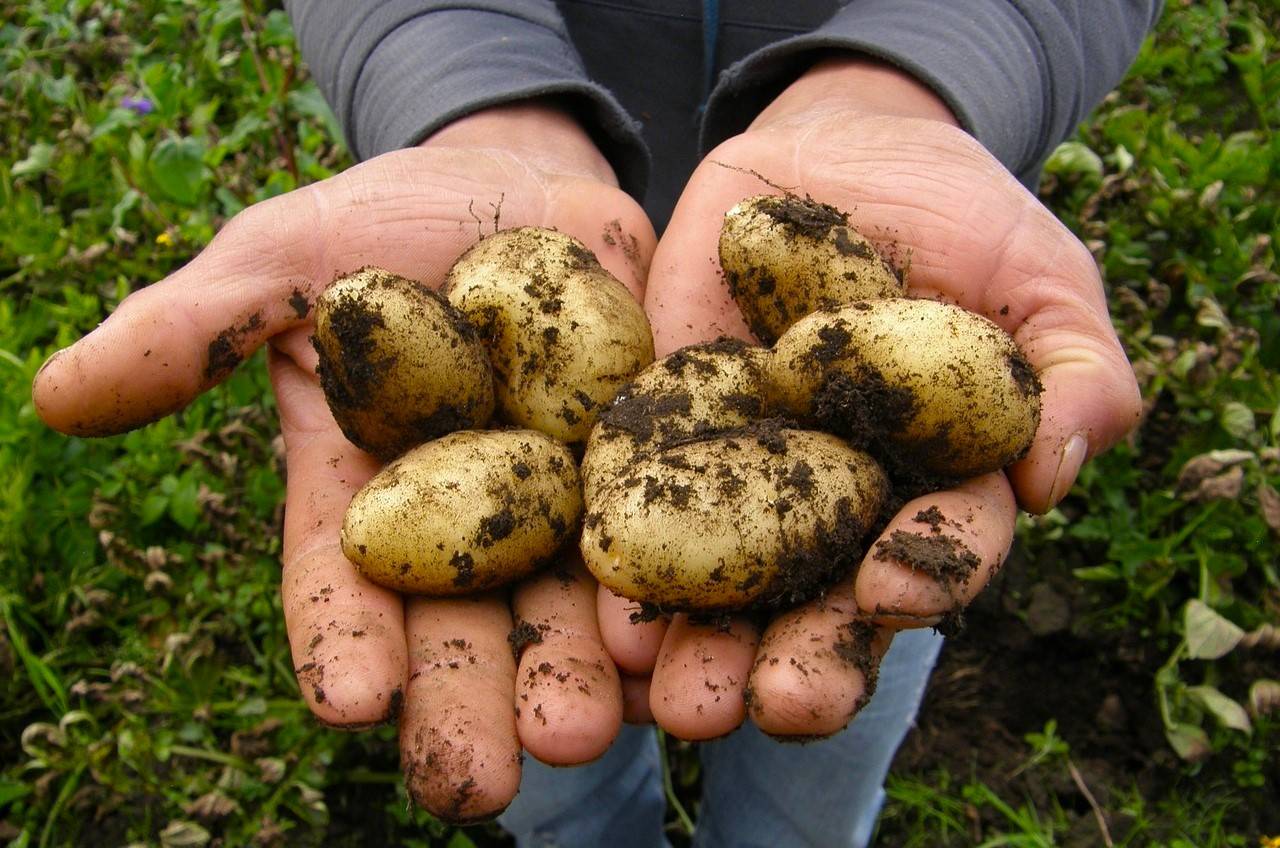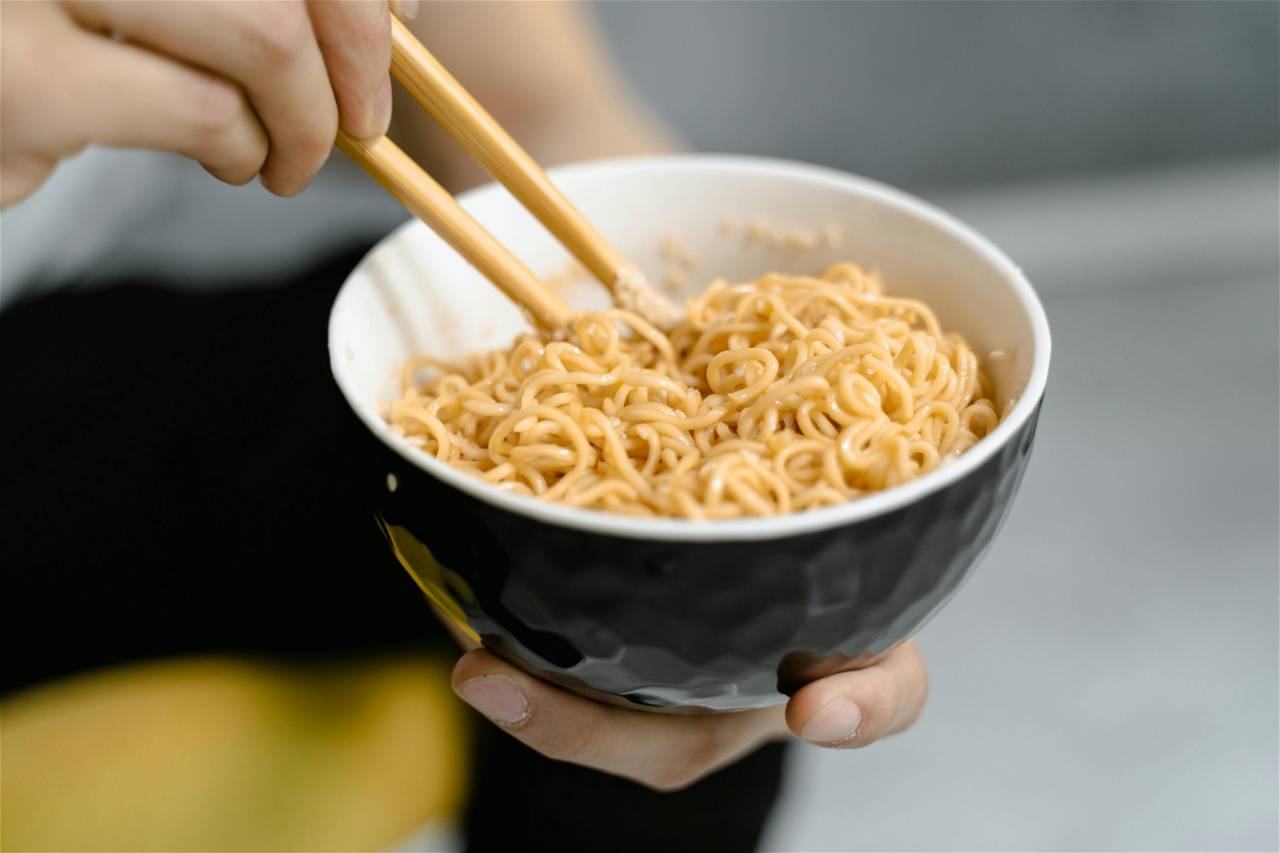
World Food Day 2025: From Fortified Rice to Digital PDS, How India Is Ensuring No One Goes Hungry

World Food Day 2025: Every year on October 16, the world observes World Food Day, a global event that highlights the importance of food security, nutrition, and sustainable agriculture. The day marks the founding of the Food and Agriculture Organization (FAO) of the United Nations in 1945 and serves as a reminder that despite advances in food production, millions around the world still struggle with hunger and malnutrition.
This year’s theme, “Hand in Hand for Better Foods and a Better Future,” calls for collective global action, bringing together governments, organizations, farmers, and communities to build resilient and sustainable food systems for all.
India’s Commitment to Food Security and Nutrition
As one of the world’s largest food producers, India plays a pivotal role in shaping global food security. Over the past decade, the country has made impressive gains in both agricultural production and nutrition. Foodgrain output has increased by around 90 million metric tonnes, while fruits and vegetables have seen a jump of over 64 million metric tonnes.
India now stands as the world’s largest producer of milk and millets, and the second-largest producer of fish, fruits, and vegetables. Honey and egg production have doubled since 2014, and agricultural exports have nearly doubled in the last 11 years , reflecting the nation’s progress toward self-reliance and global competitiveness.
Ensuring Food for All: Key Government Initiatives
India’s multi-layered food security framework ensures that nutritious food reaches every household. Through a mix of production, distribution, and welfare initiatives, the government has strengthened its fight against hunger and malnutrition.
National Food Security Mission (NFSM)
Launched in 2007–08, the NFSM focuses on increasing the production of key crops such as rice, wheat, and pulses by improving productivity and restoring soil health. In 2024–25, the scheme was expanded as the National Food Security & Nutrition Mission (NFSNM), adding a stronger emphasis on both nutrition and sustainability.
National Food Security Act (NFSA)
The NFSA 2013 remains the backbone of India’s food distribution network, covering nearly 78.9 crore beneficiaries across rural and urban areas. Under this Act, Antyodaya Anna Yojana families receive 35 kg of foodgrains per month, while others get 5 kg per person, ensuring that no one goes hungry.
Together, NFSM/NFSNM and NFSA strengthen both the production and equitable distribution of foodgrains, ensuring that India’s growth is inclusive and sustainable.
Pradhan Mantri Garib Kalyan Anna Yojana (PMGKAY)
Launched during the pandemic to ease economic distress, PMGKAY provides free foodgrains to NFSA beneficiaries. The scheme has been extended for five more years from January 2024, with a financial outlay of Rs 11.80 lakh crore fully borne by the Central Government. This ensures continued food support for millions of vulnerable families across India.
Nutrition-Focused Schemes: Feeding the Future
PM POSHAN (Poshan Shakti Nirman) Scheme
Formerly known as the Mid-Day Meal Scheme, PM POSHAN provides nutritious hot cooked meals to schoolchildren in government and aided schools. The scheme not only combats hunger but also promotes education, health, and social equality by ensuring that every child receives at least one balanced meal every day.
Rice Fortification Drive
To address hidden hunger and micronutrient deficiencies, the government launched the Rice Fortification Initiative, which adds iron, folic acid, and vitamin B12 to rice. By March 2024, 100% of rice distributed under central schemes such as PMGKAY, ICDS, and PM POSHAN had been fortified. The Cabinet has approved its continuation until December 2028, backed by Rs 17,082 crore in funding, making it one of the largest nutrition drives in the world.
Technology Transforming Public Distribution
The Public Distribution System (PDS) has undergone major modernization under the SMART-PDS initiative, which uses digital tools to make the system more transparent and efficient.
With 99.9% of ration cards linked to Aadhaar, and e-PoS devices installed across nearly all Fair Price Shops, beneficiaries can now authenticate and collect their entitlements seamlessly.
The Mera Ration 2.0 mobile app, launched in 2024, further enhances convenience by providing real-time updates on entitlements, withdrawal history, and nearby ration shops. Over one crore downloads show growing digital participation in the nation’s food safety network.
The government’s “One Nation, One Ration Card” initiative has also ensured portability, allowing beneficiaries to access foodgrains anywhere in the country, a crucial step toward inclusive welfare.
Market Availability and Self-Reliance
Under the Open Market Sale Scheme (OMSS-D), surplus grains like rice and wheat are sold in the open market to stabilize prices and ensure affordability. Products like Bharat Atta and Bharat Rice provide essentials to consumers at subsidized rates.
In October 2025, Prime Minister Narendra Modi also launched the Mission for Aatmanirbharta in Pulses (2025–2031), with an allocation of Rs 11,440 crore. The initiative aims to increase domestic production by expanding cultivation across 35 lakh hectares, benefiting nearly two crore farmers.
India’s Global Food Leadership
India’s role in the global food ecosystem was highlighted at World Food India 2025, where over 90 countries and 2,000 exhibitors participated. The event showcased India’s capabilities in food processing, innovation, and sustainability, reinforcing the country’s position as a global food hub.
Interestingly, the WWF Living Planet Report recently recognized the Indian Thali for its nutritional balance and sustainability. It found that if the world adopted India’s largely plant-based diet, humanity would only require 0.84 Earths by 2050 to sustain food production, a testament to India’s traditional wisdom in sustainable living.
As the world marks World Food Day 2025, the message is clear: food security is not just about production but about access, equity, and sustainability. India’s success stories, from fortified rice to technology-driven distribution, demonstrate how thoughtful policies can drive real change.
With its ongoing efforts to strengthen food systems, uplift farmers, and ensure no one goes hungry, India stands as a global example of resilience and responsibility. This World Food Day, the nation’s progress offers hope that a hunger-free, nourished, and sustainable future is indeed within reach.
Related News

Teej Festival 2025: Celebrating Divine Love, Womanhood, and Sacred Traditions Across India and Nepal





















































































































